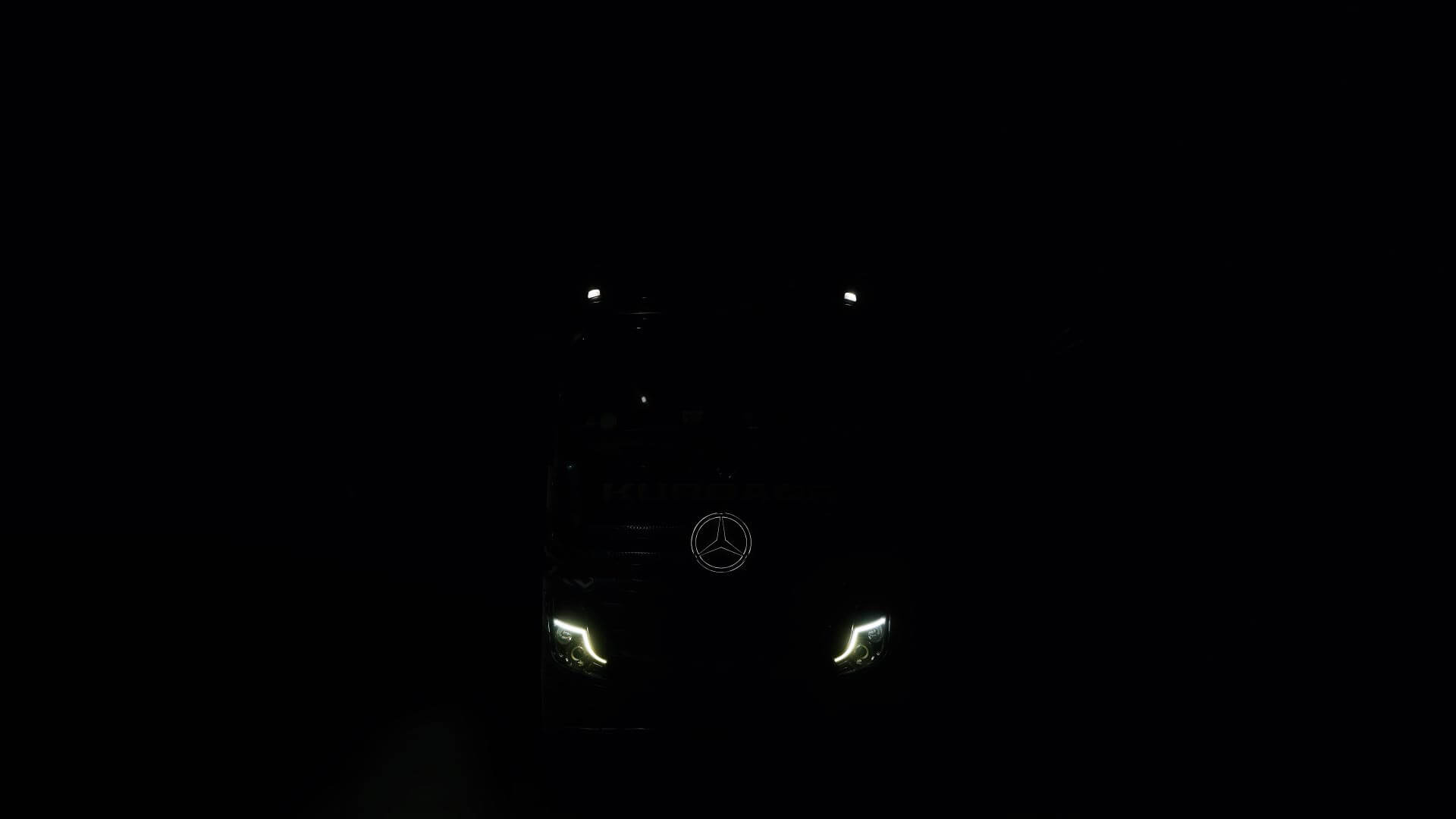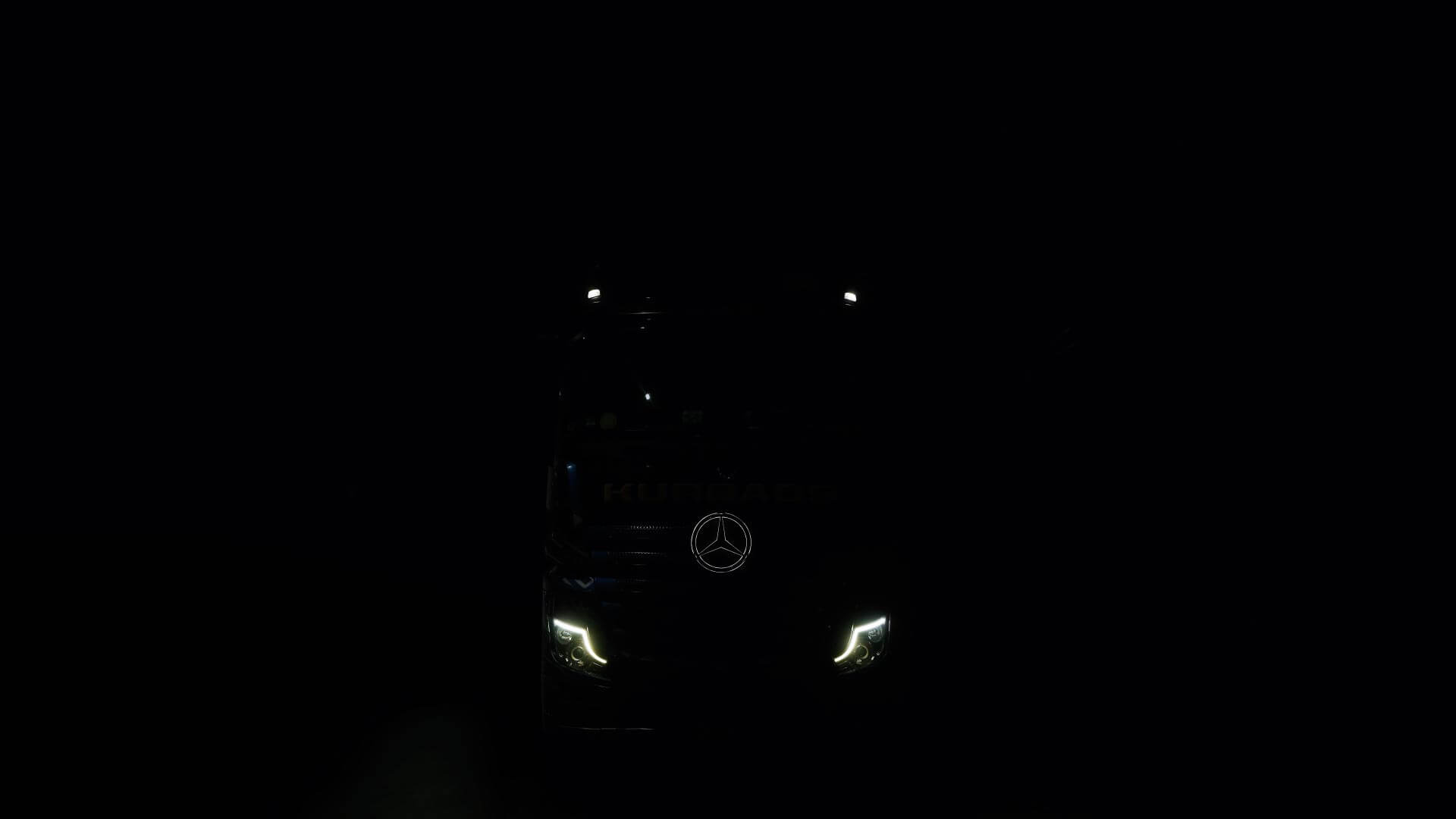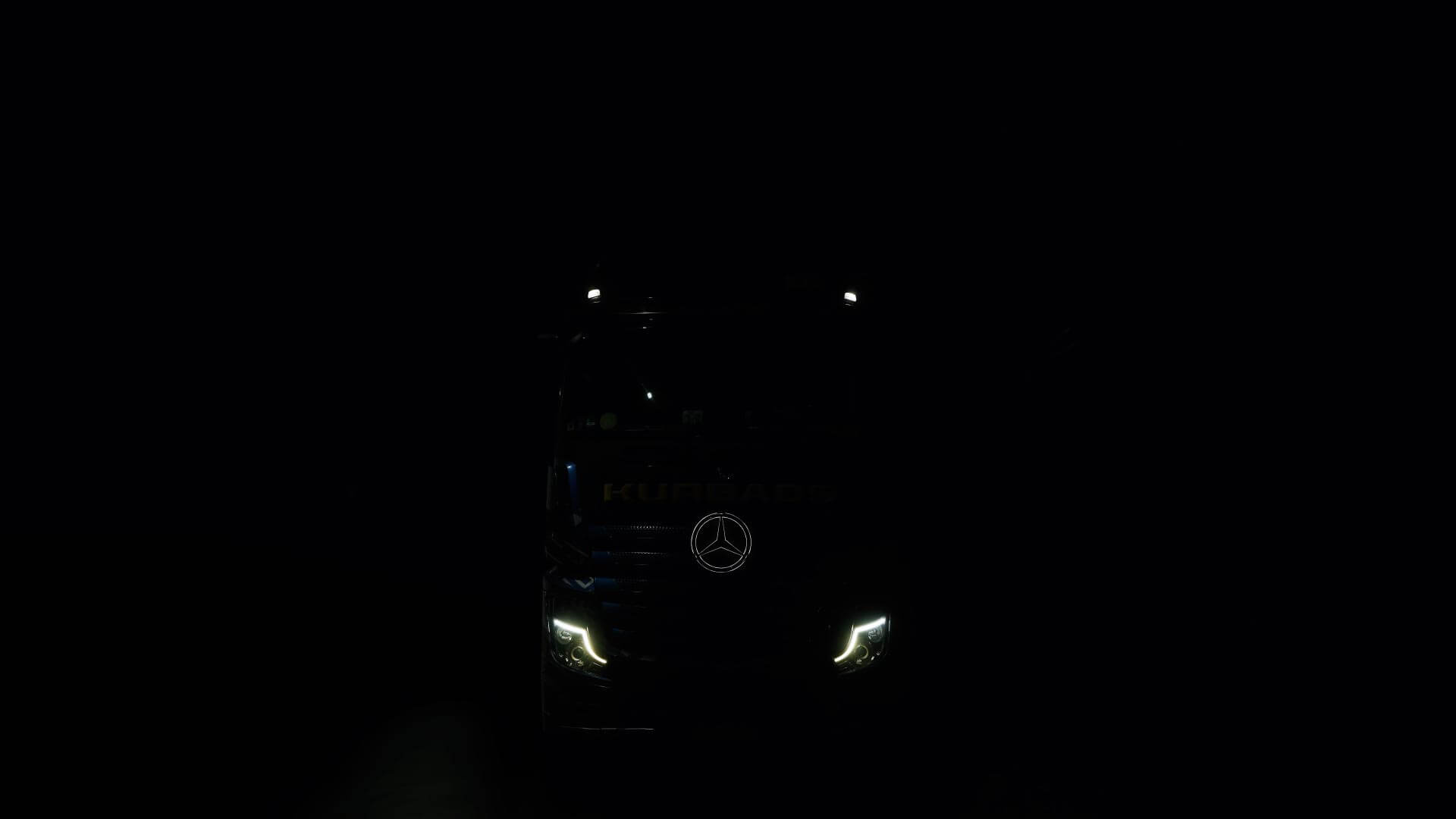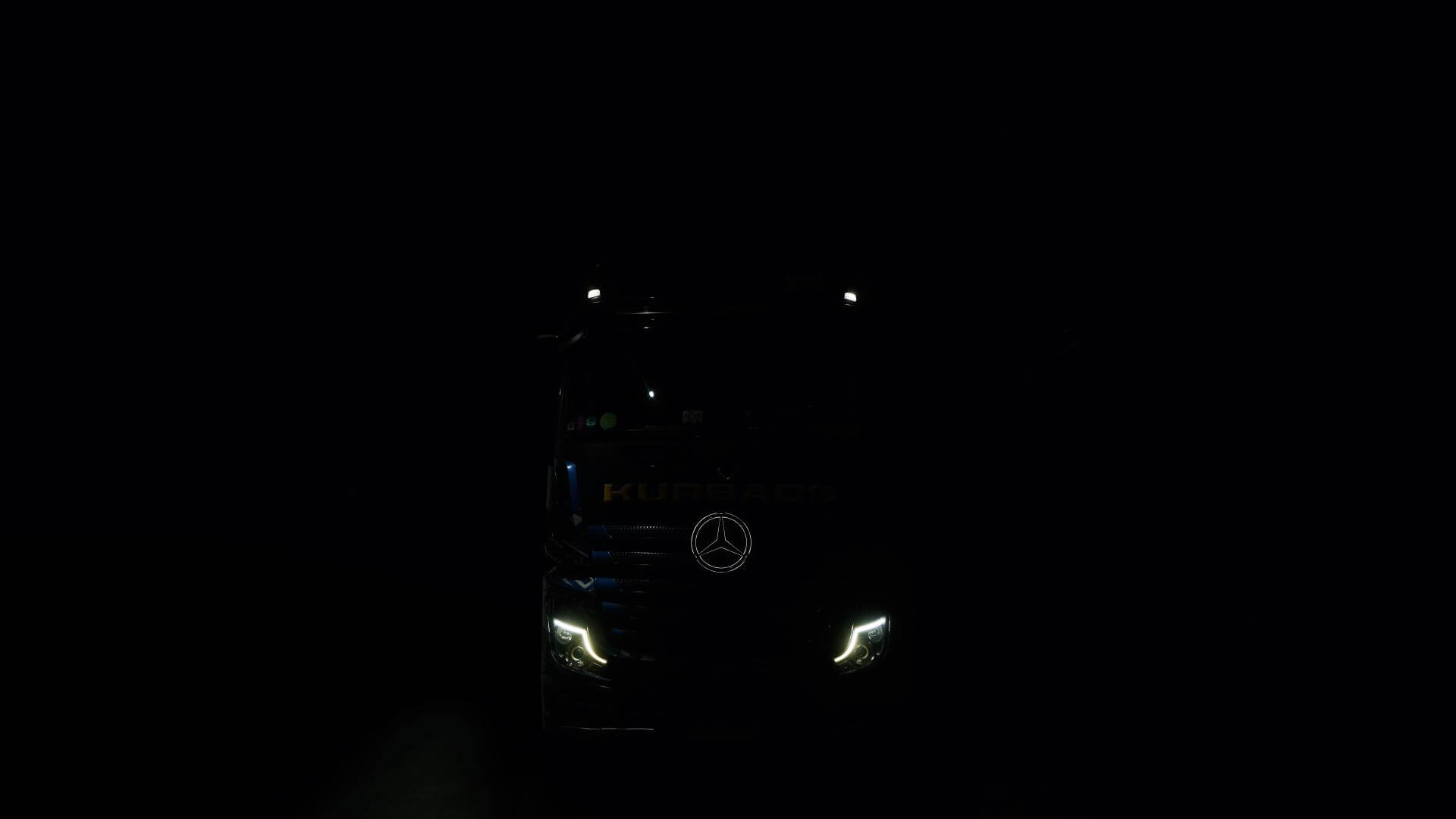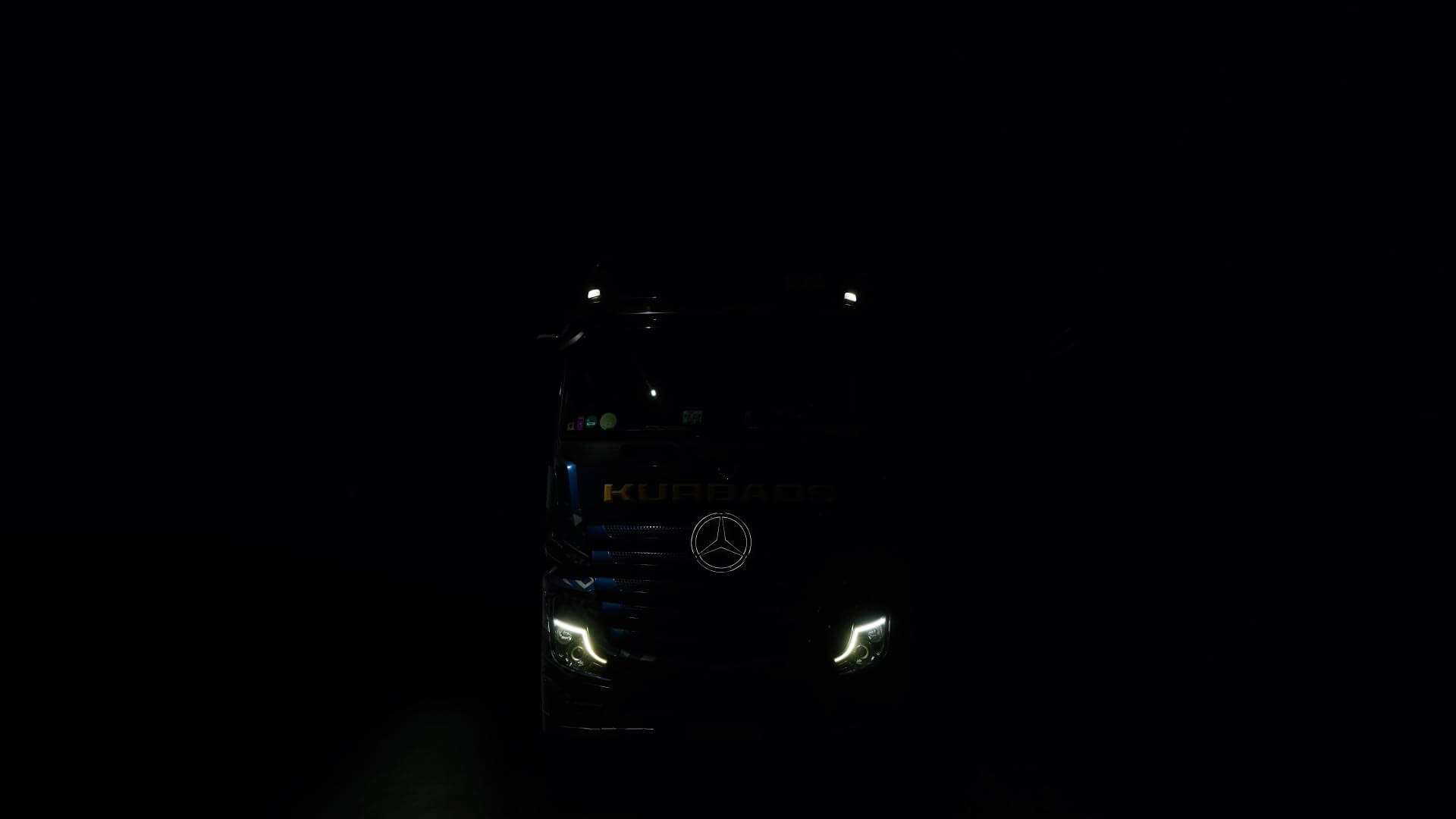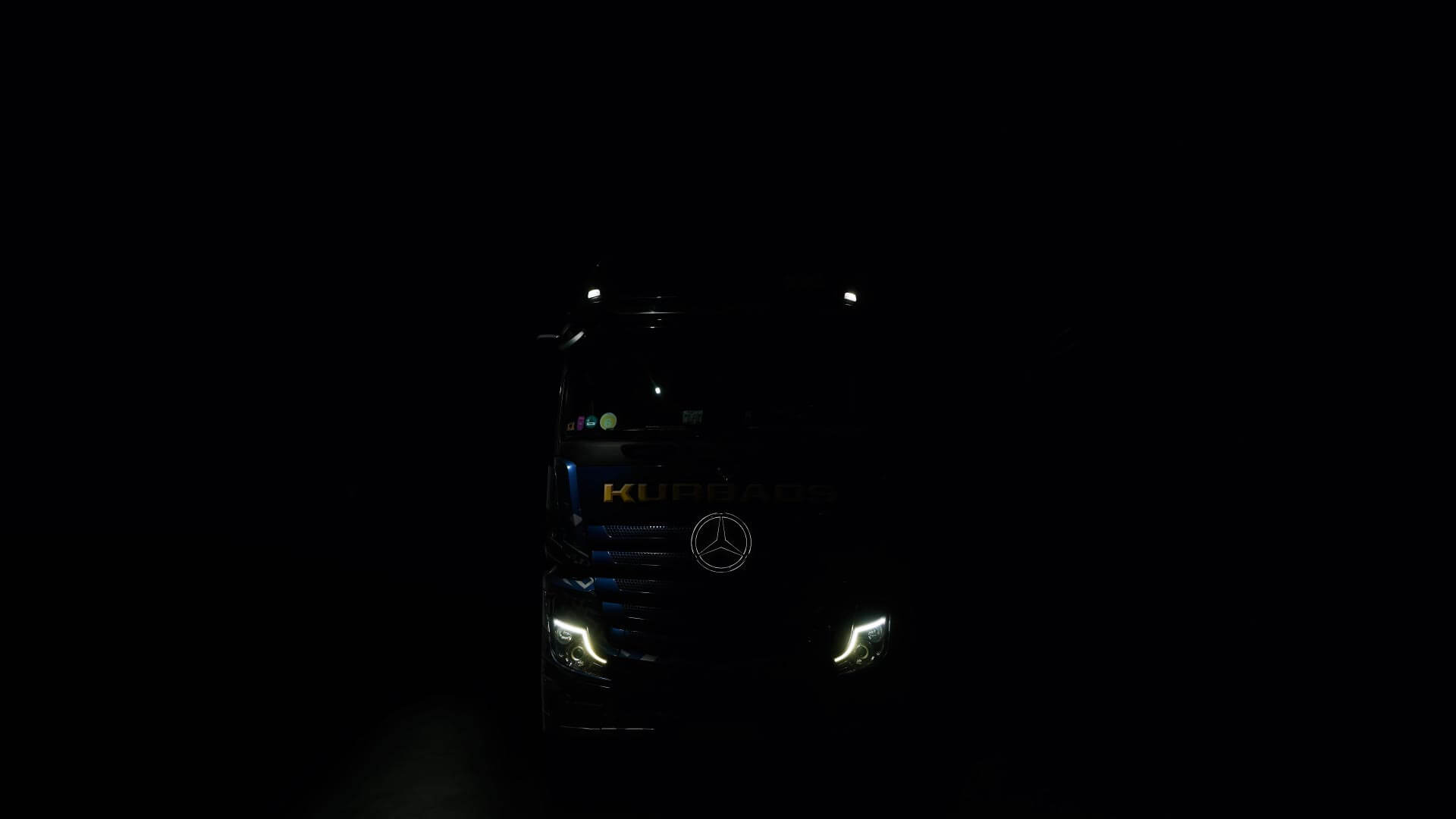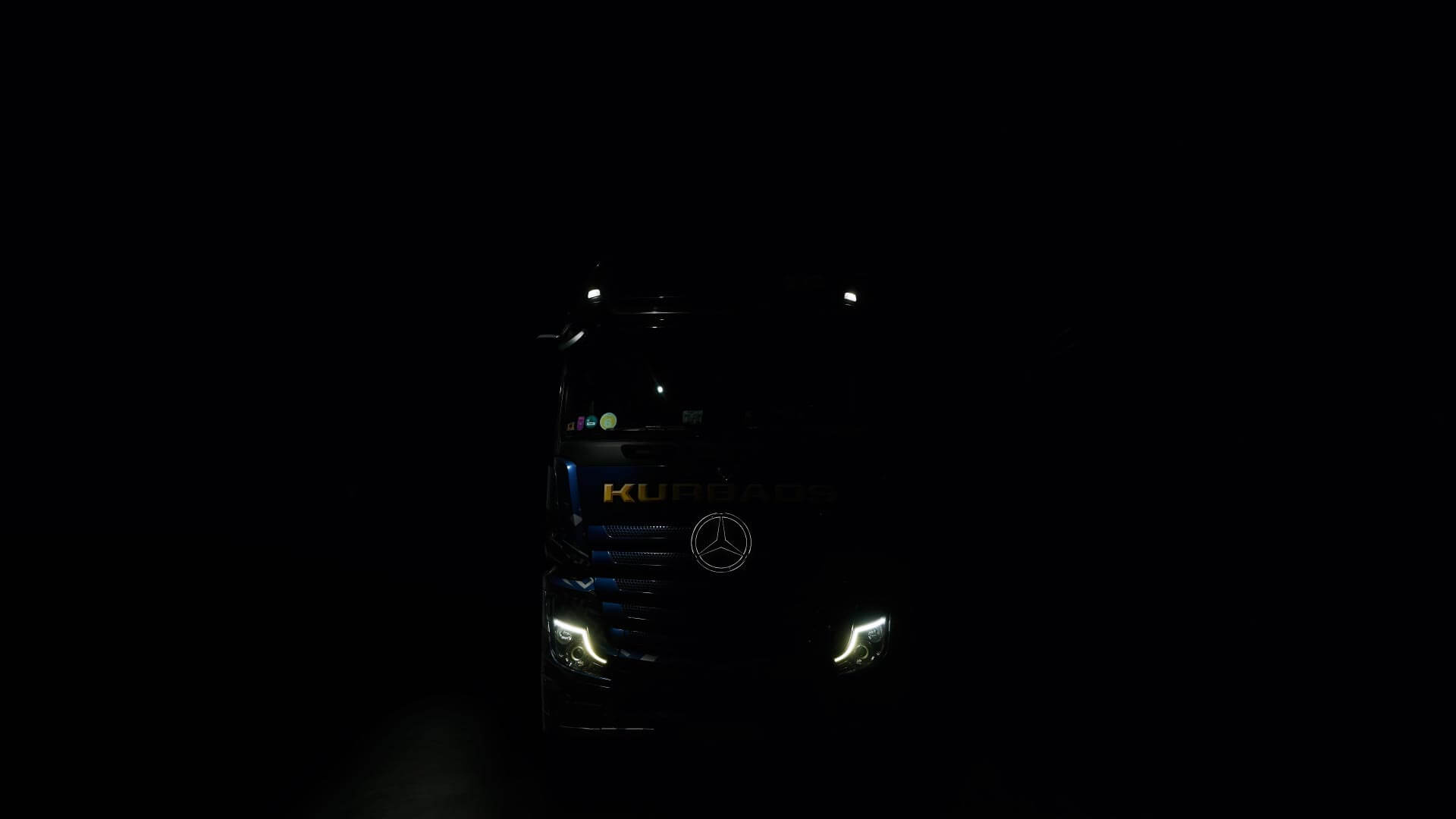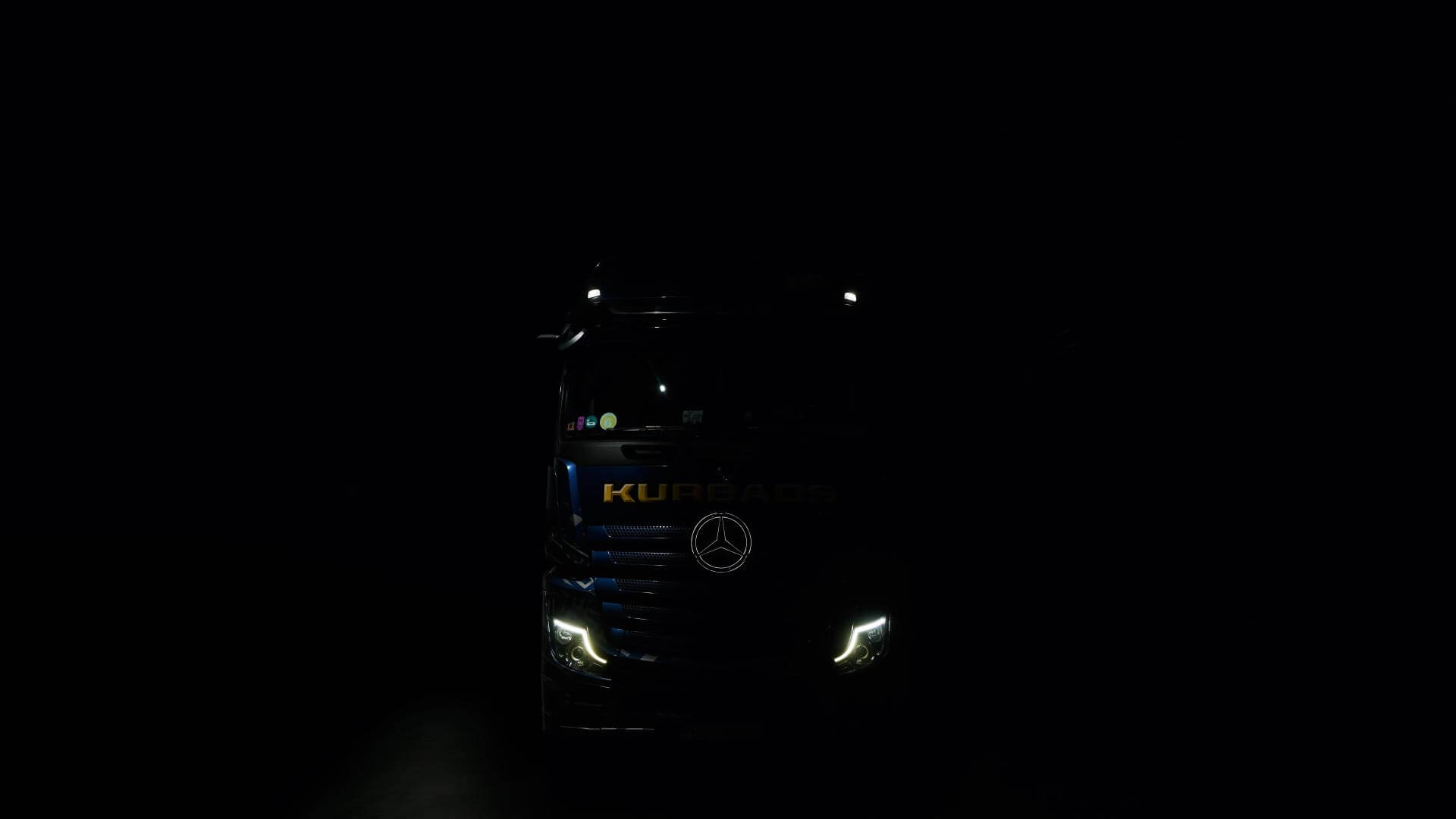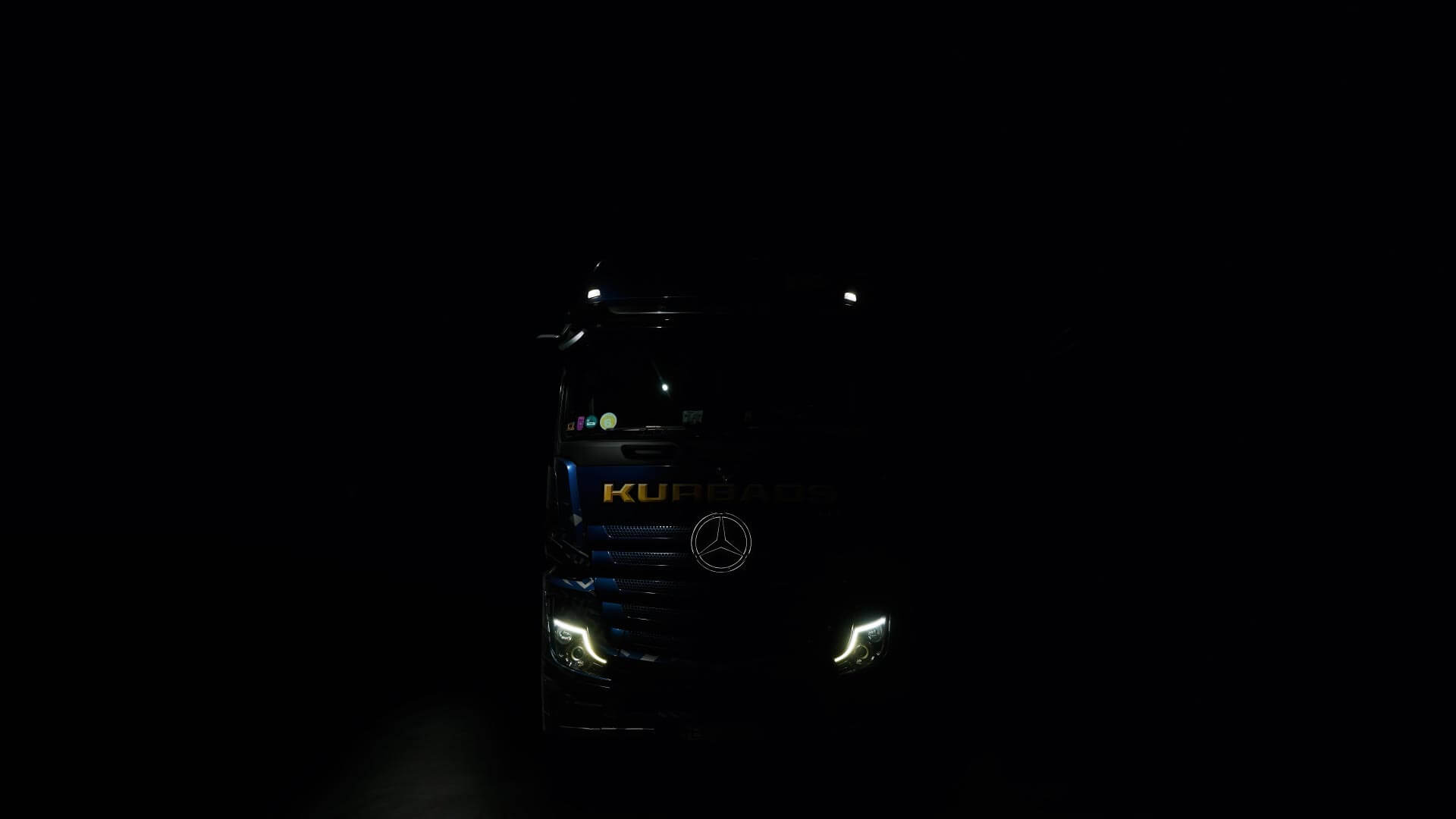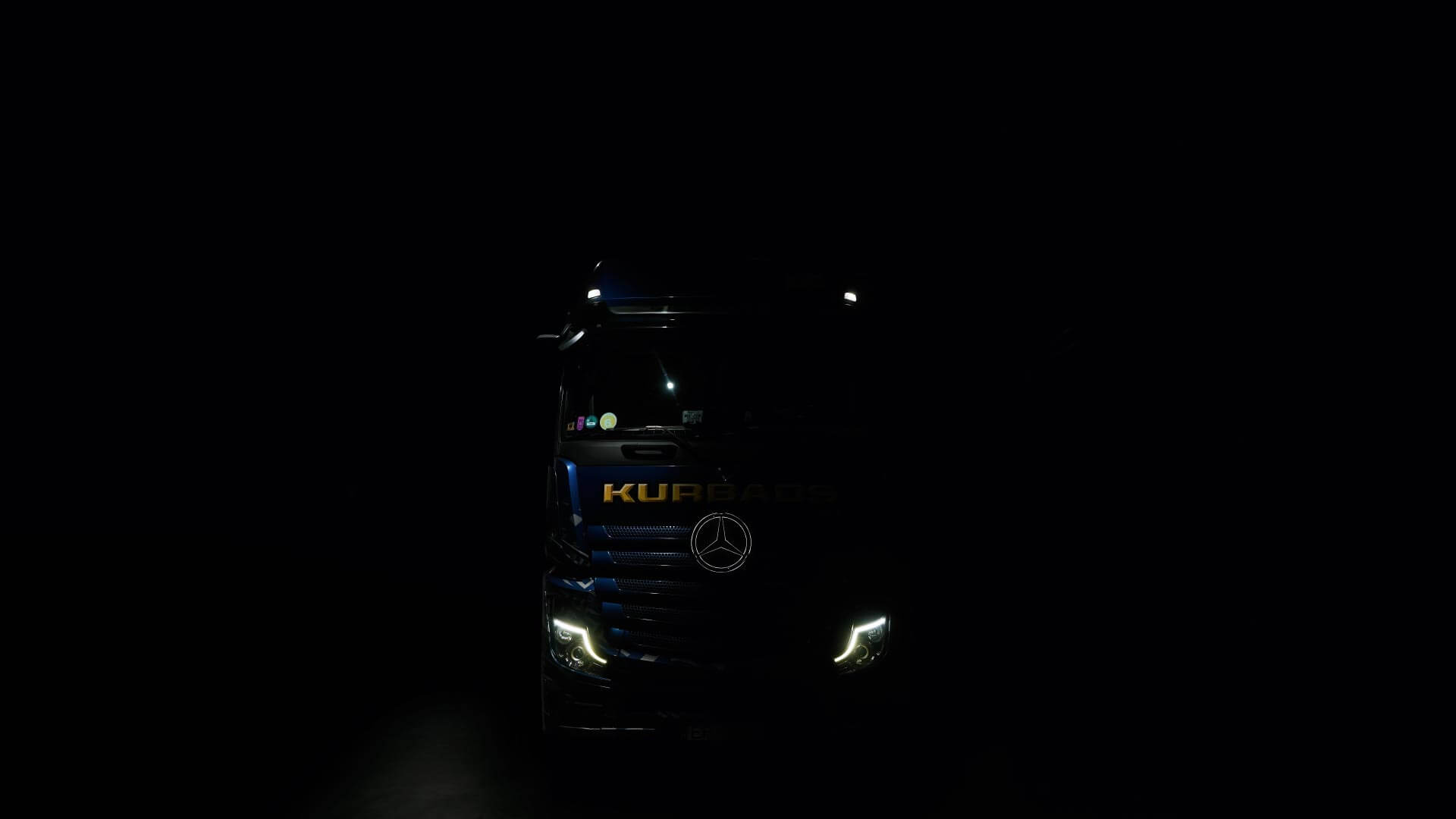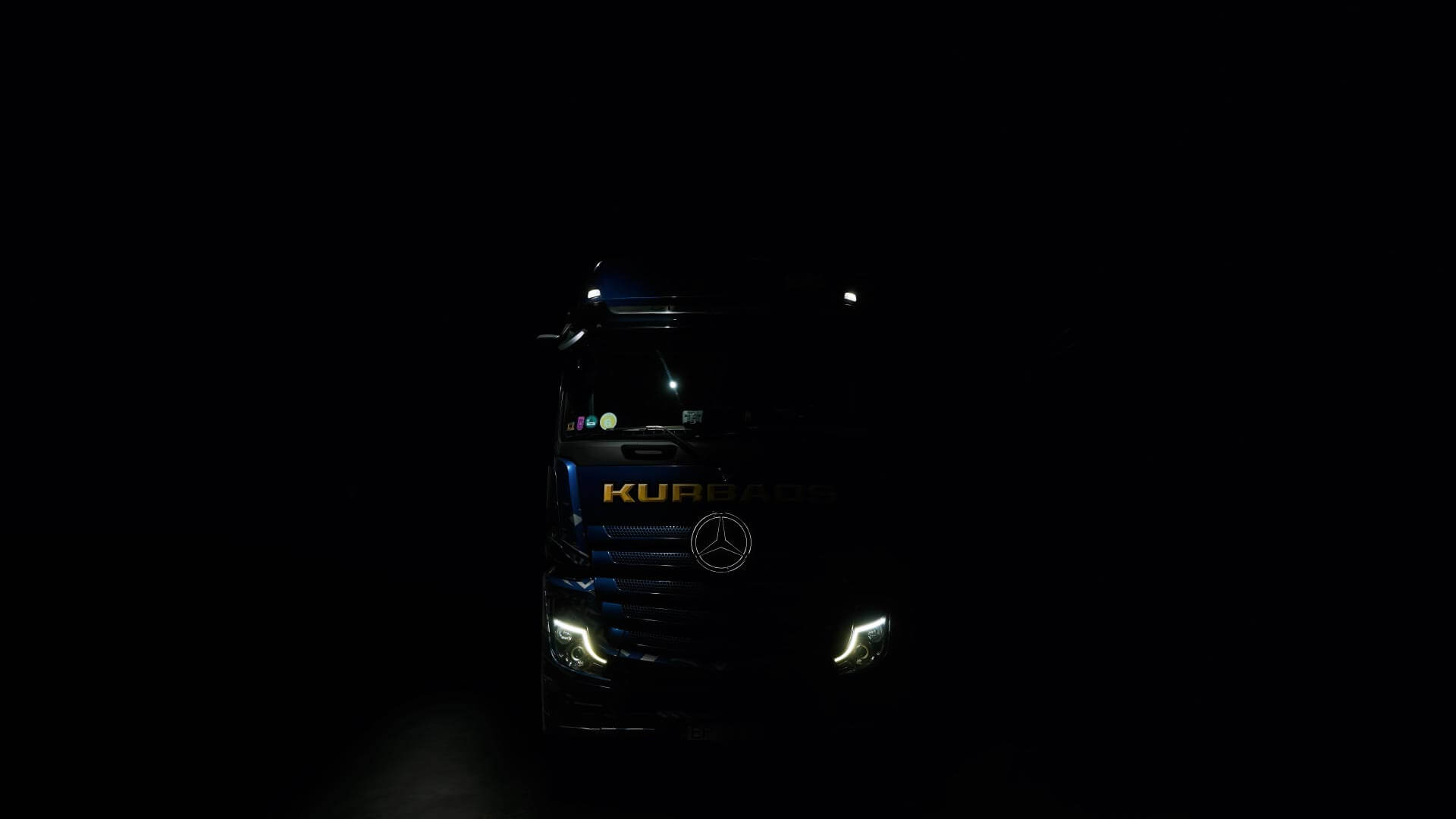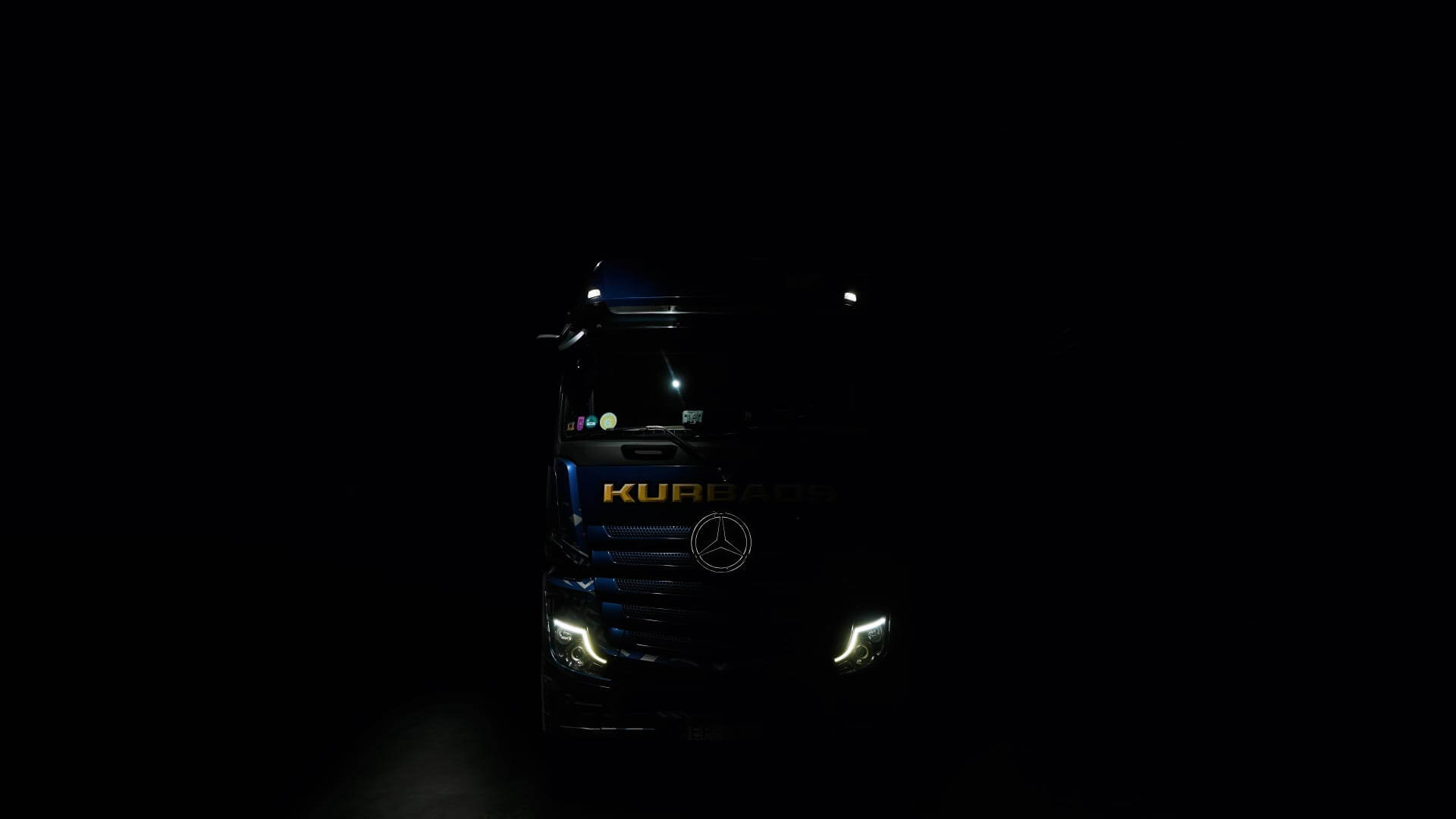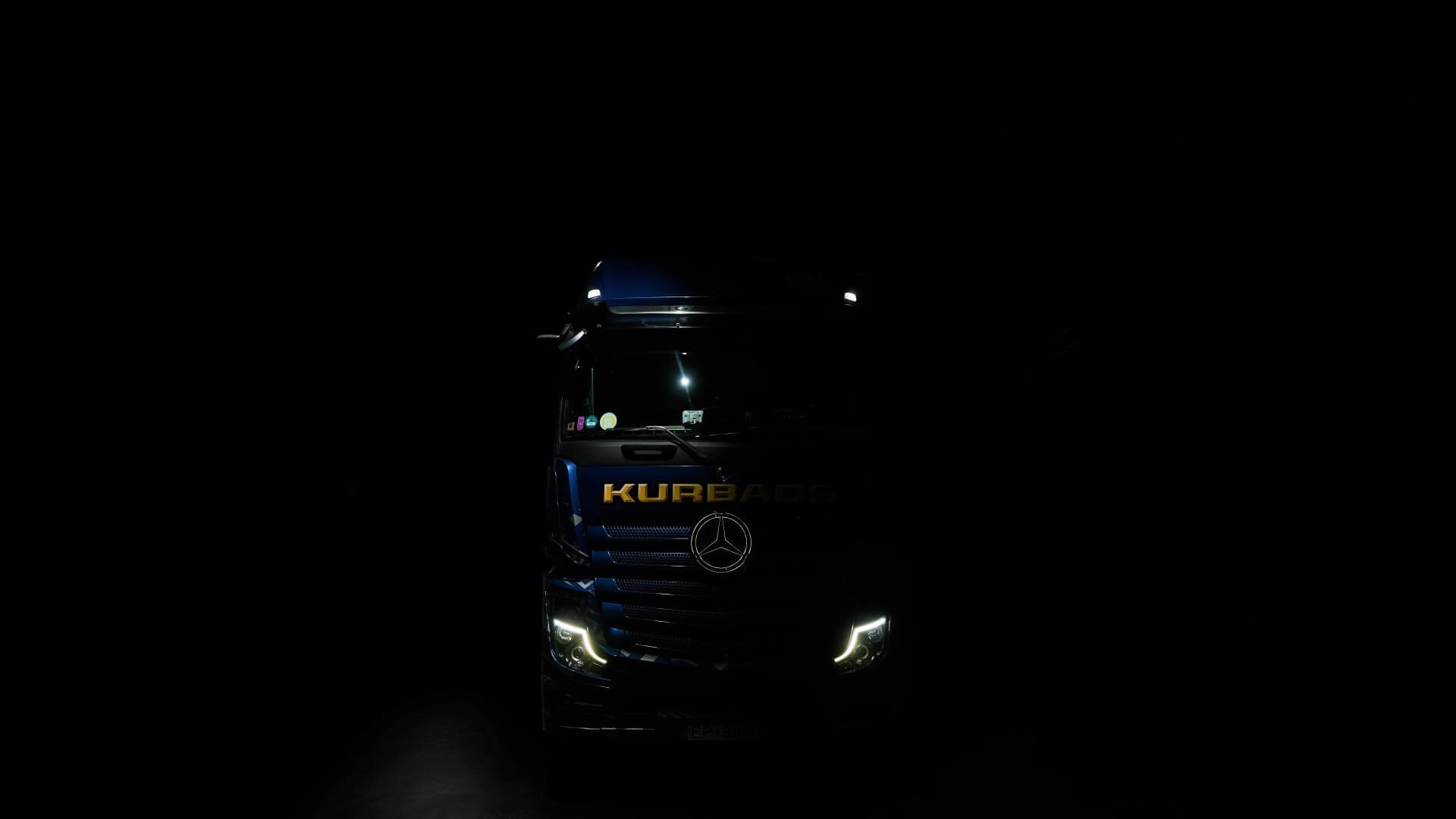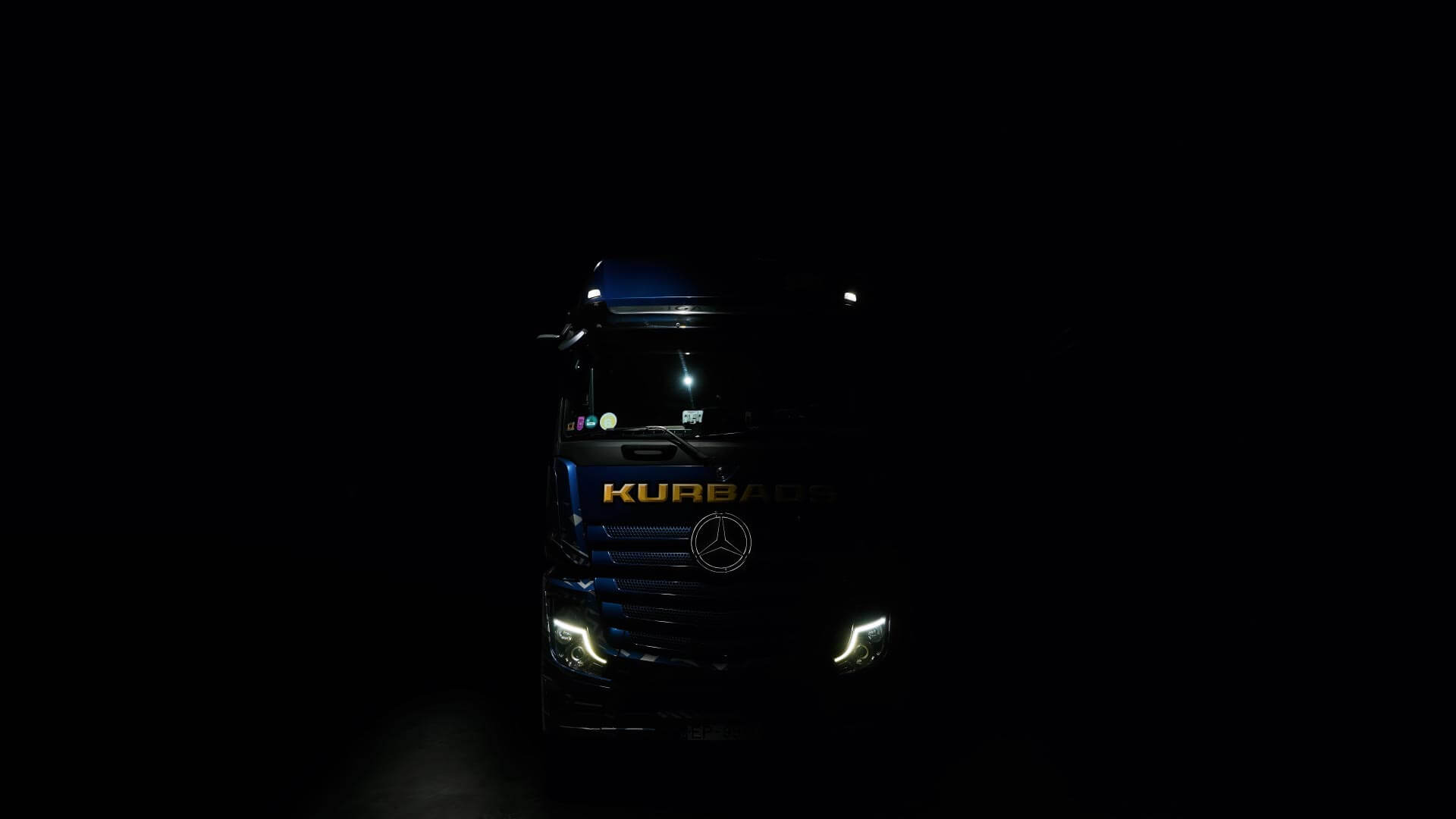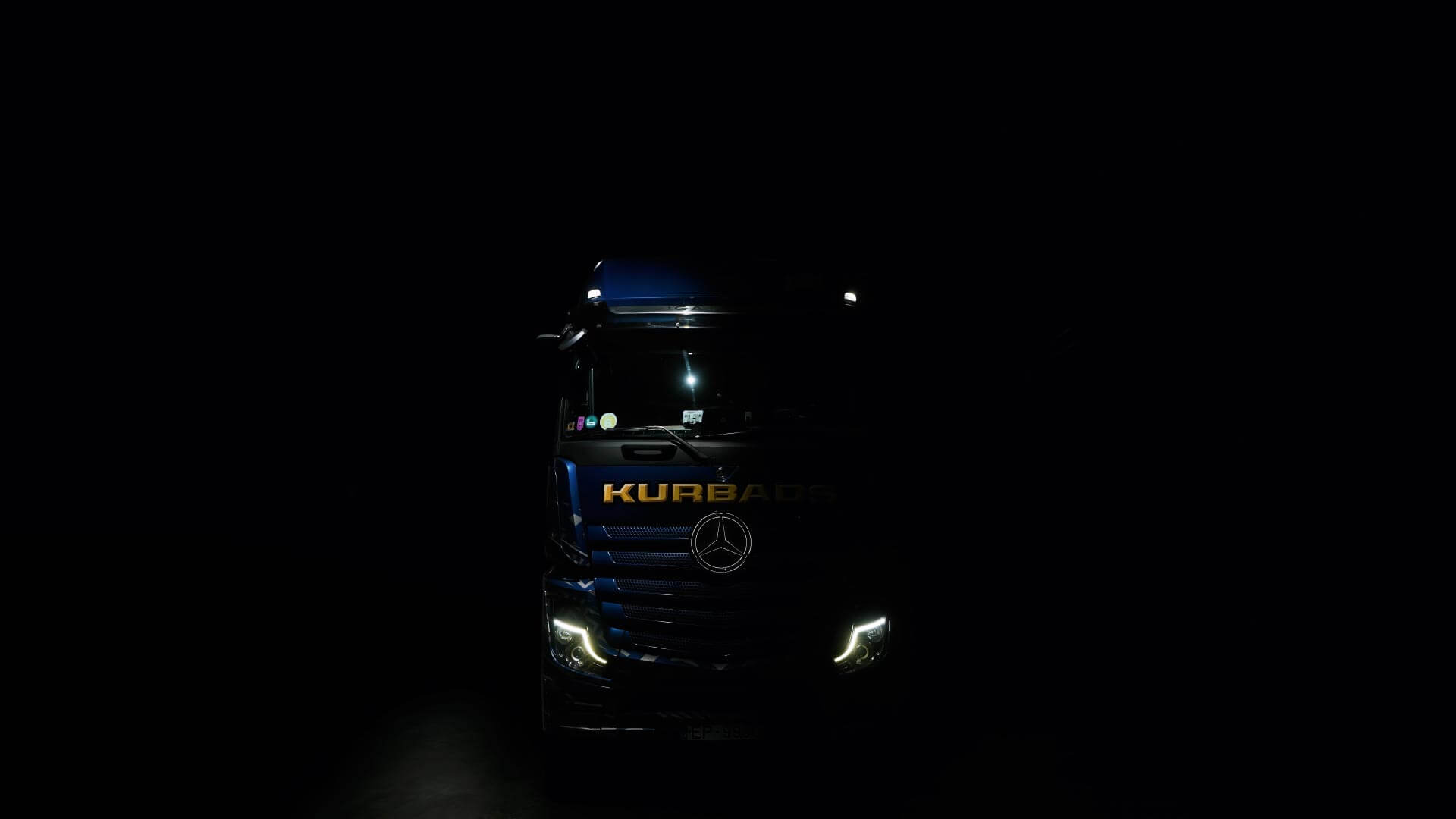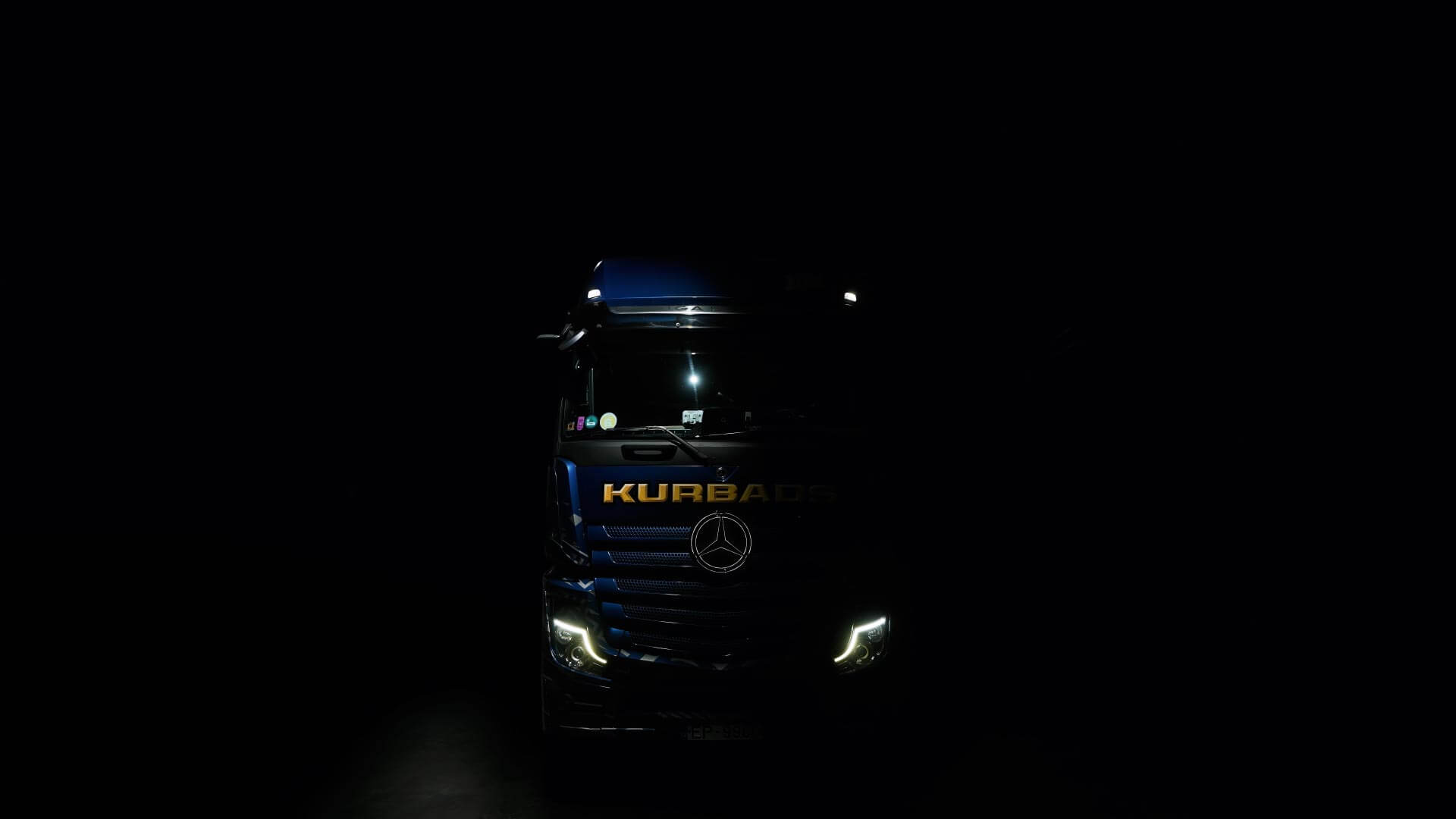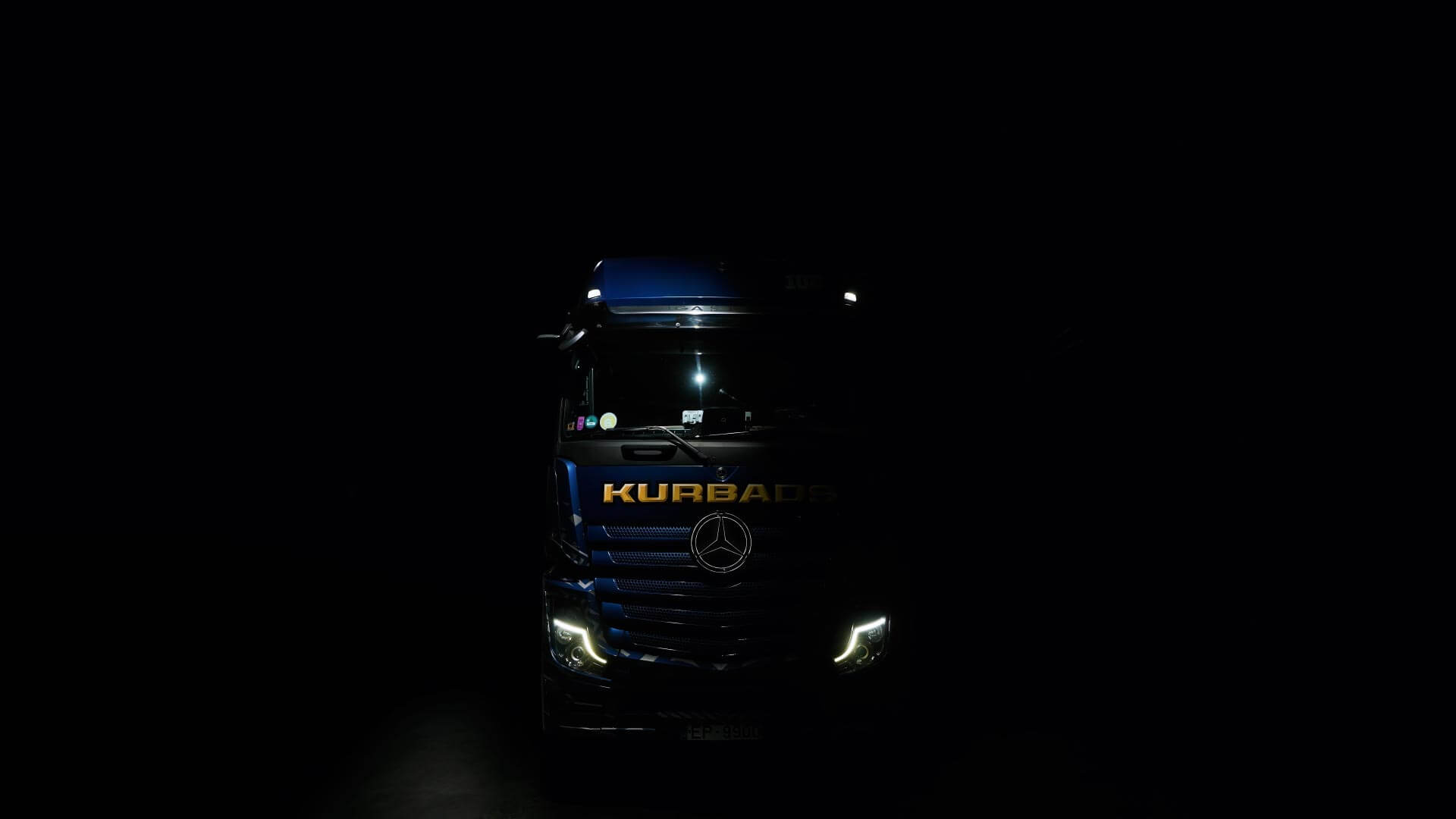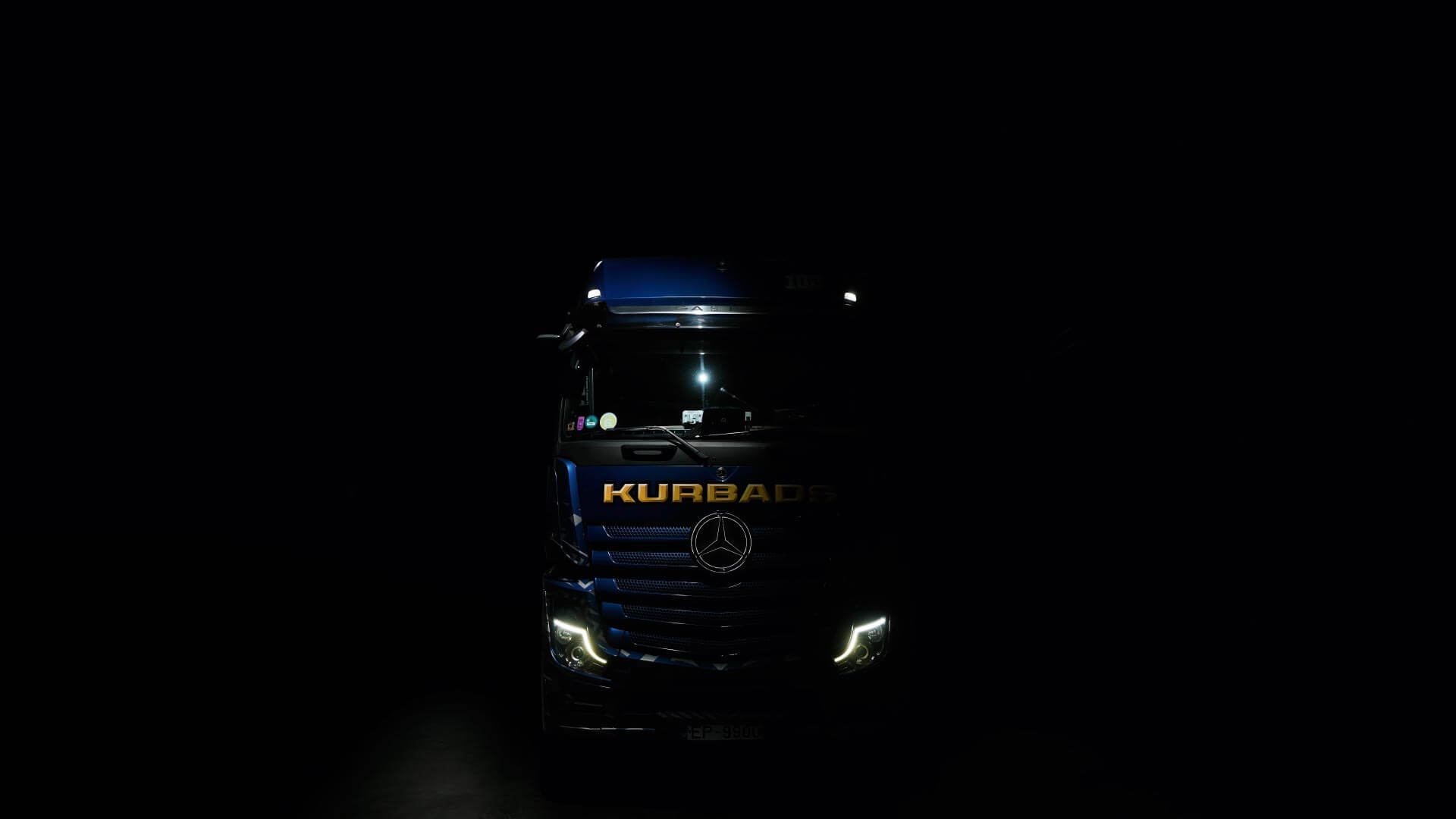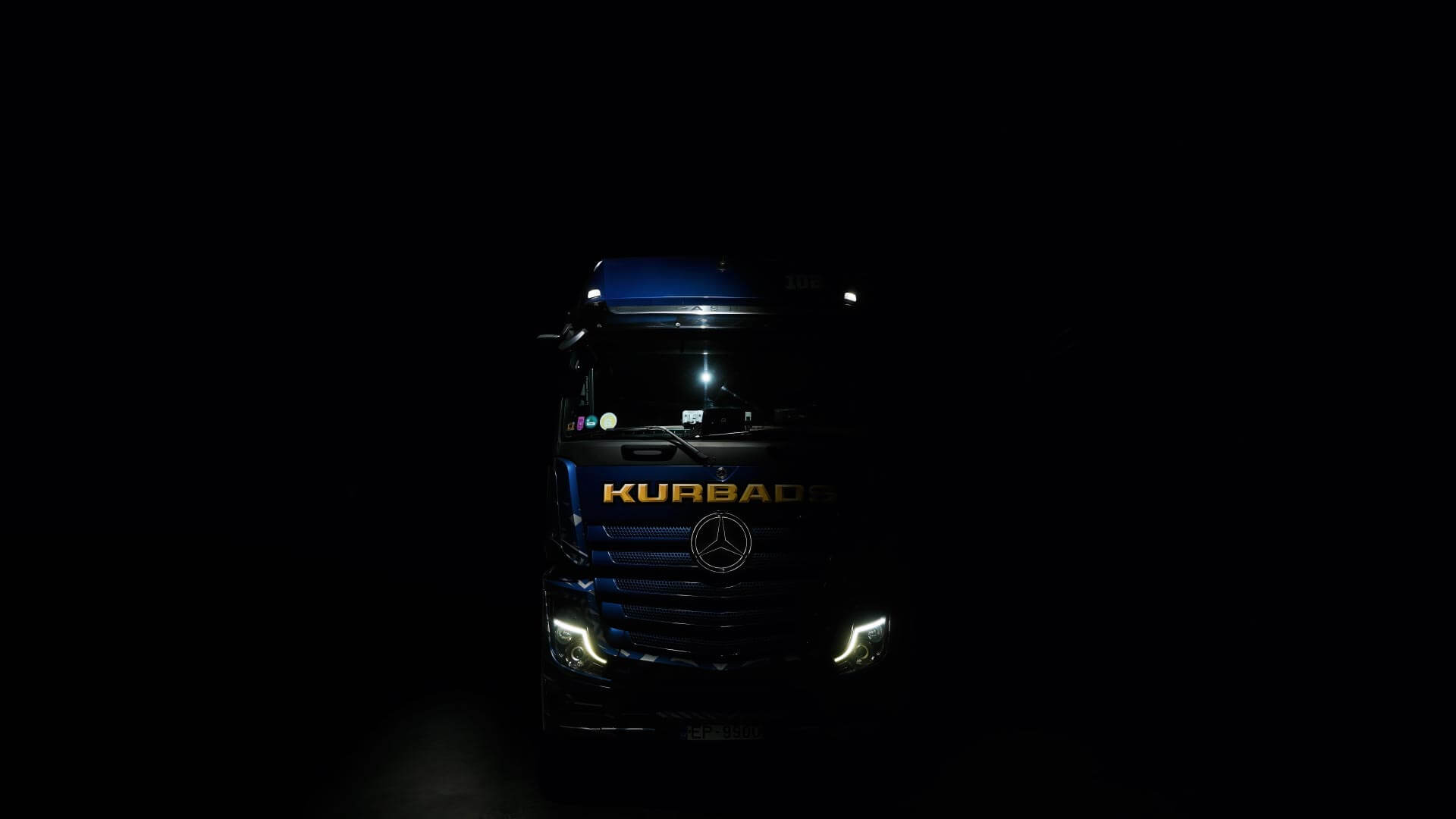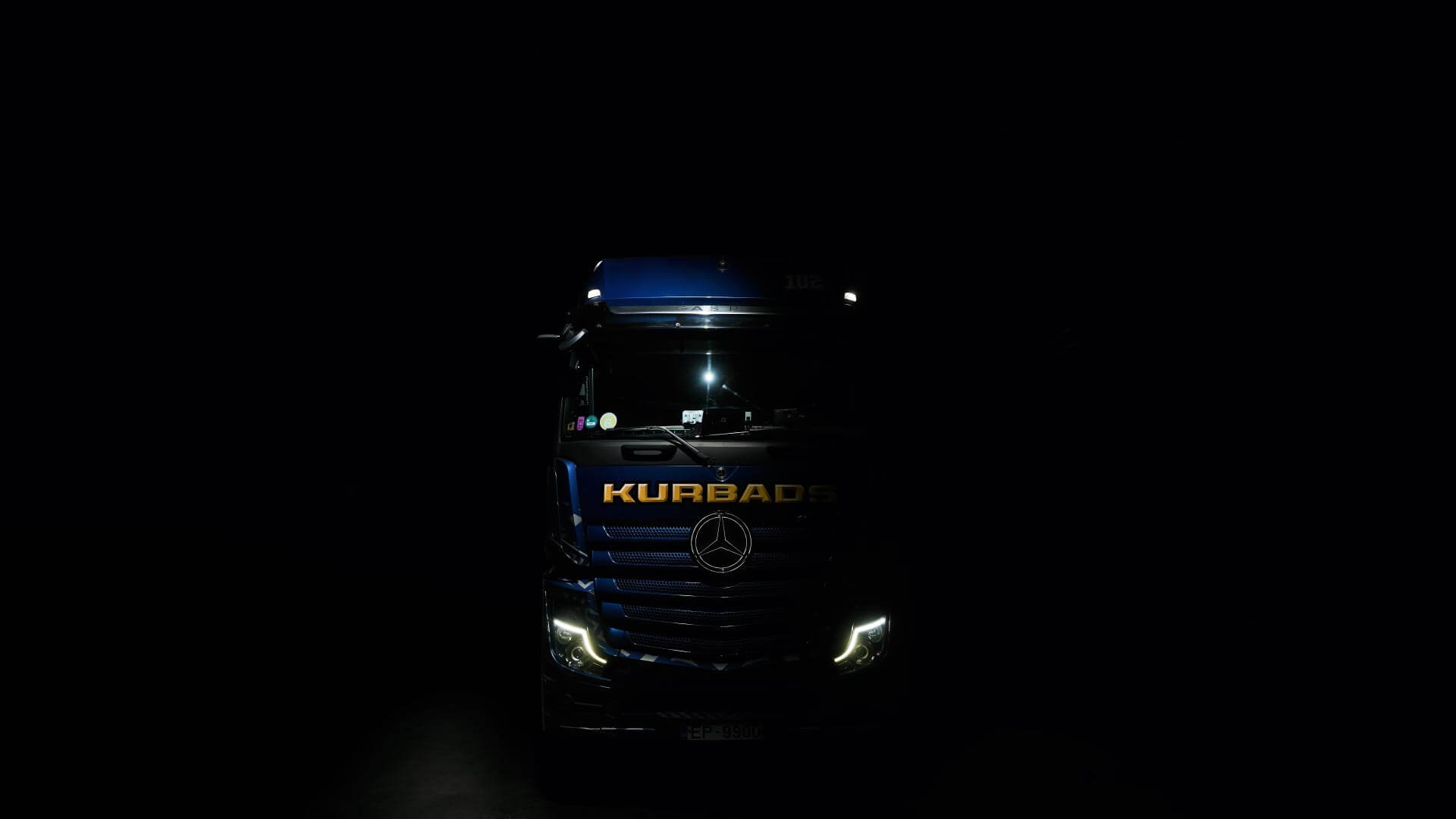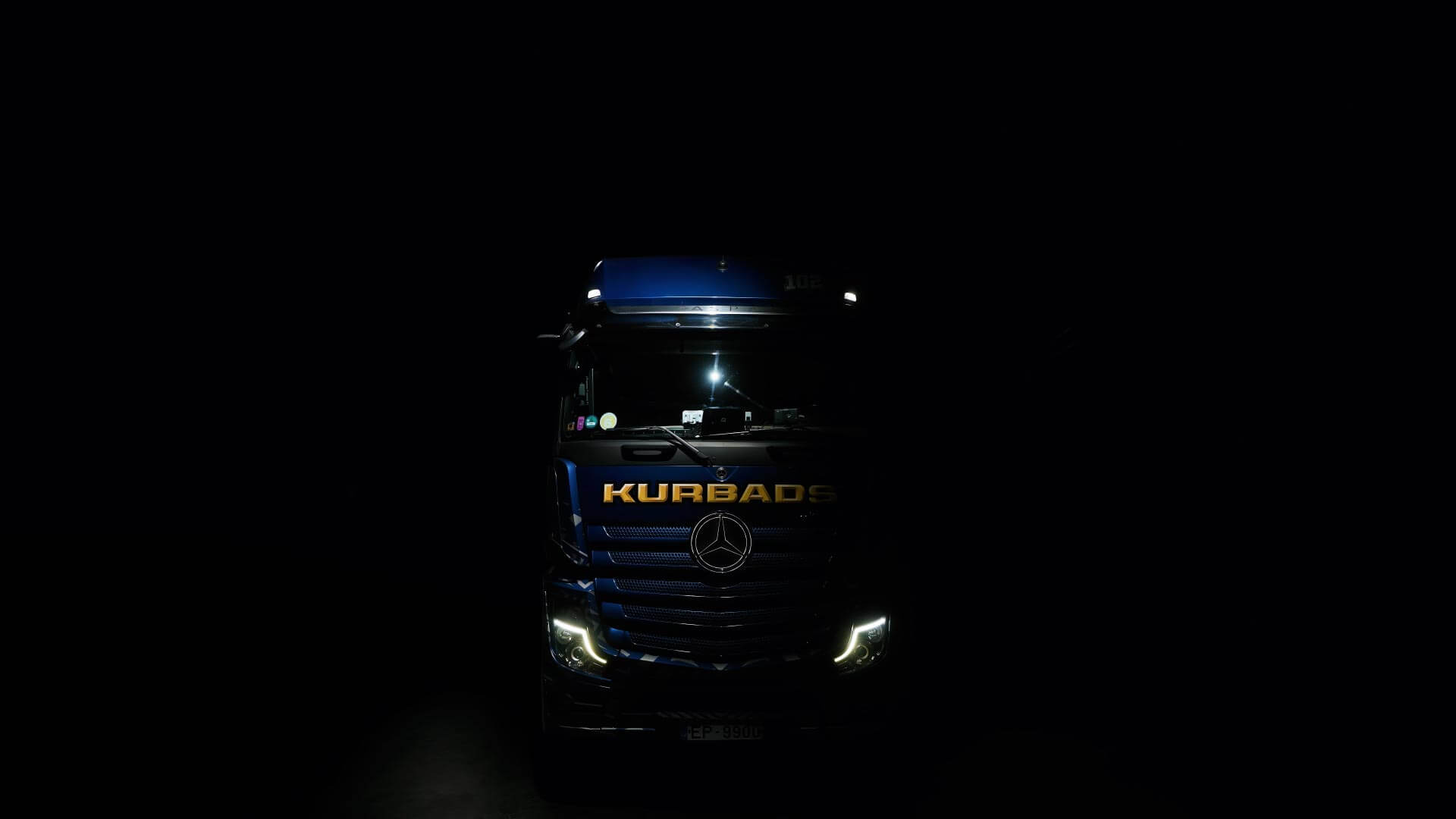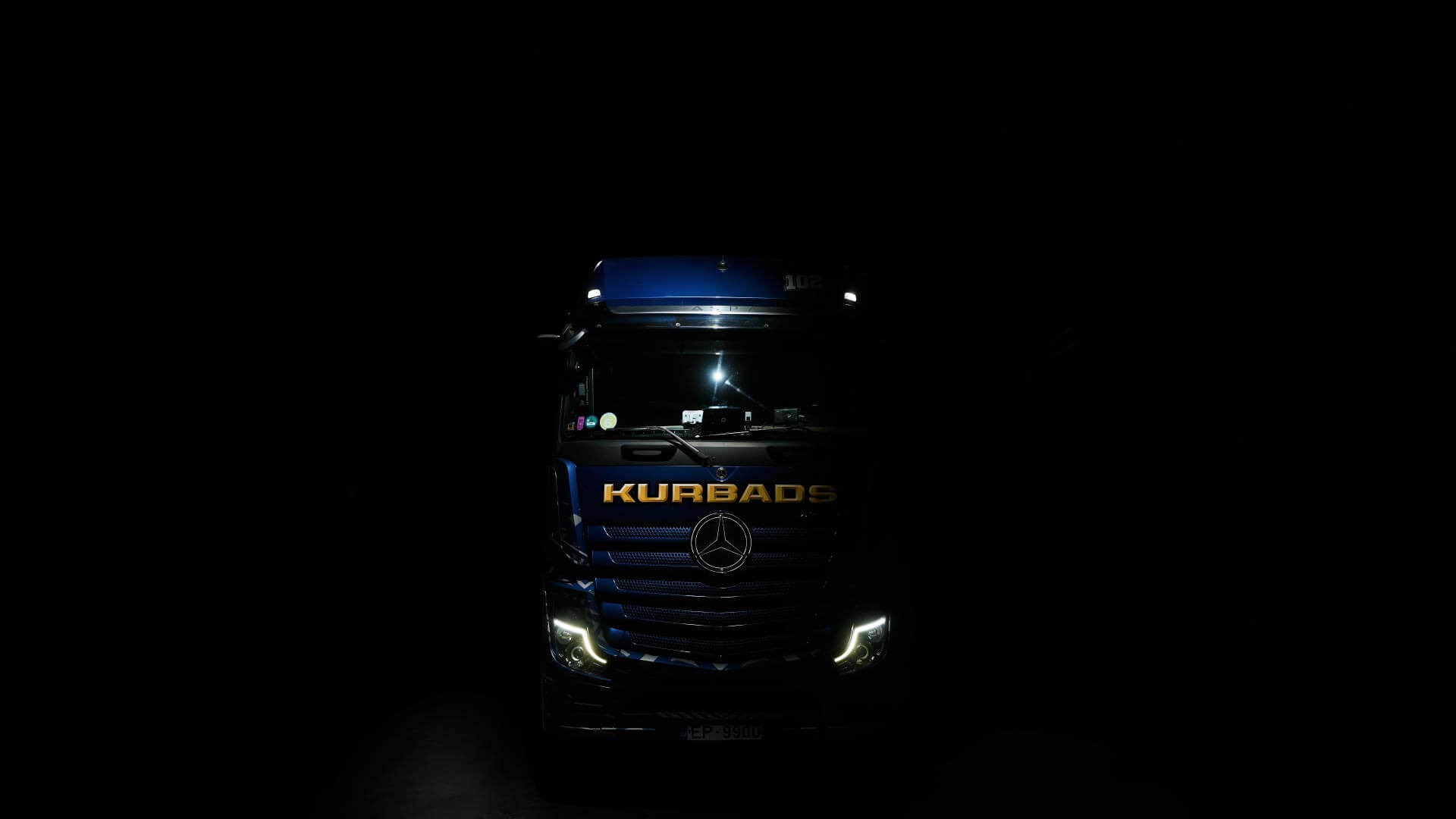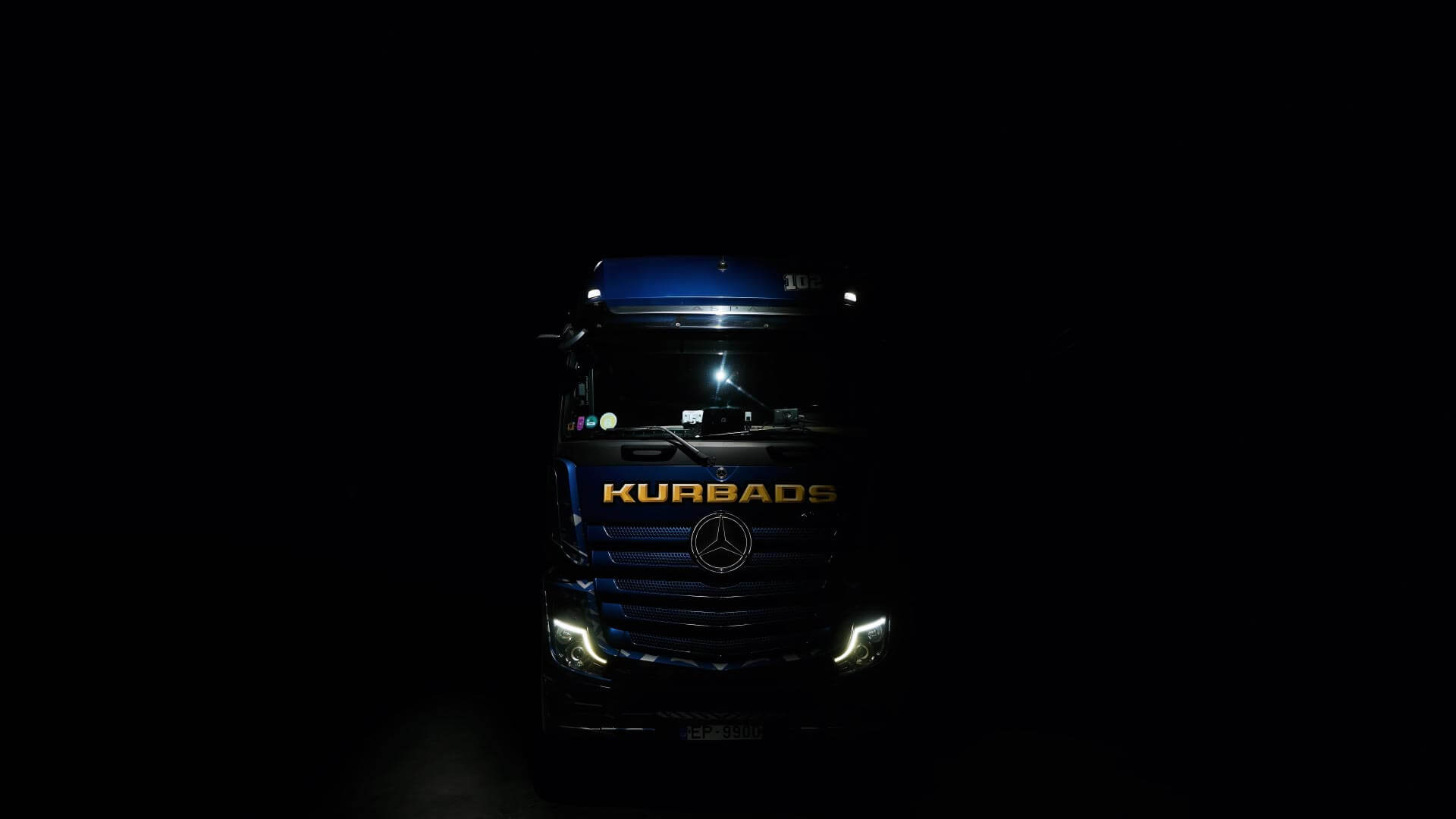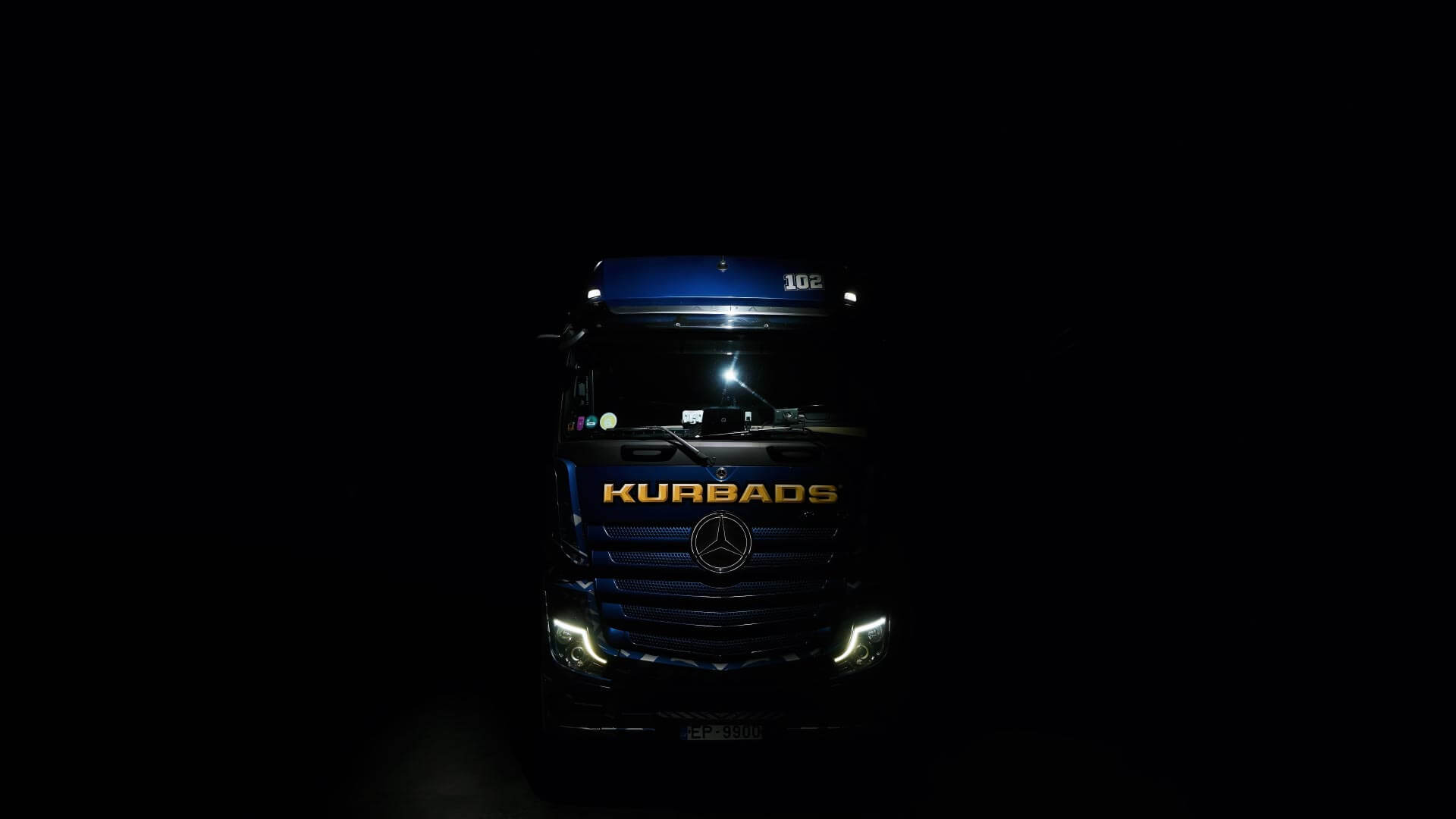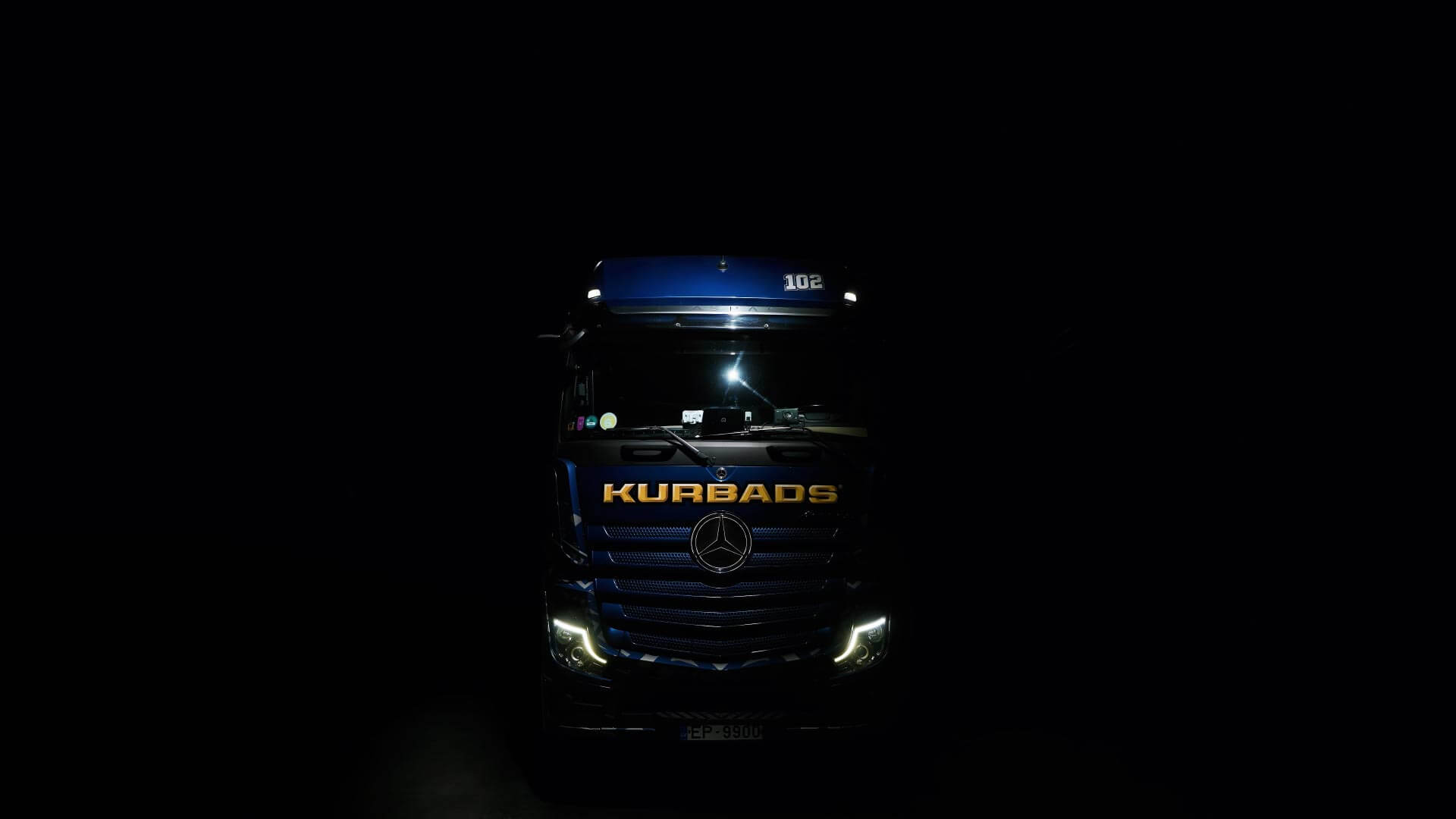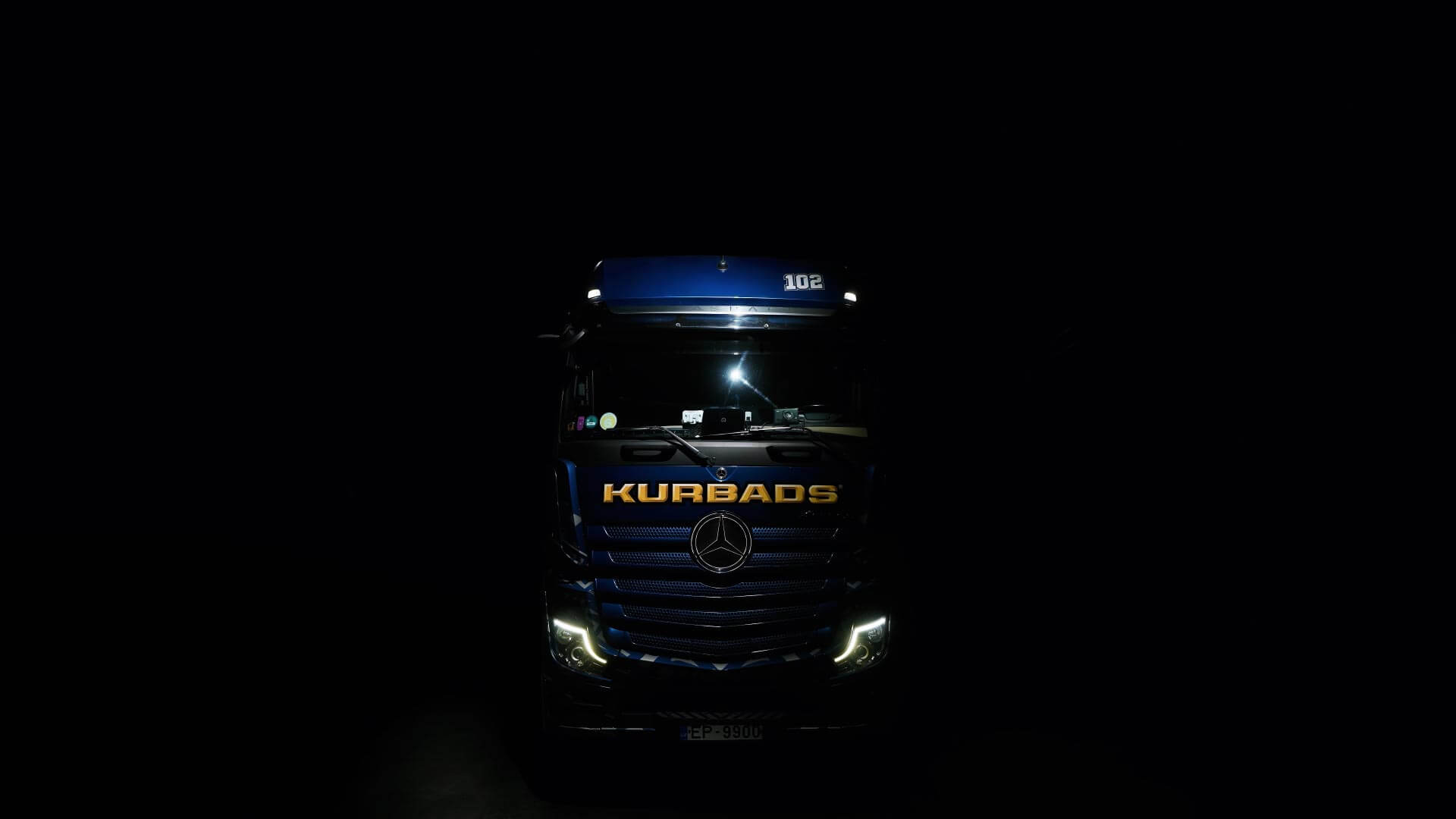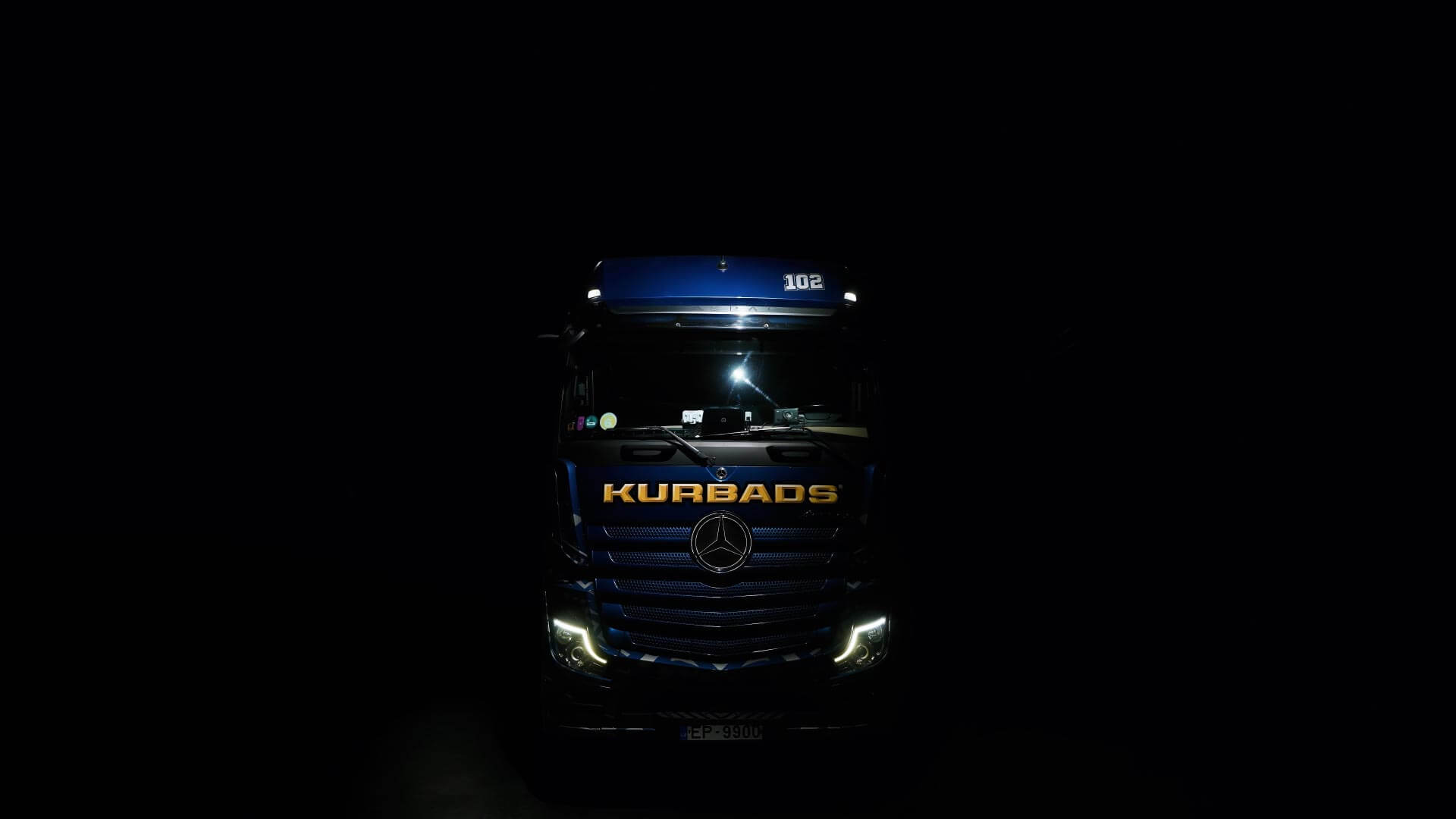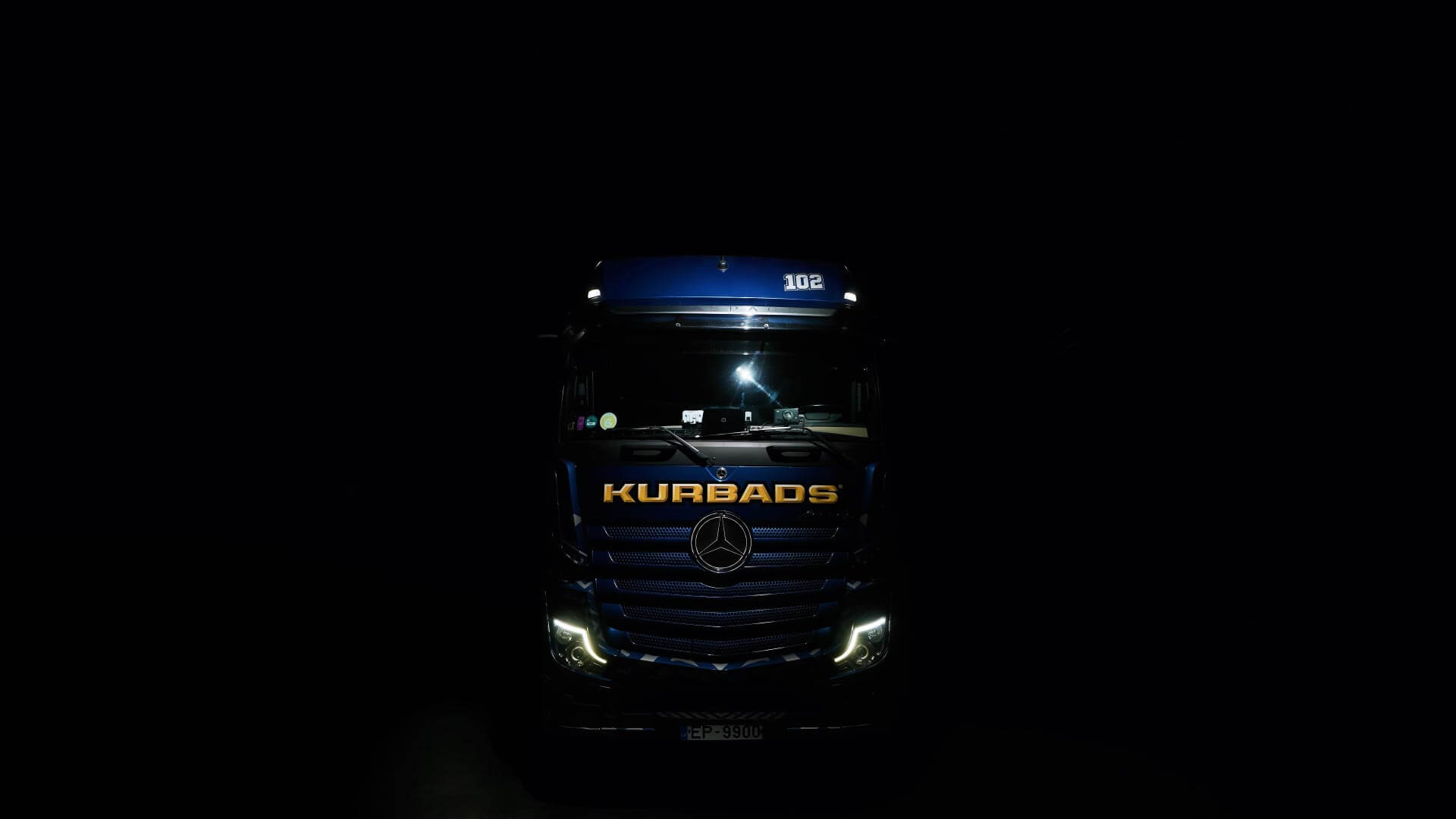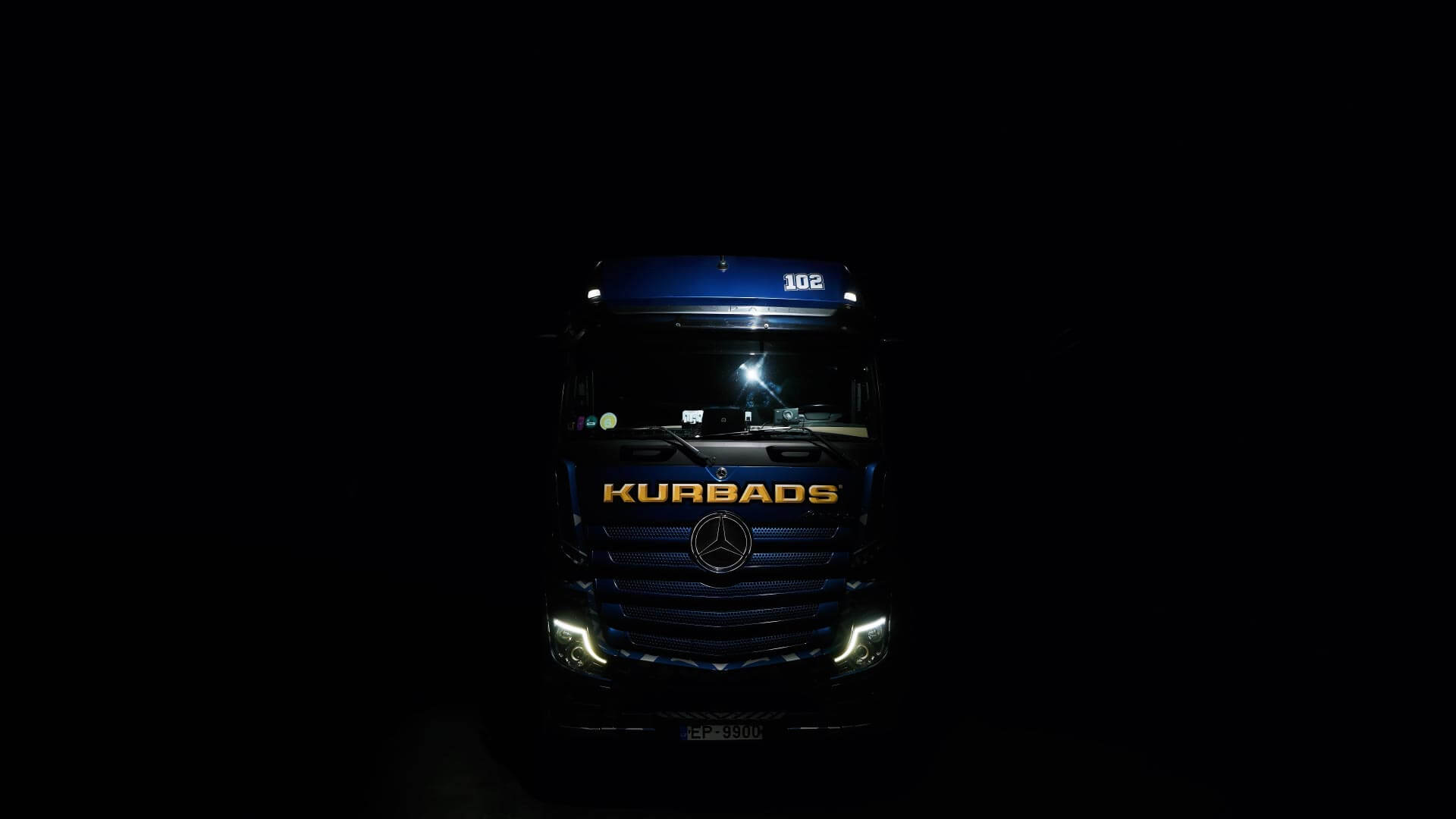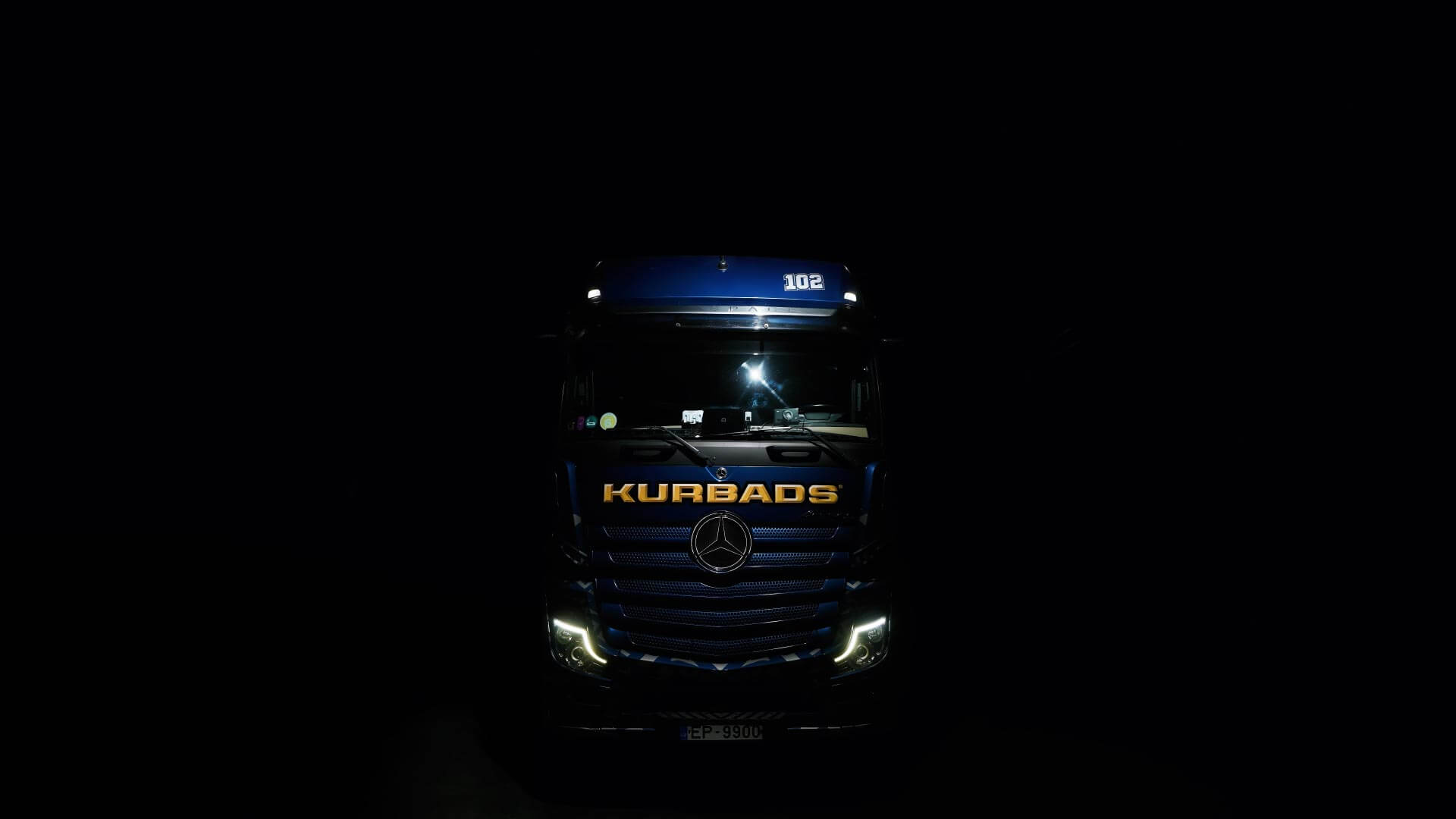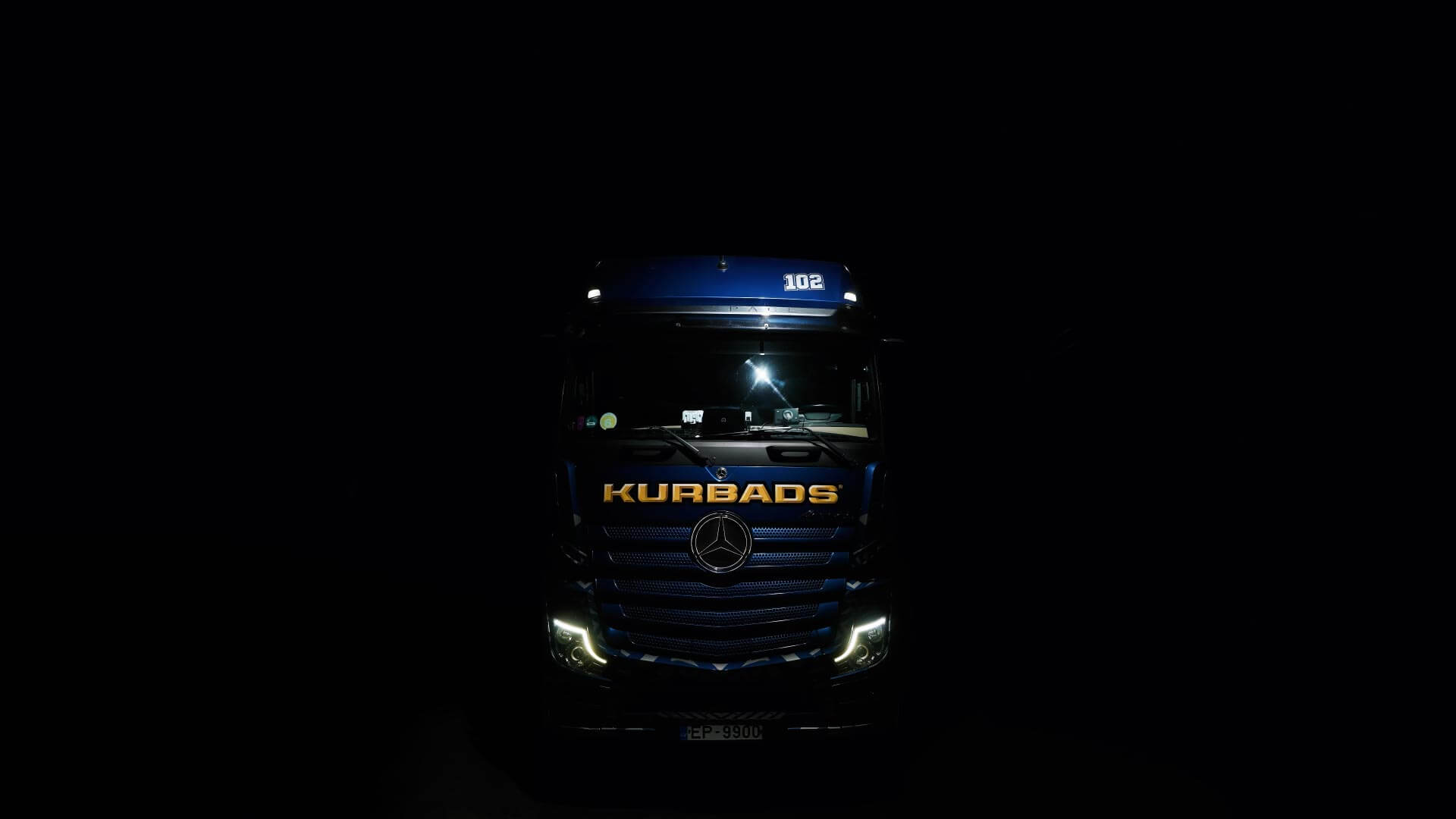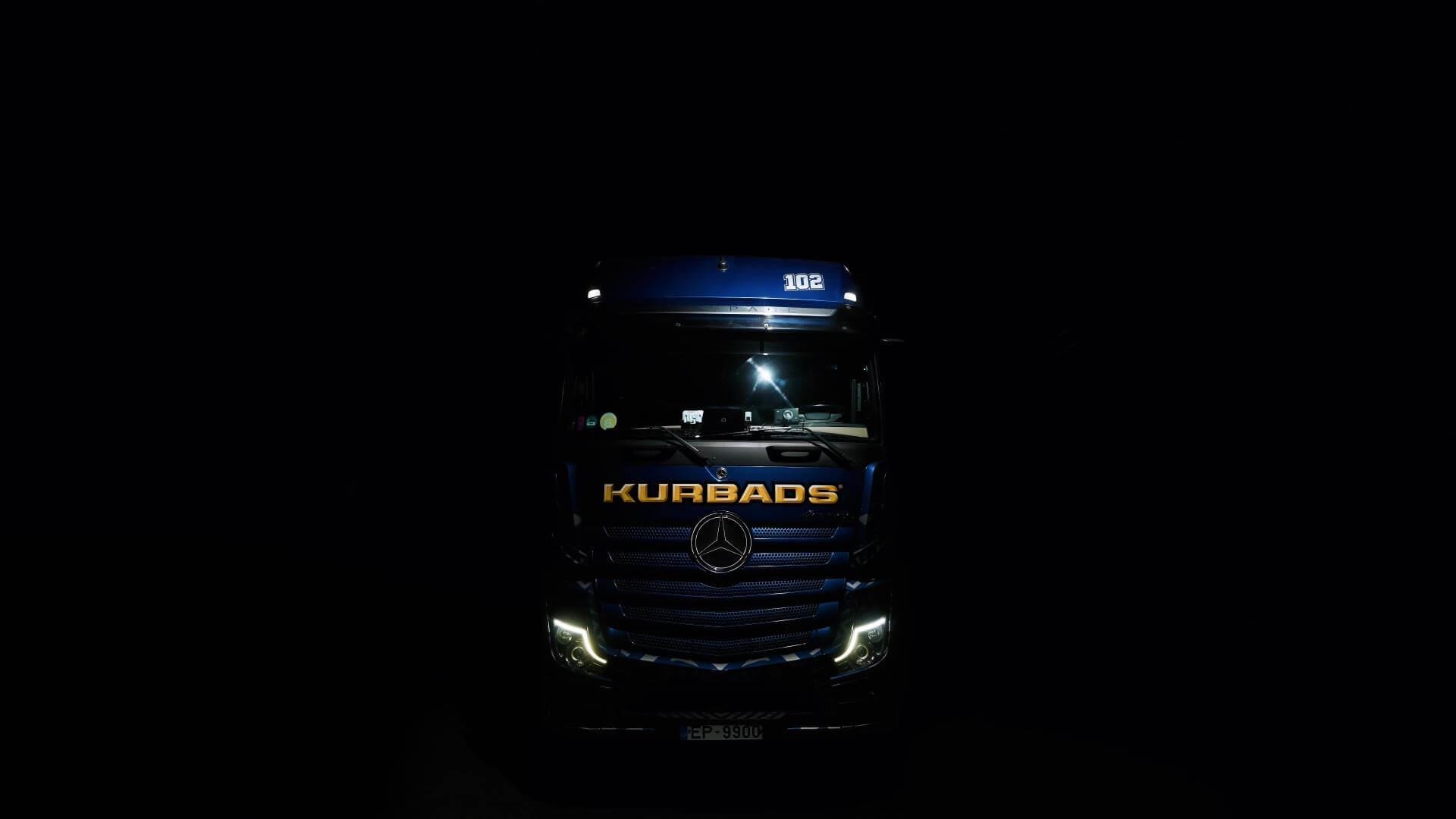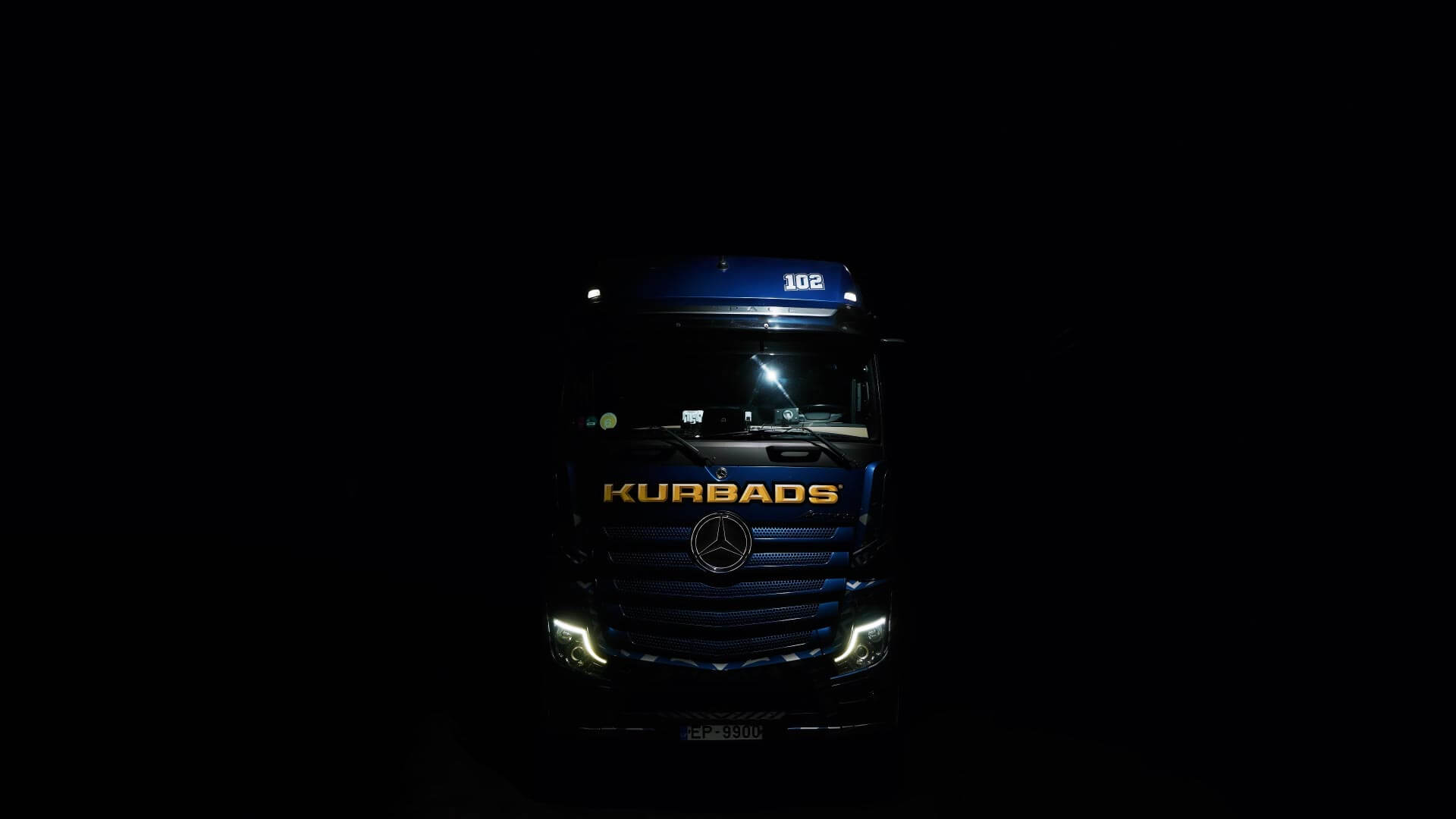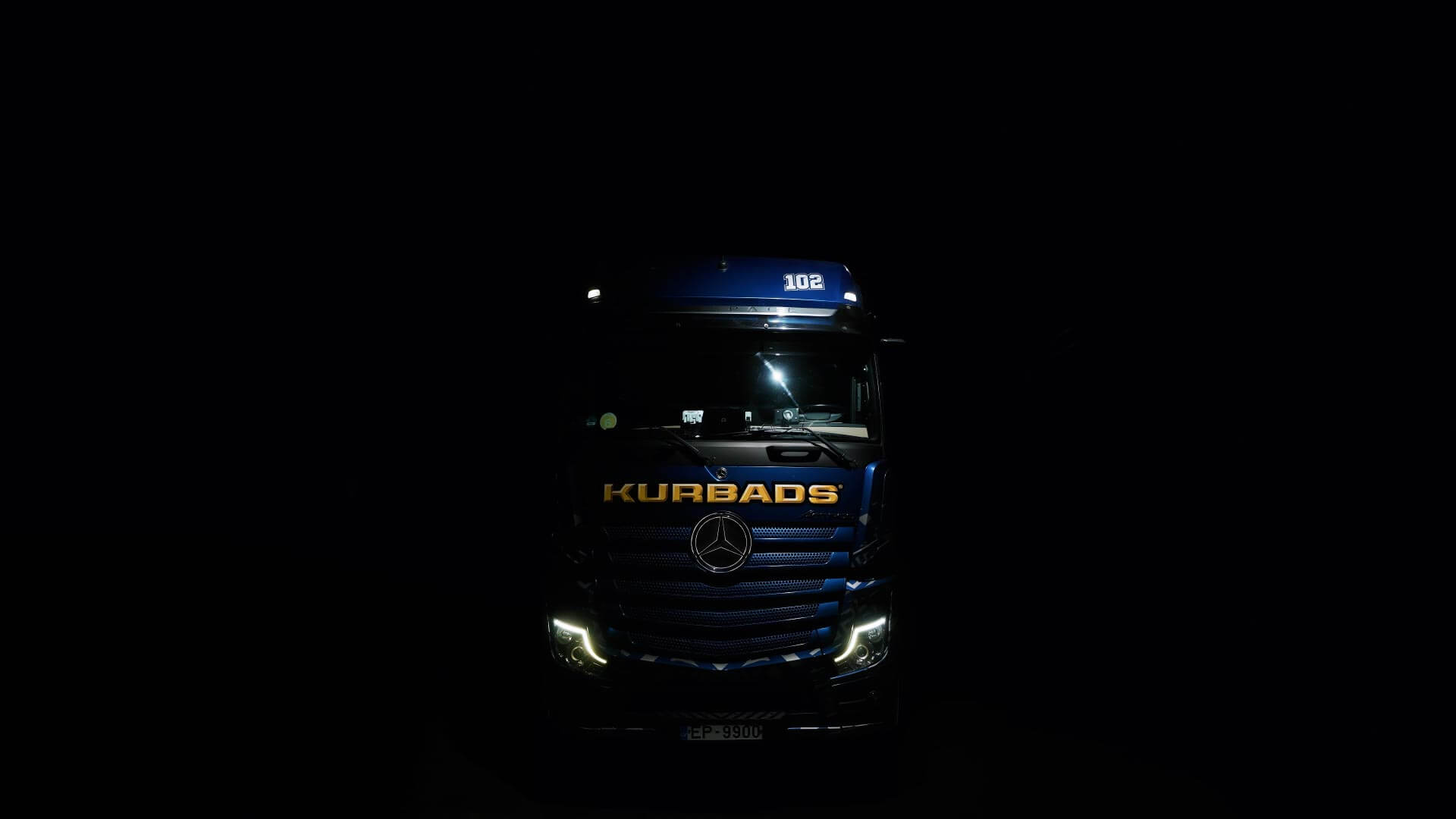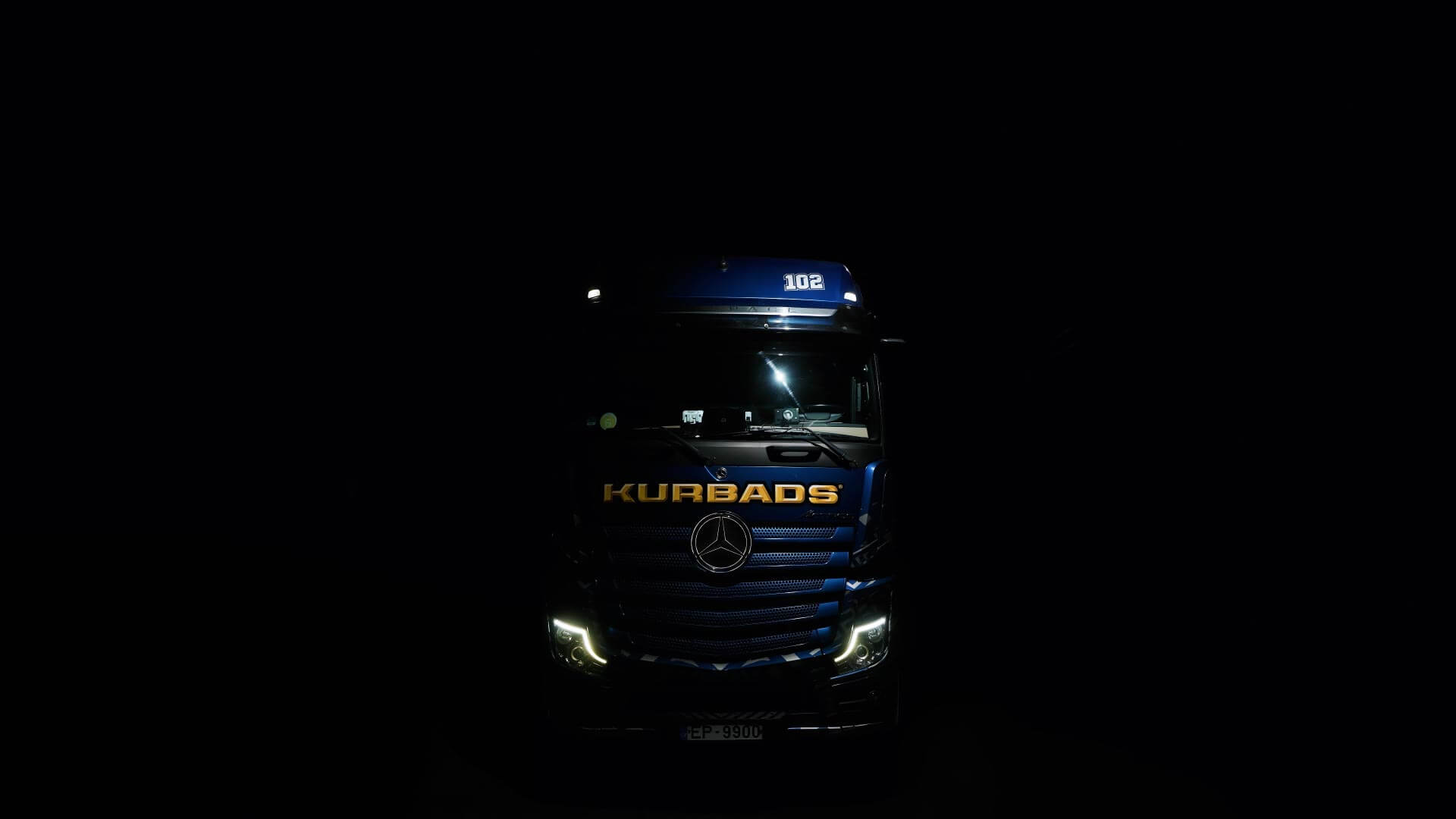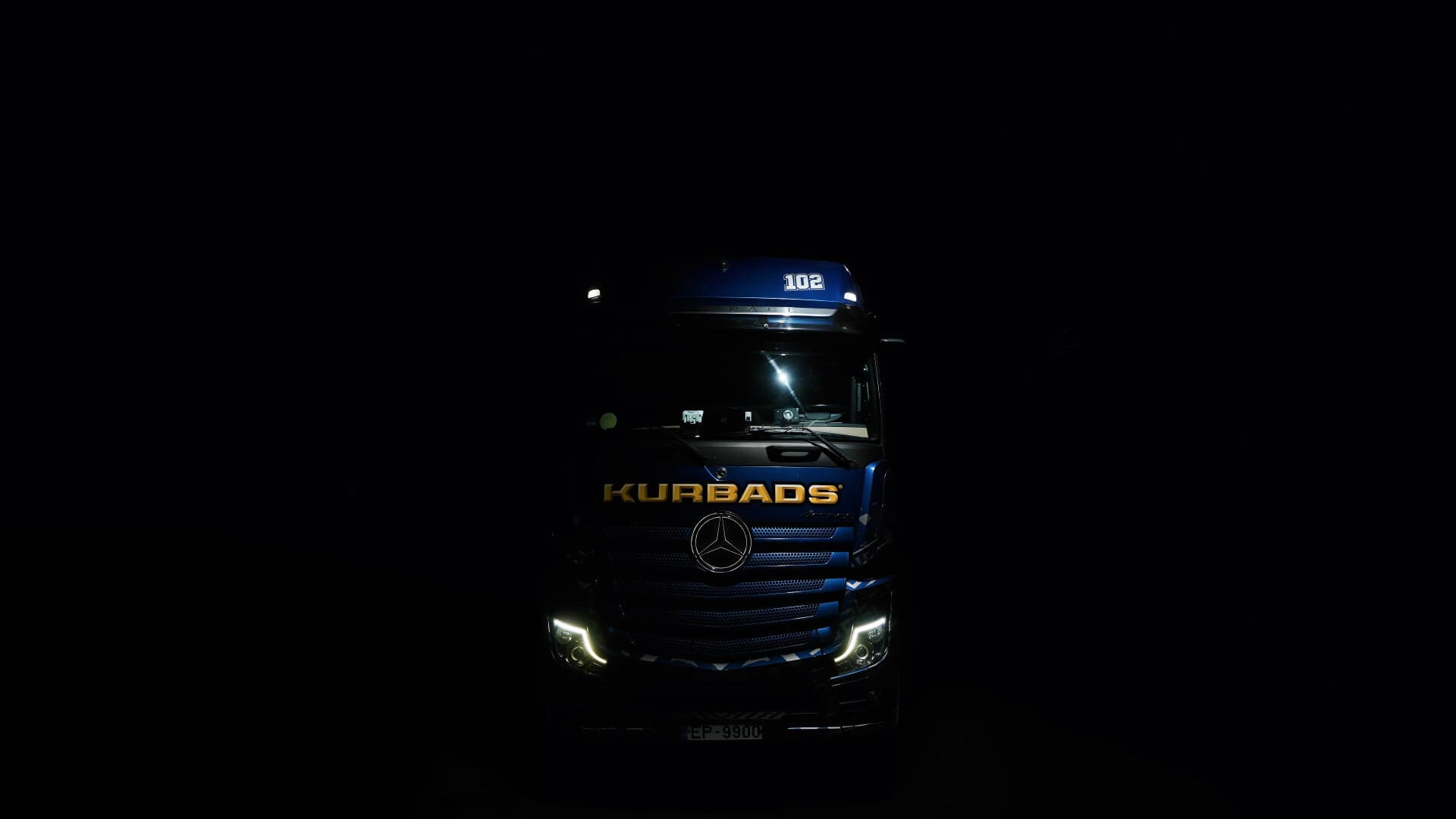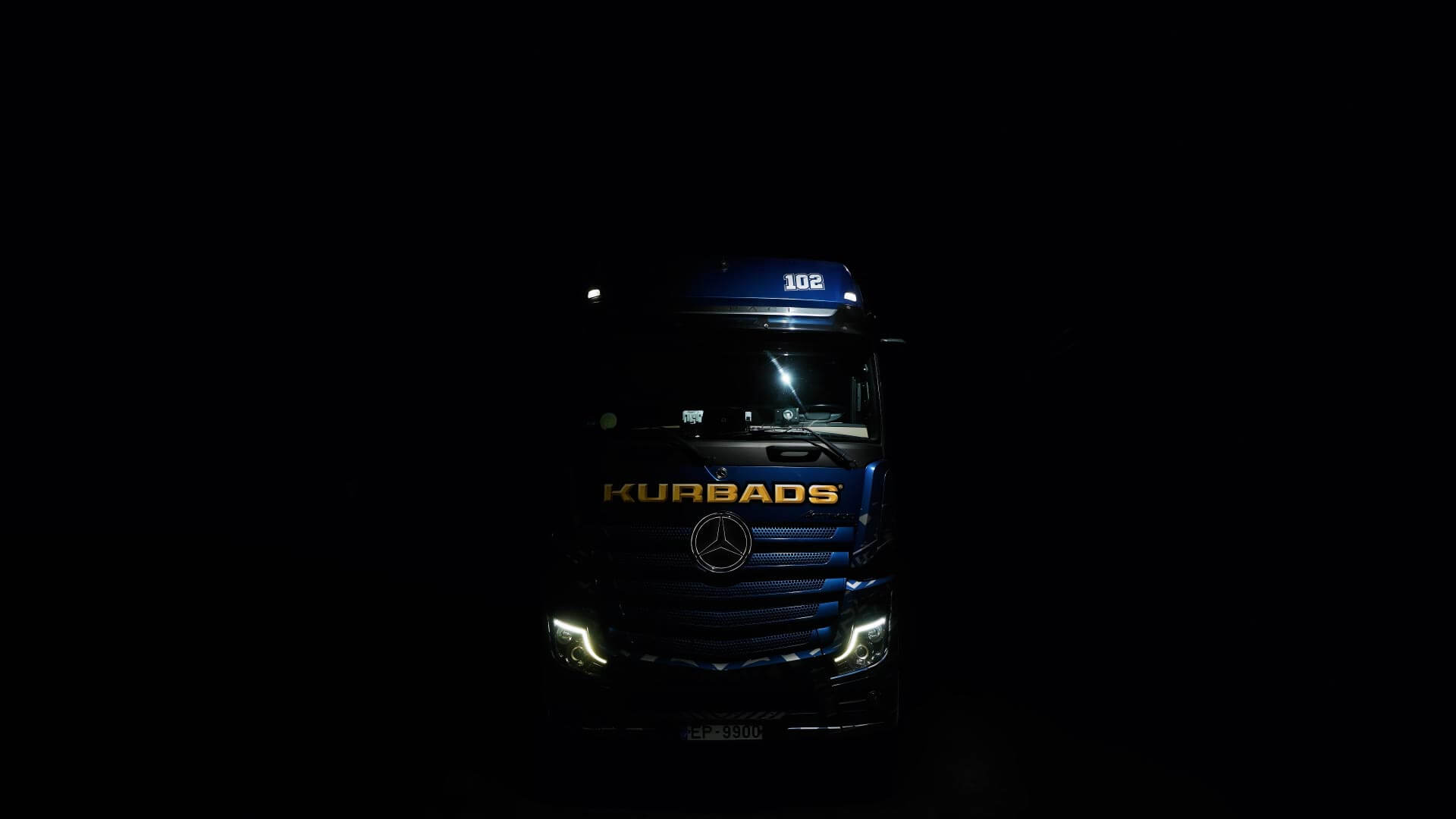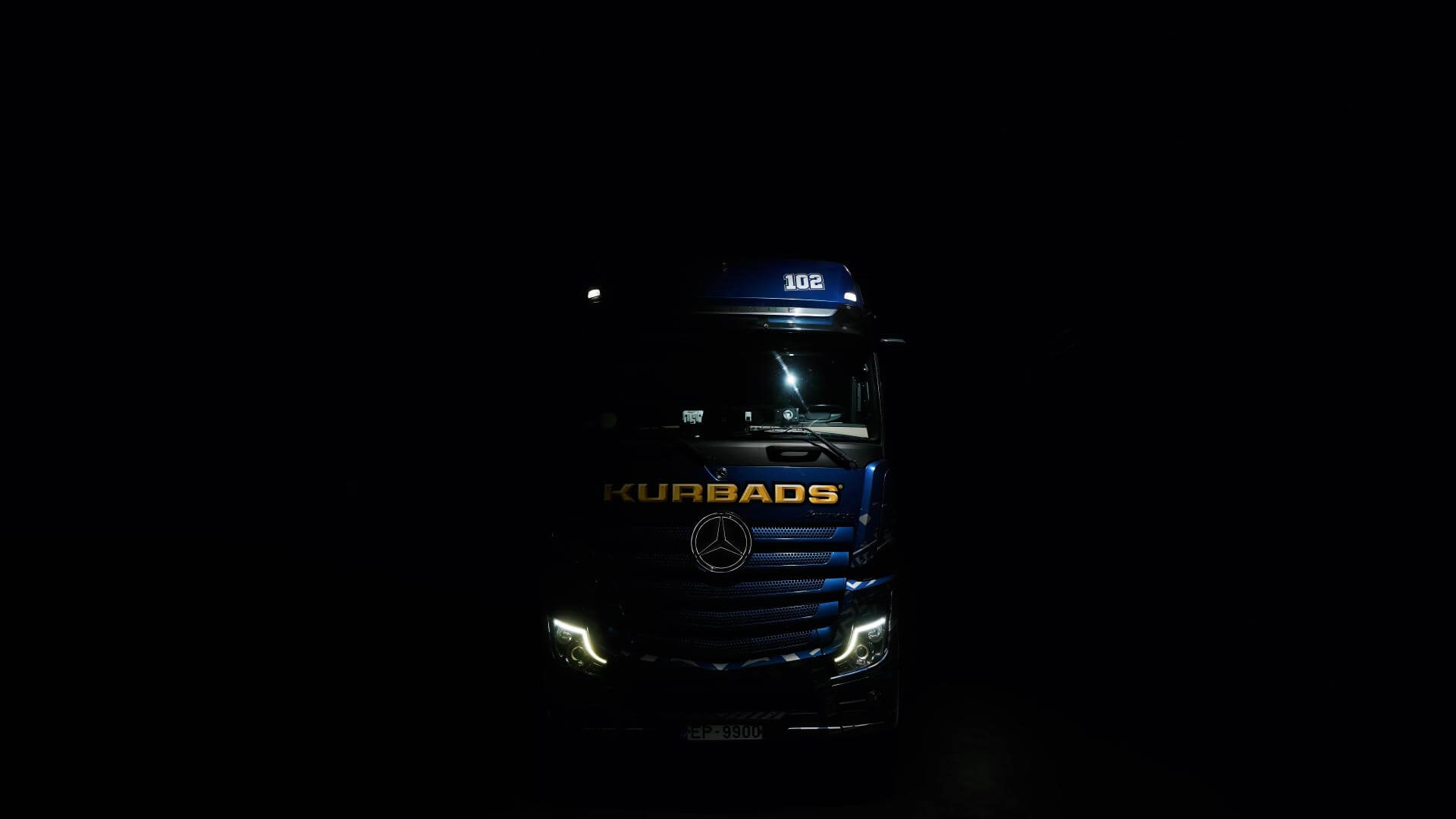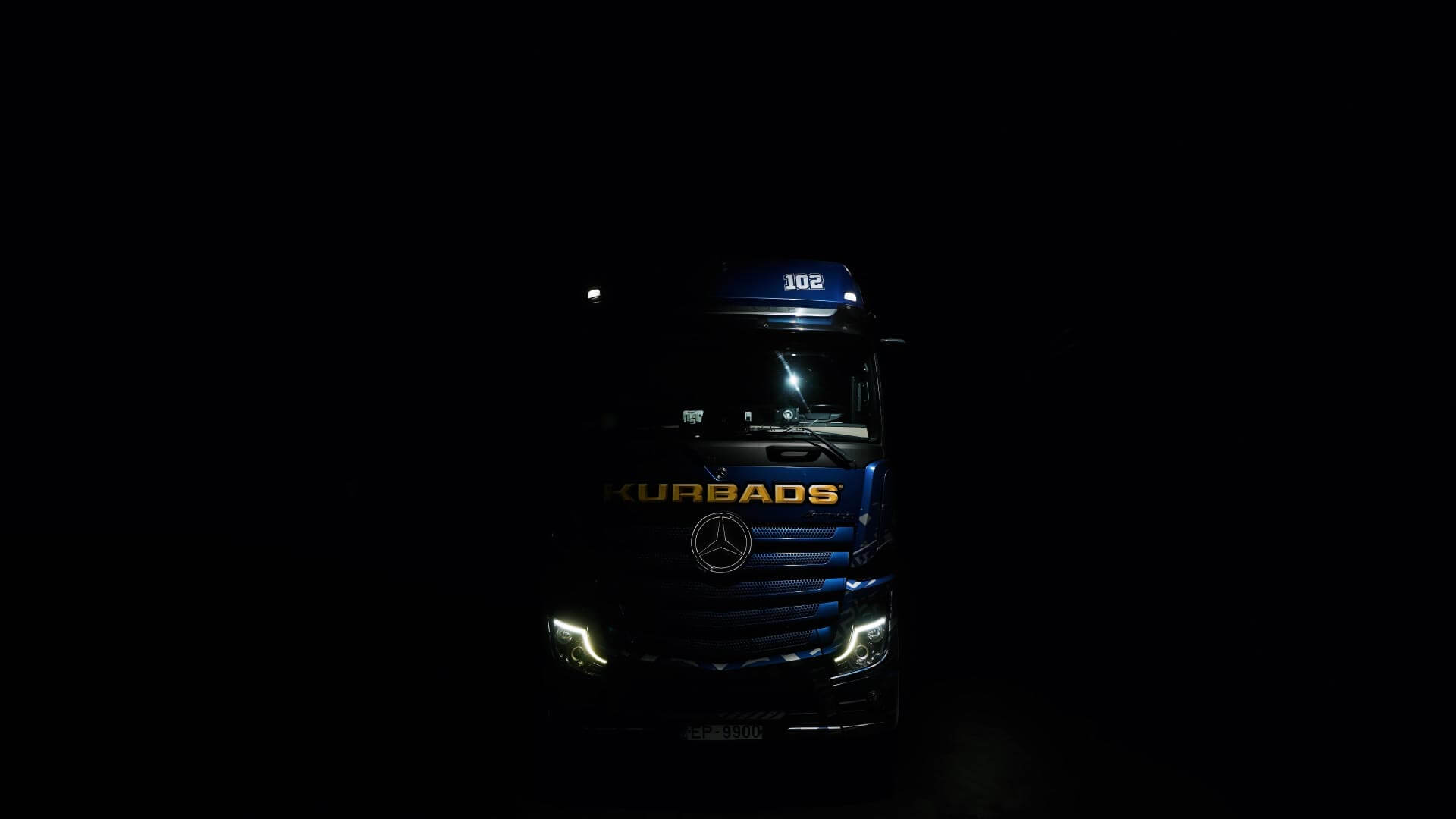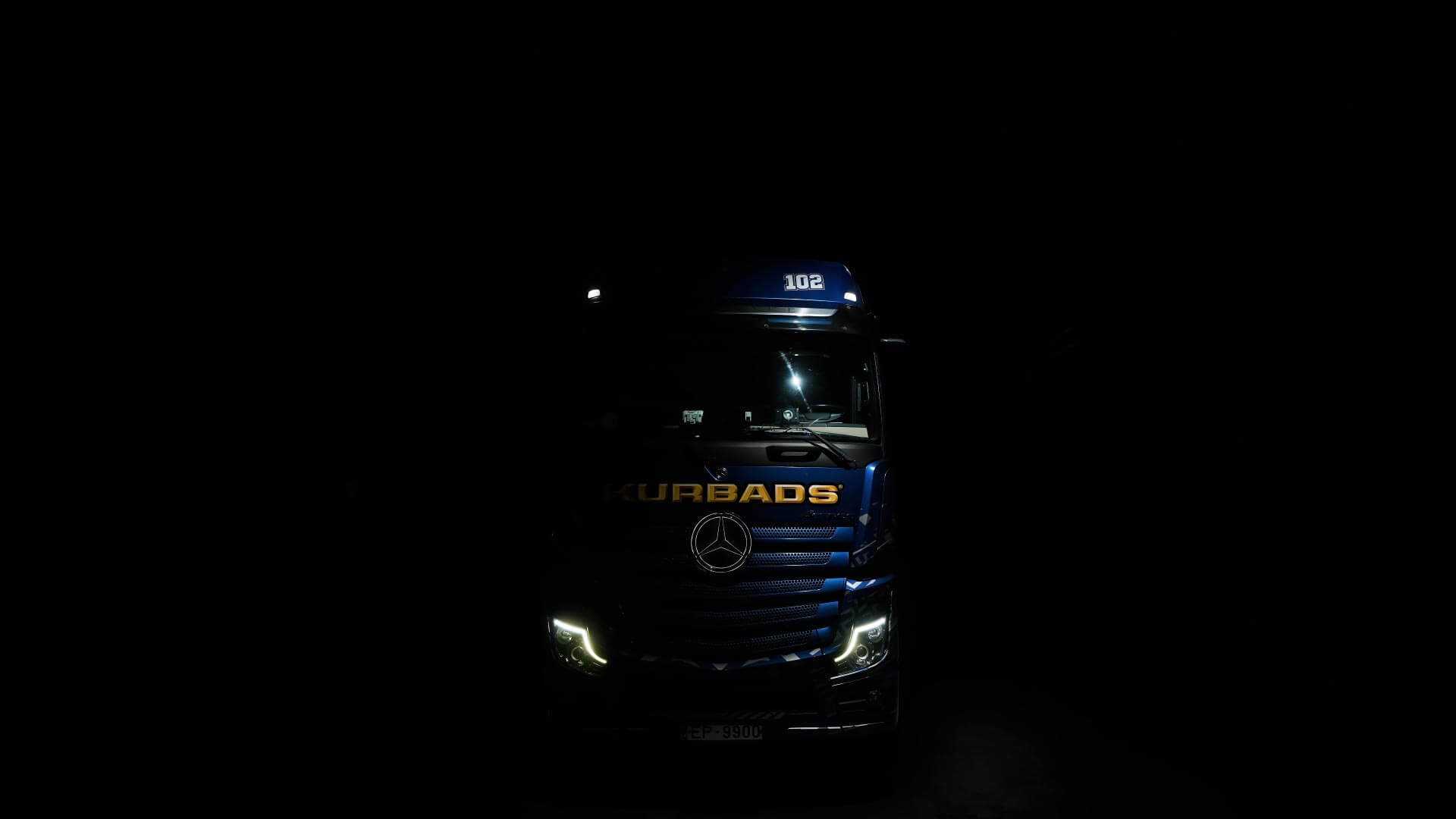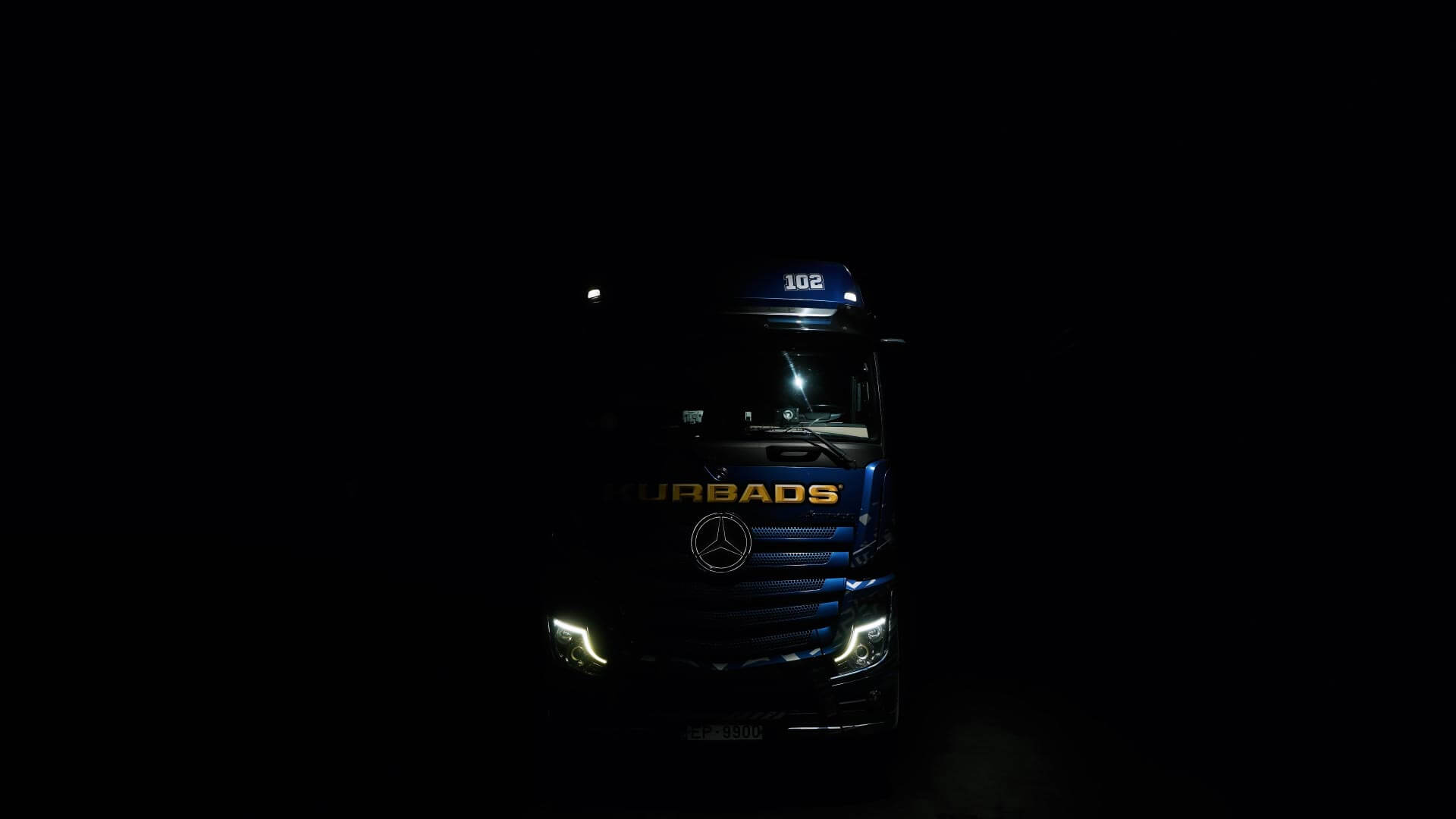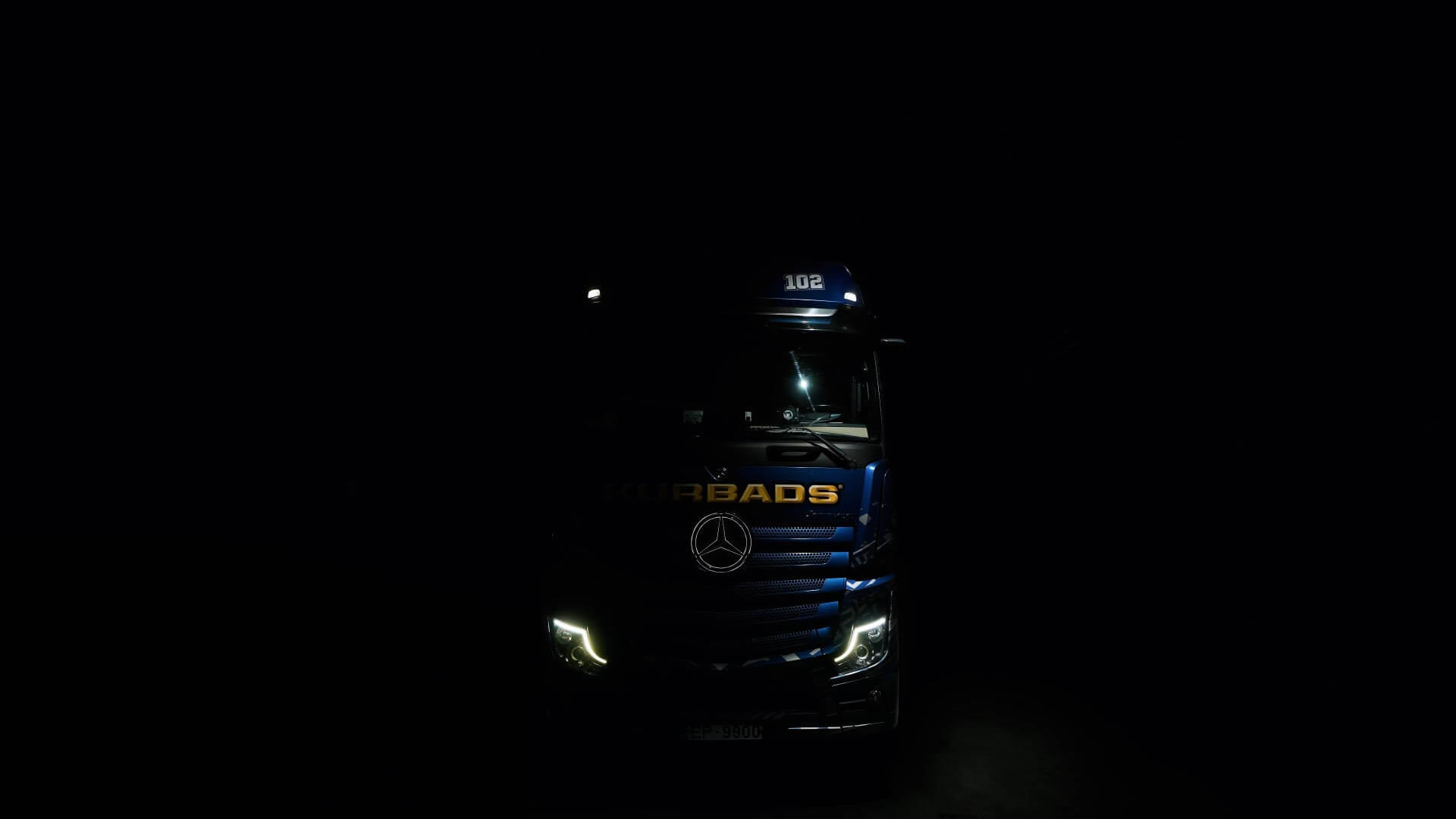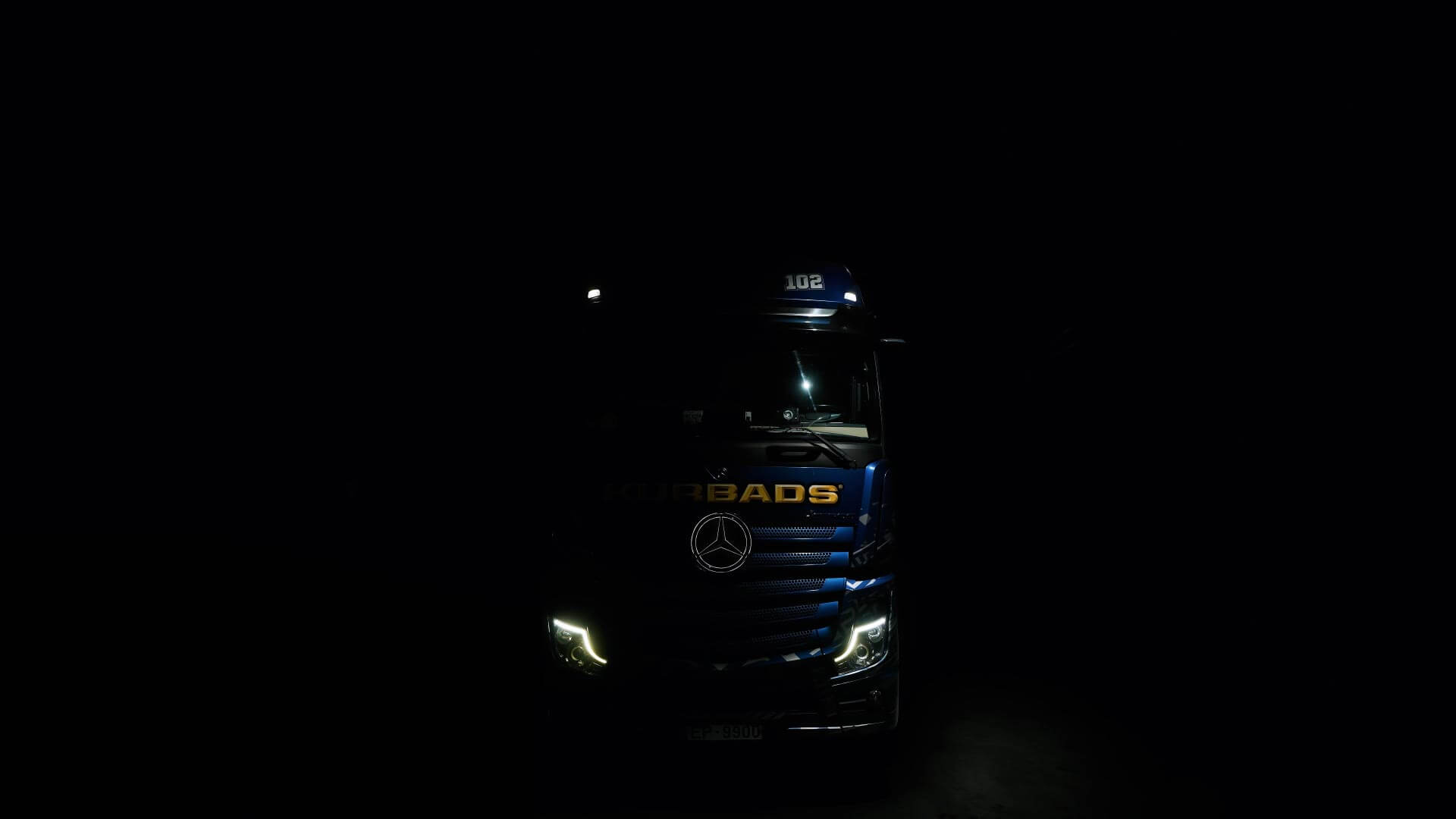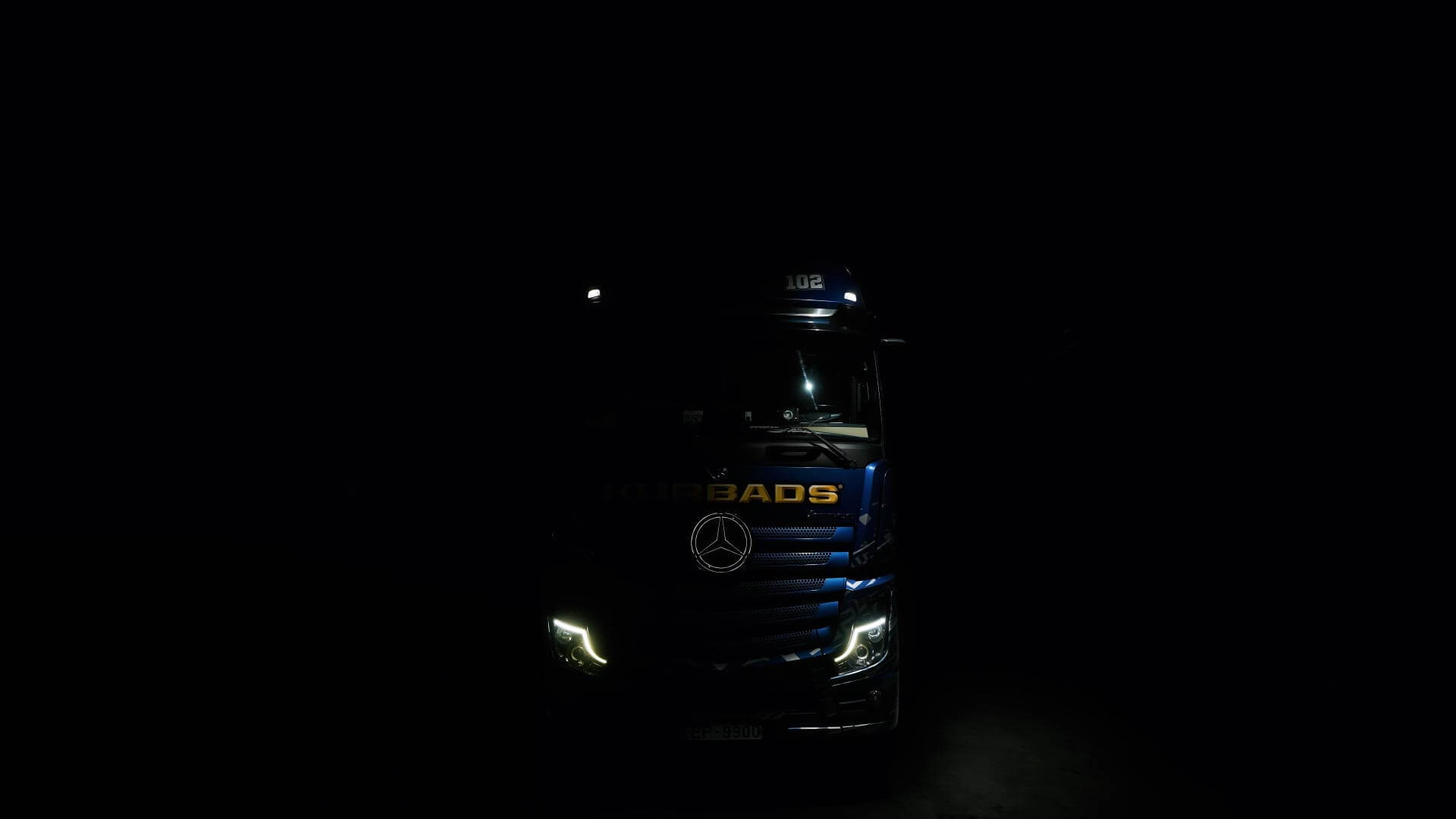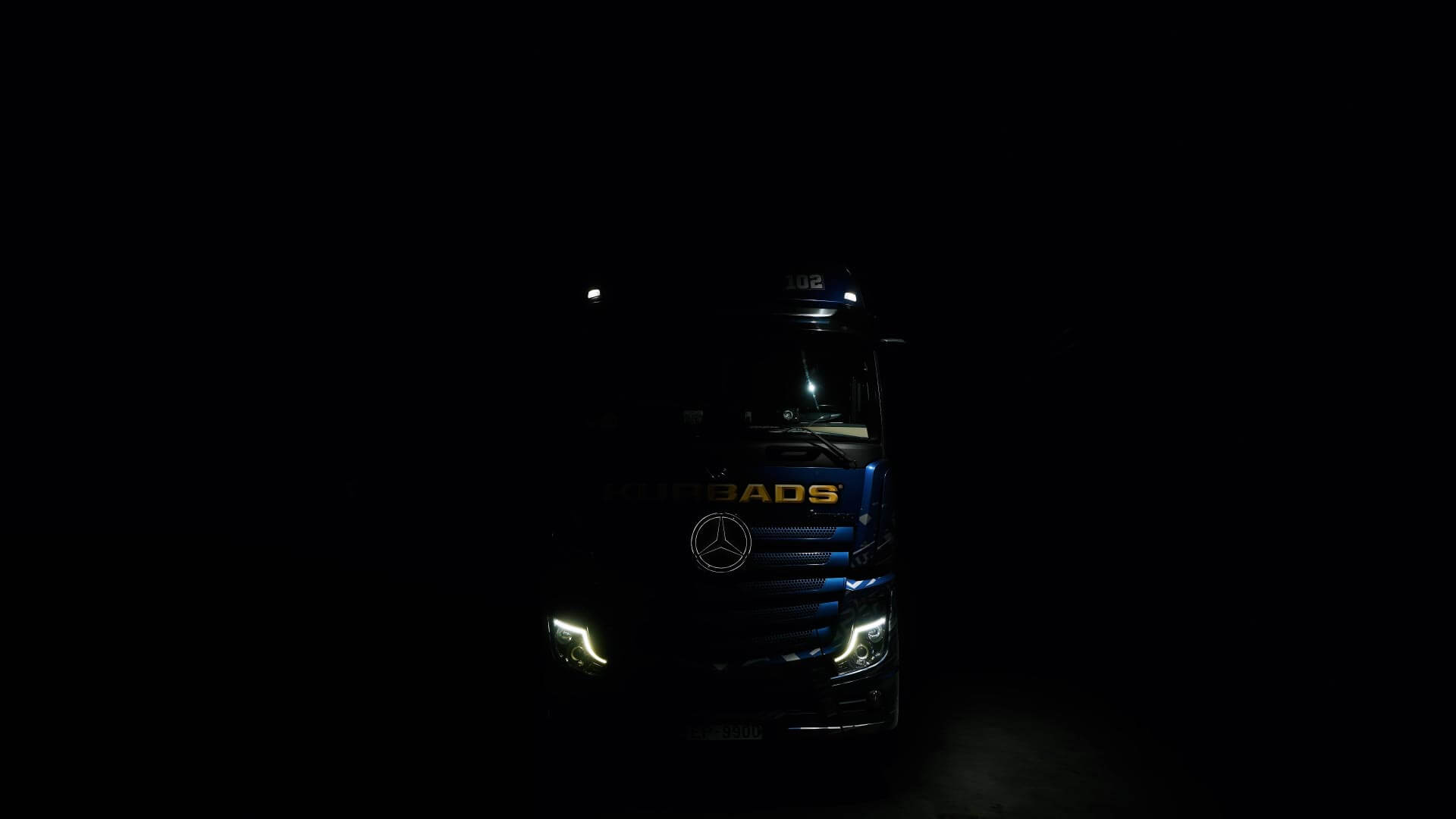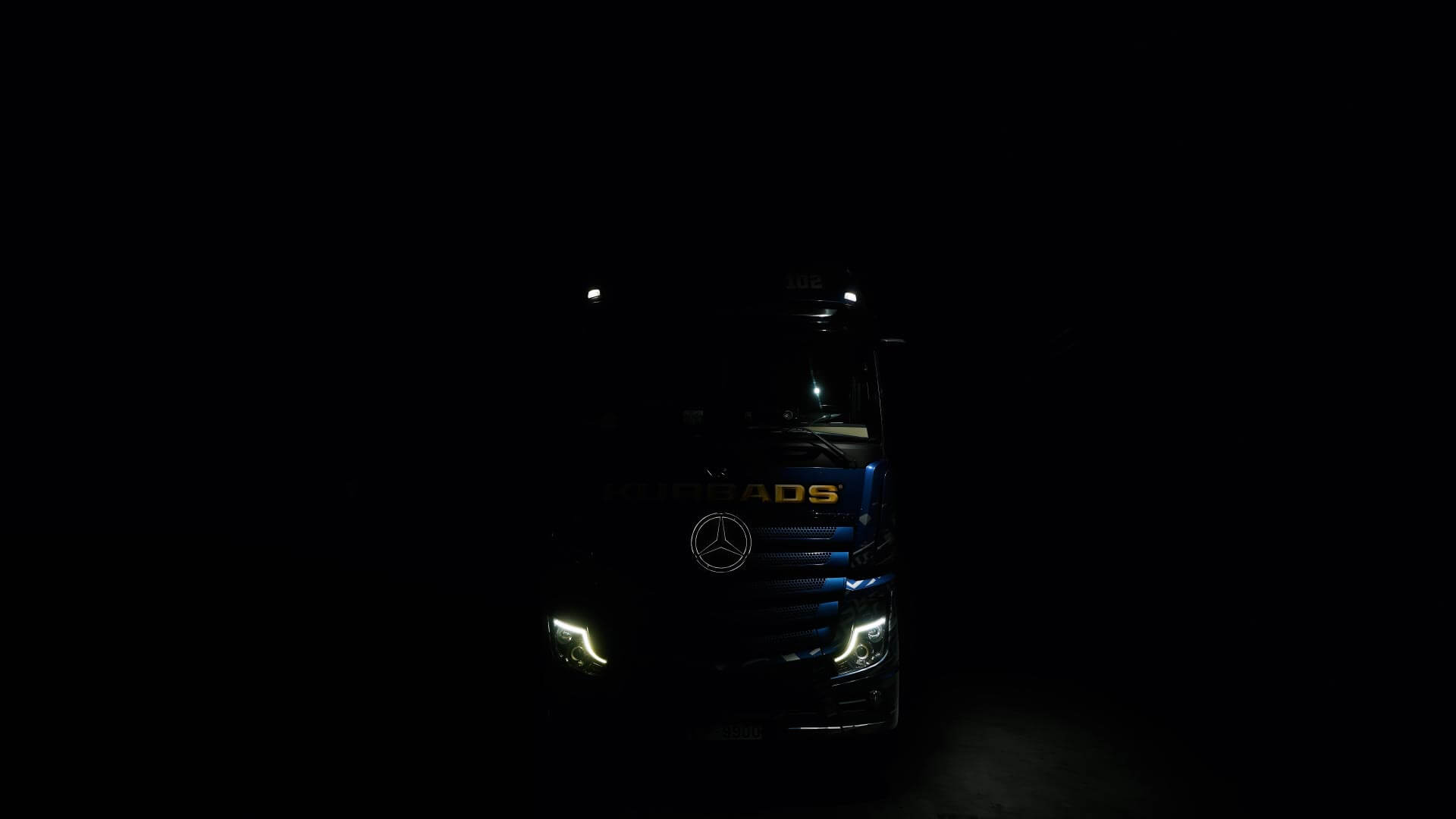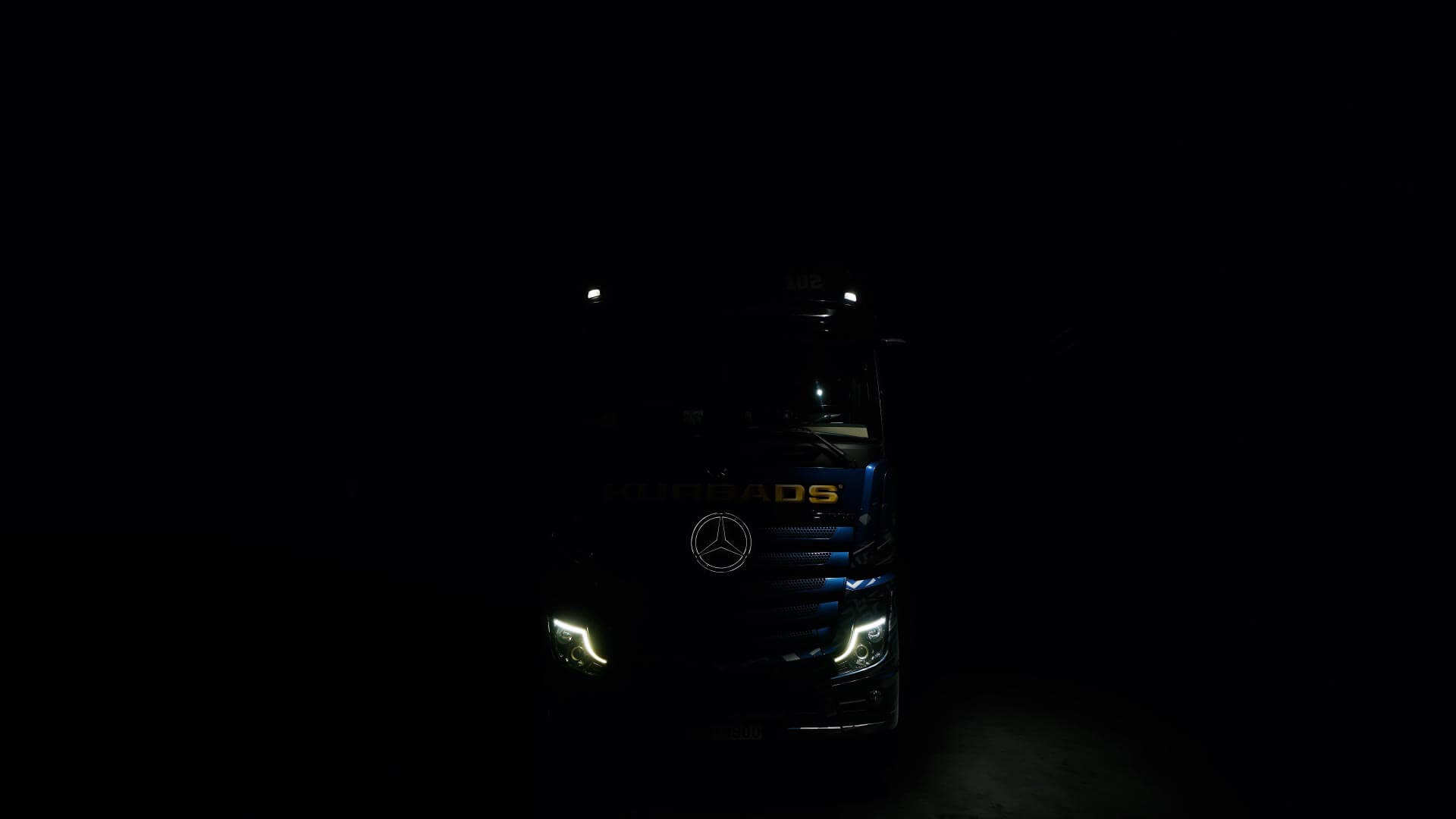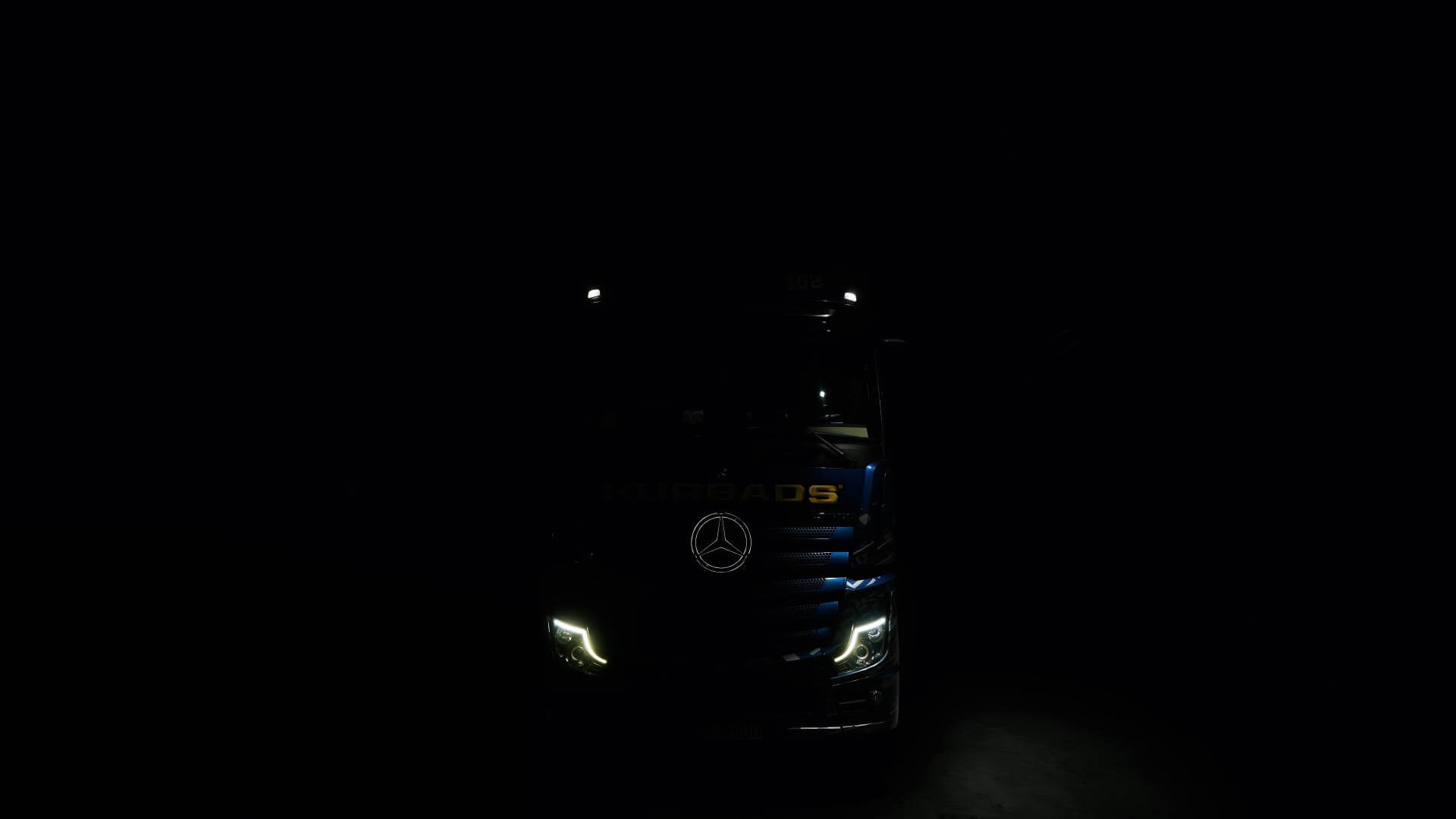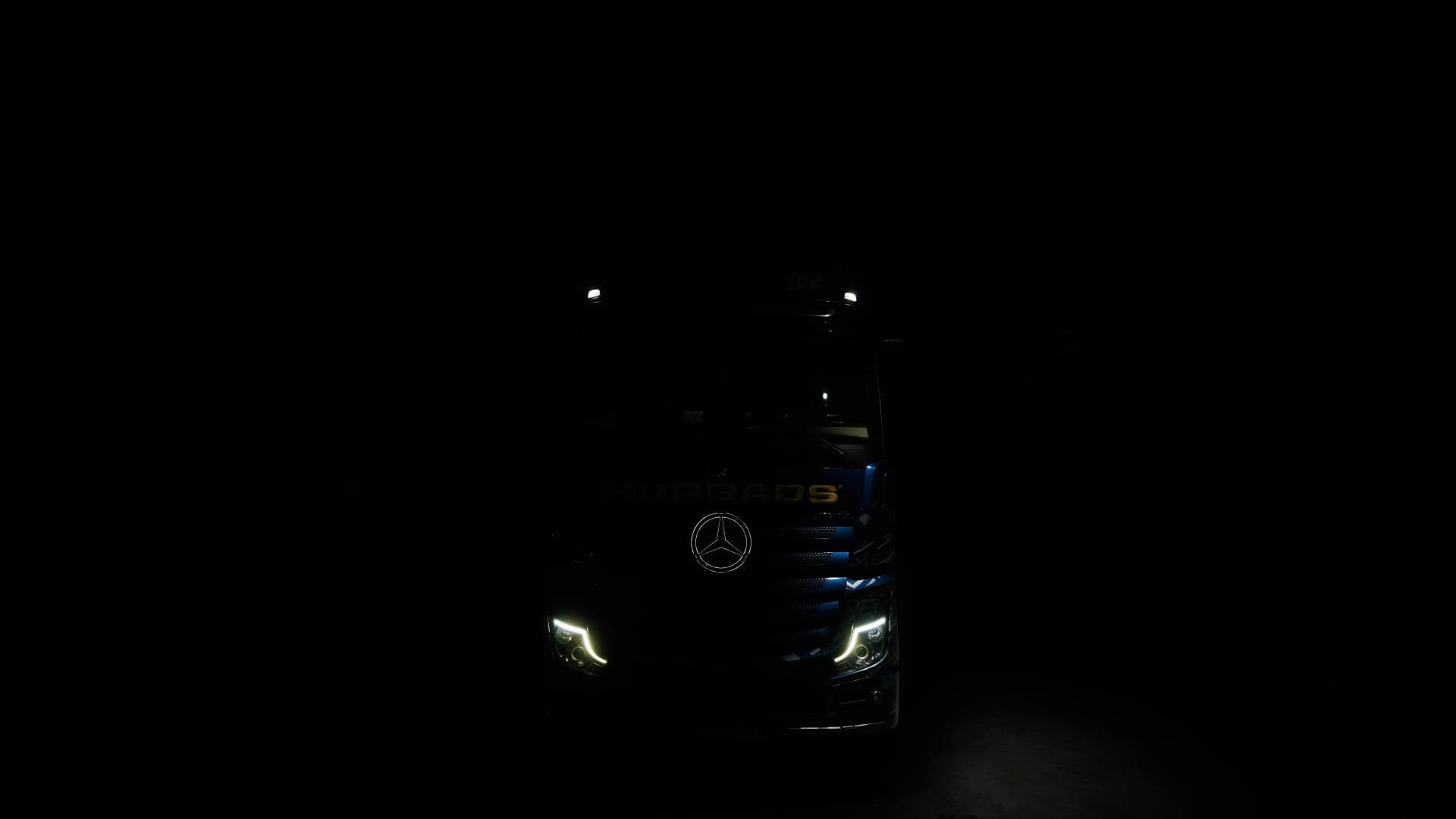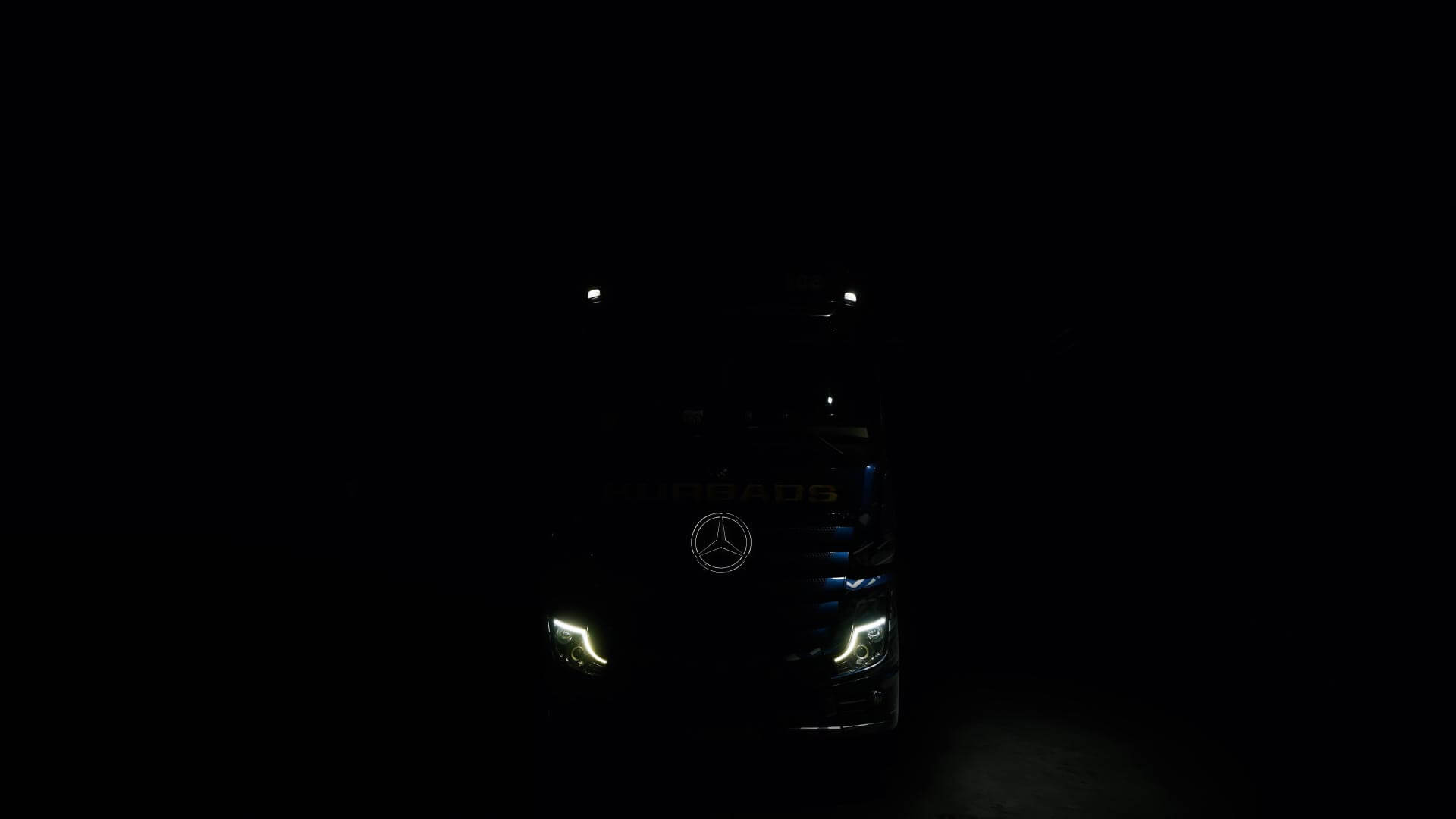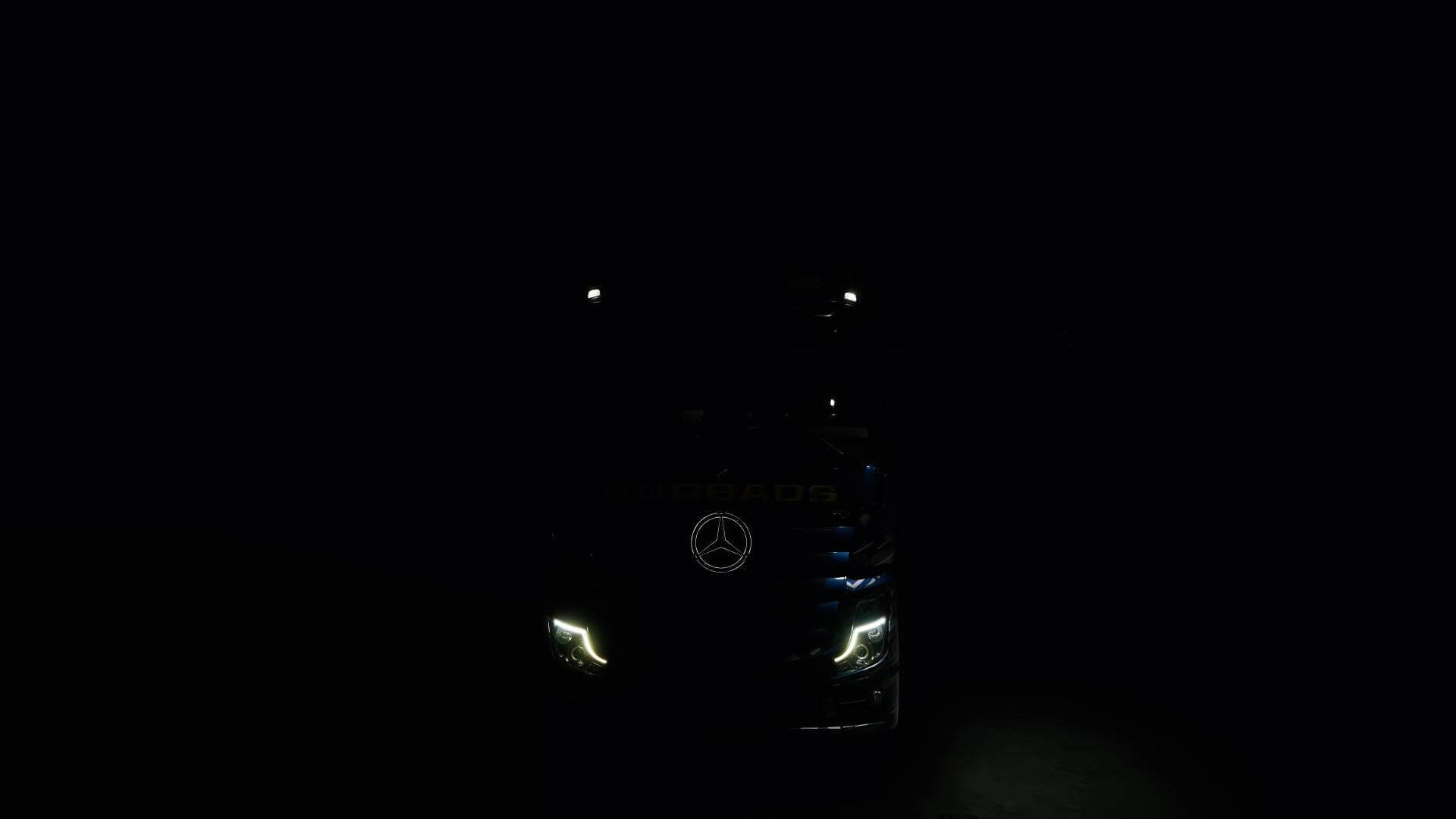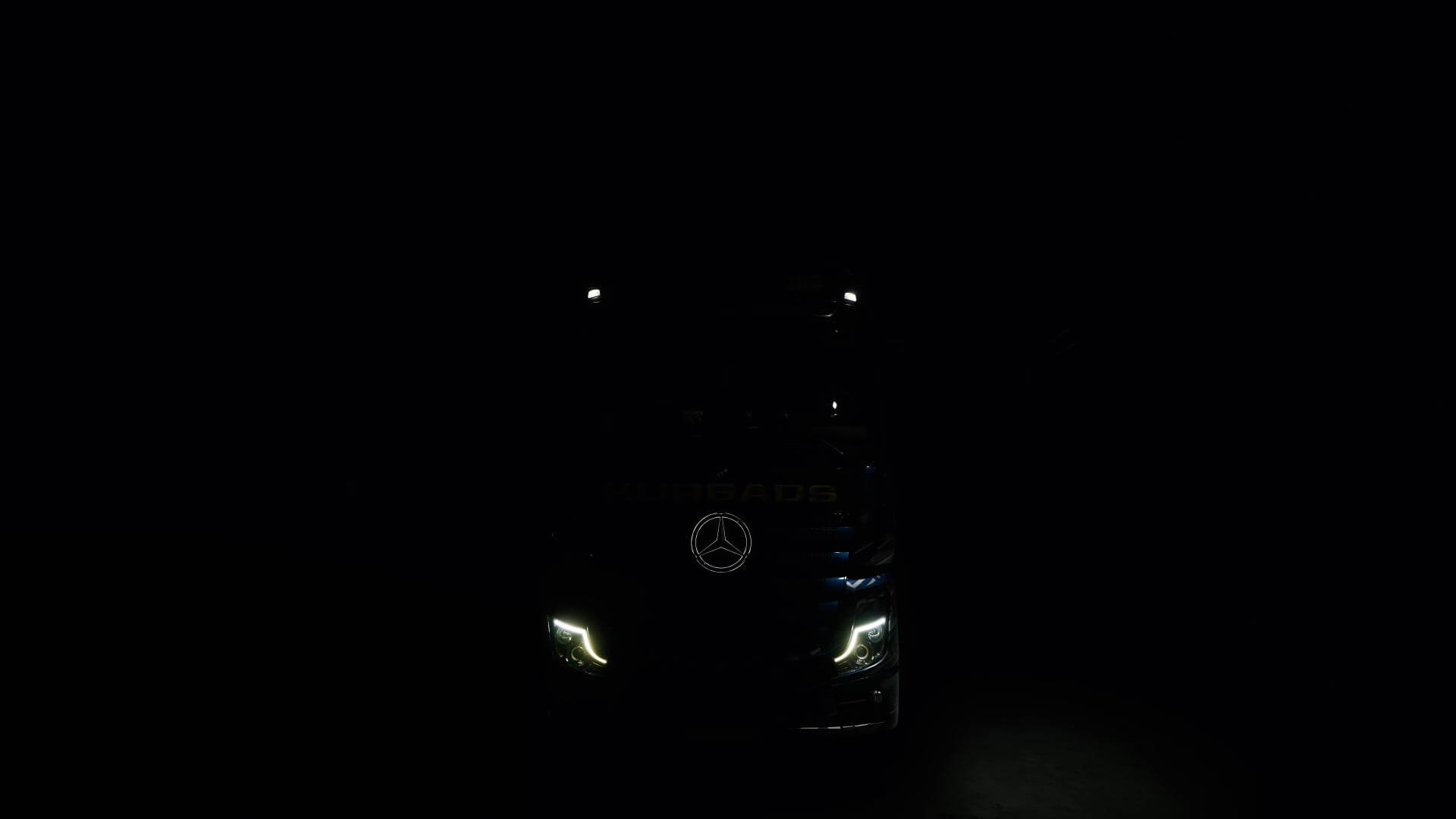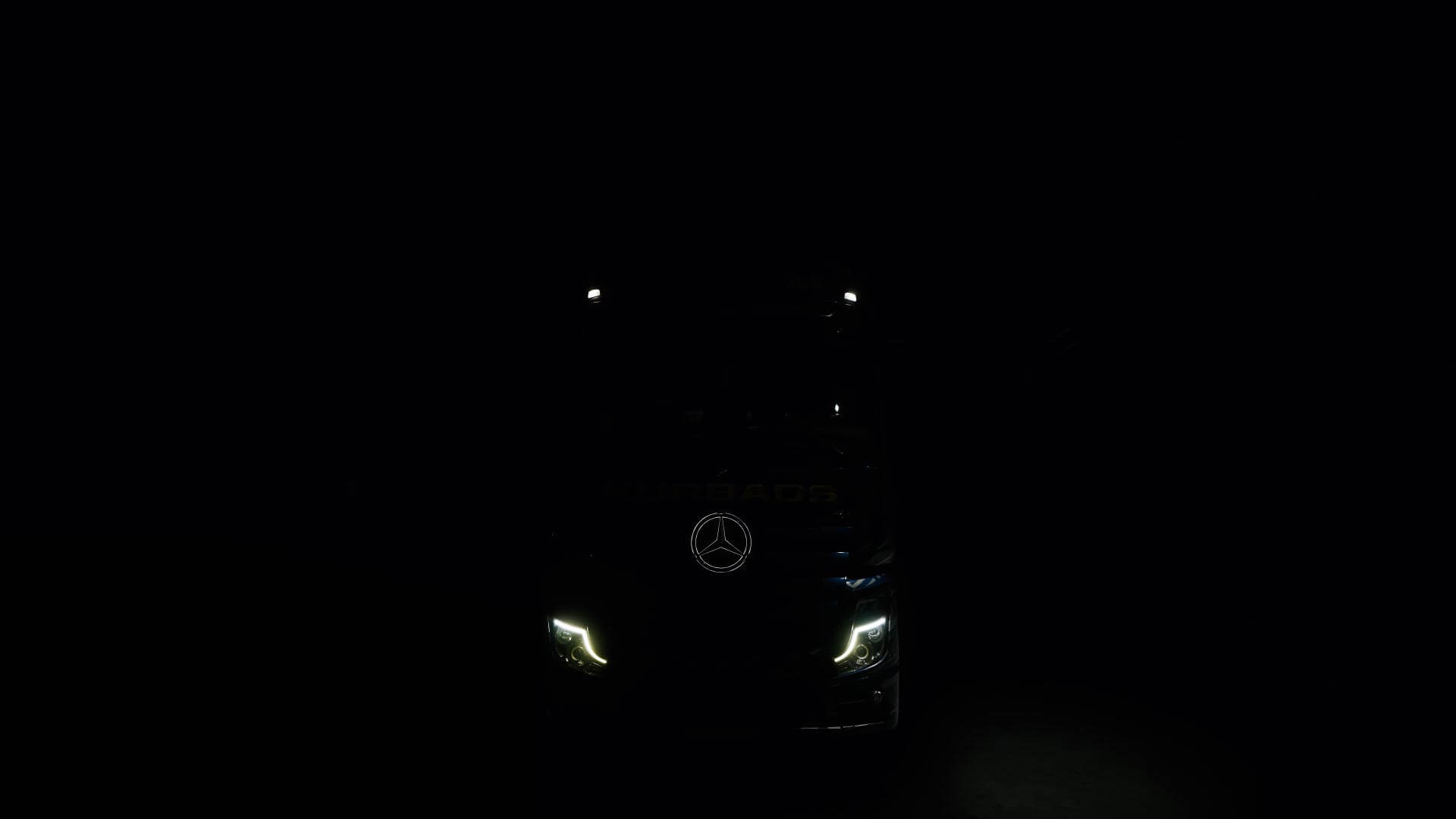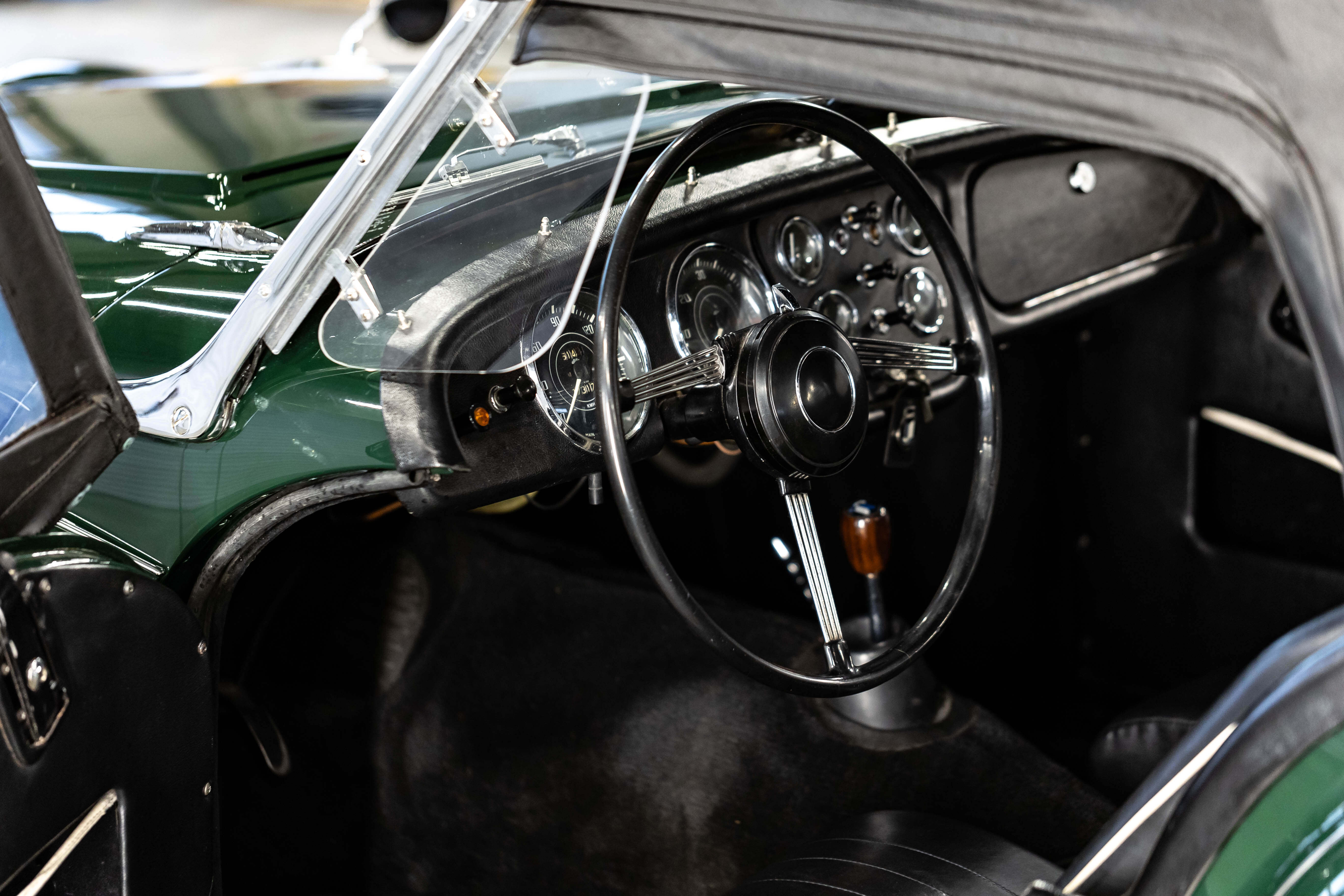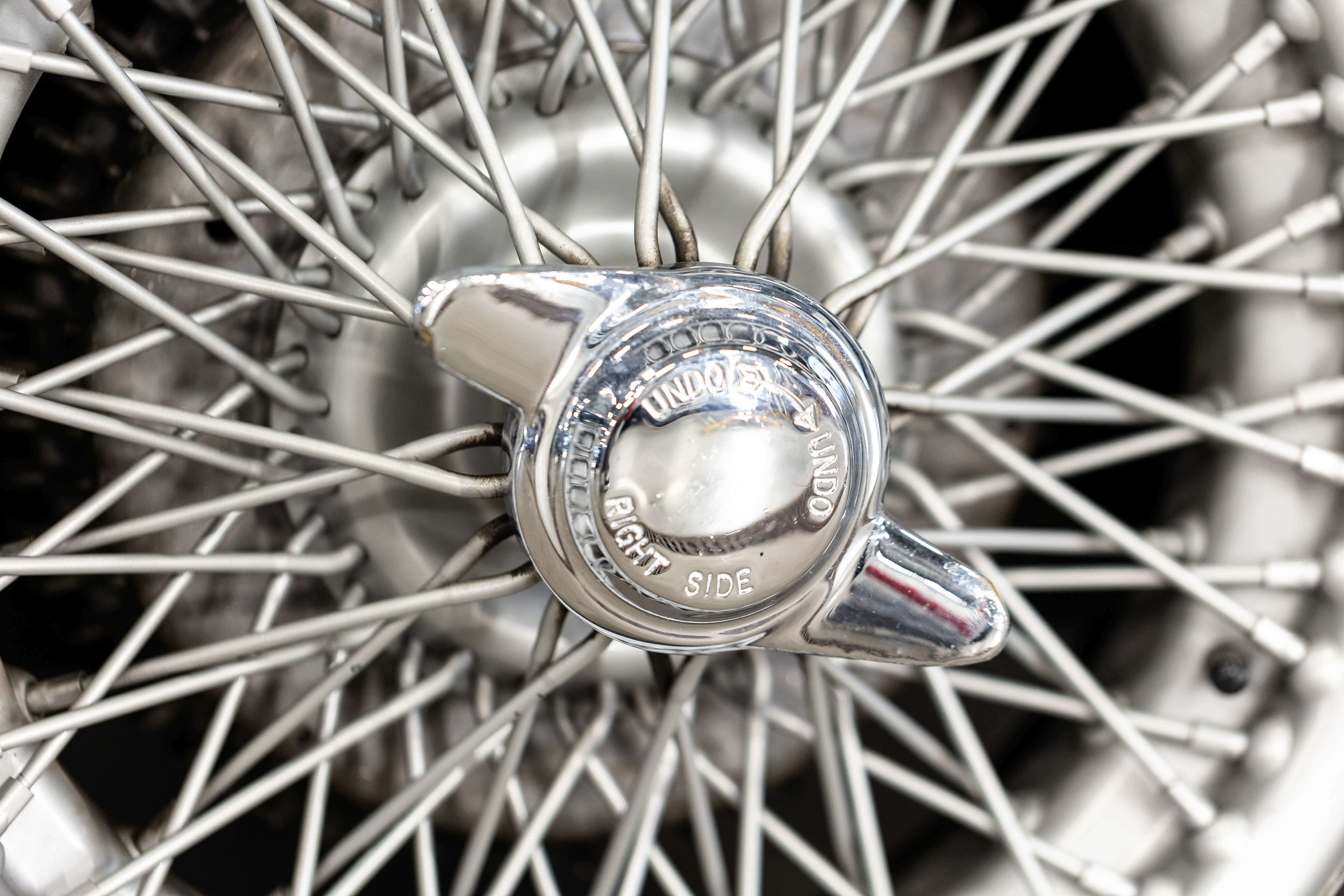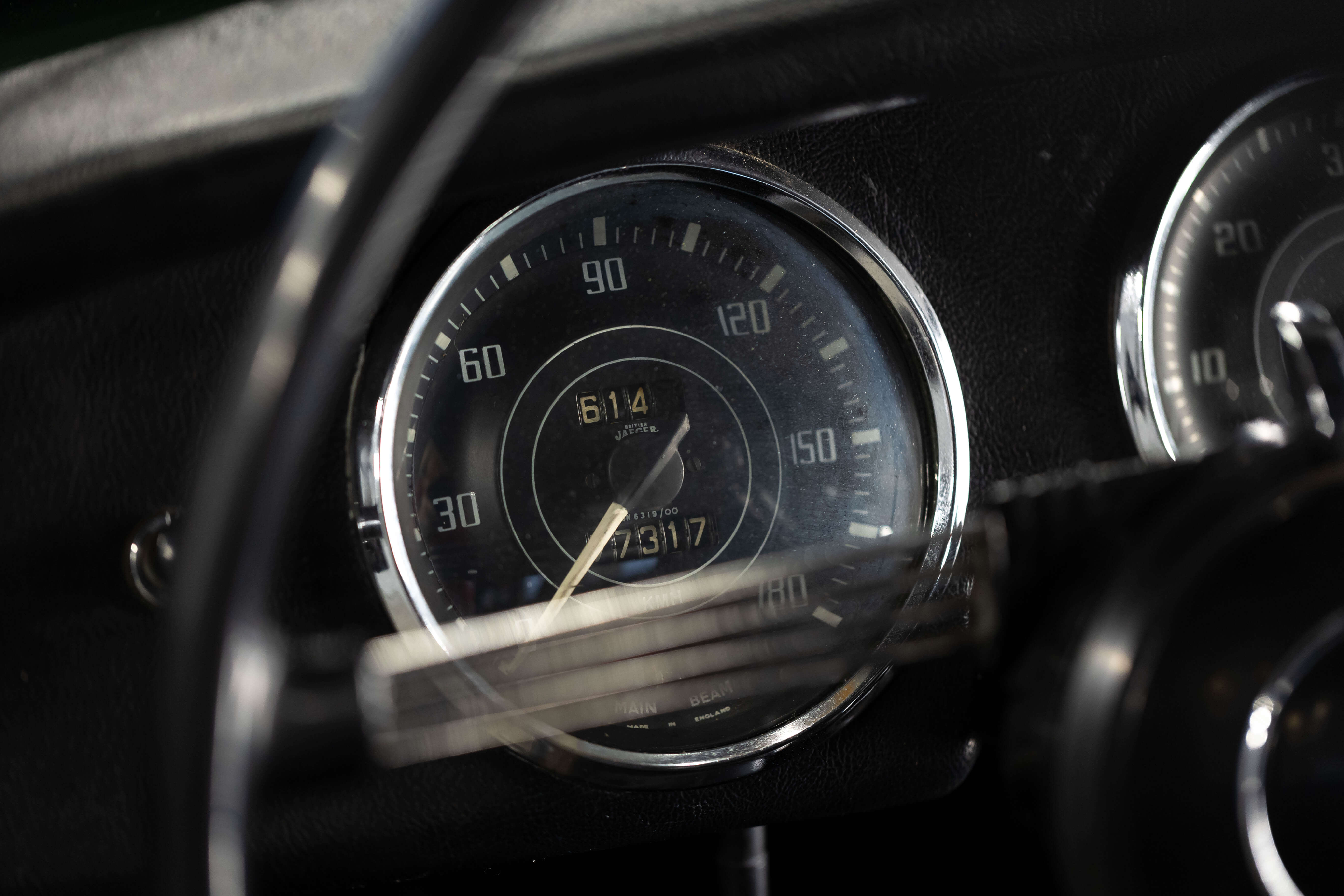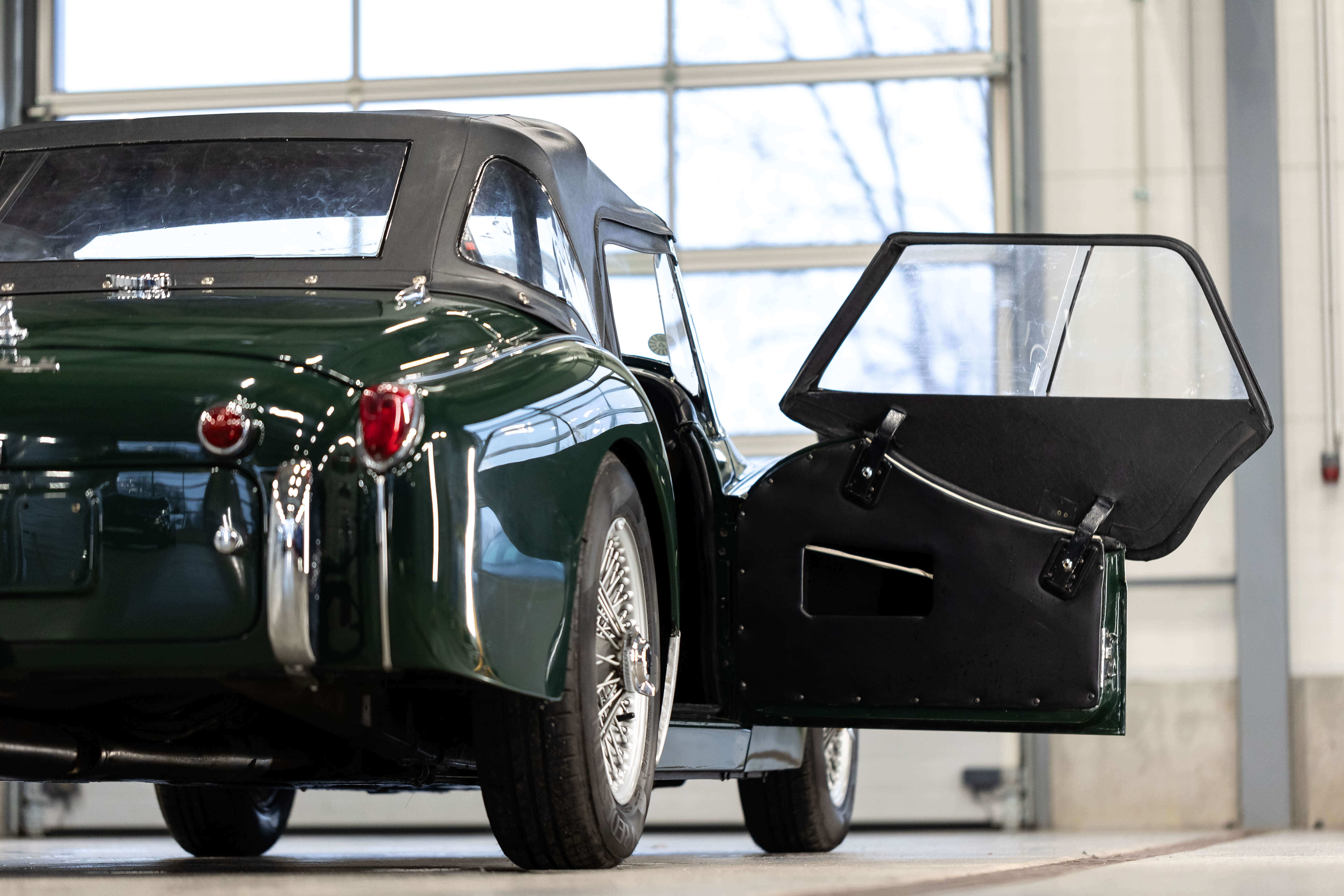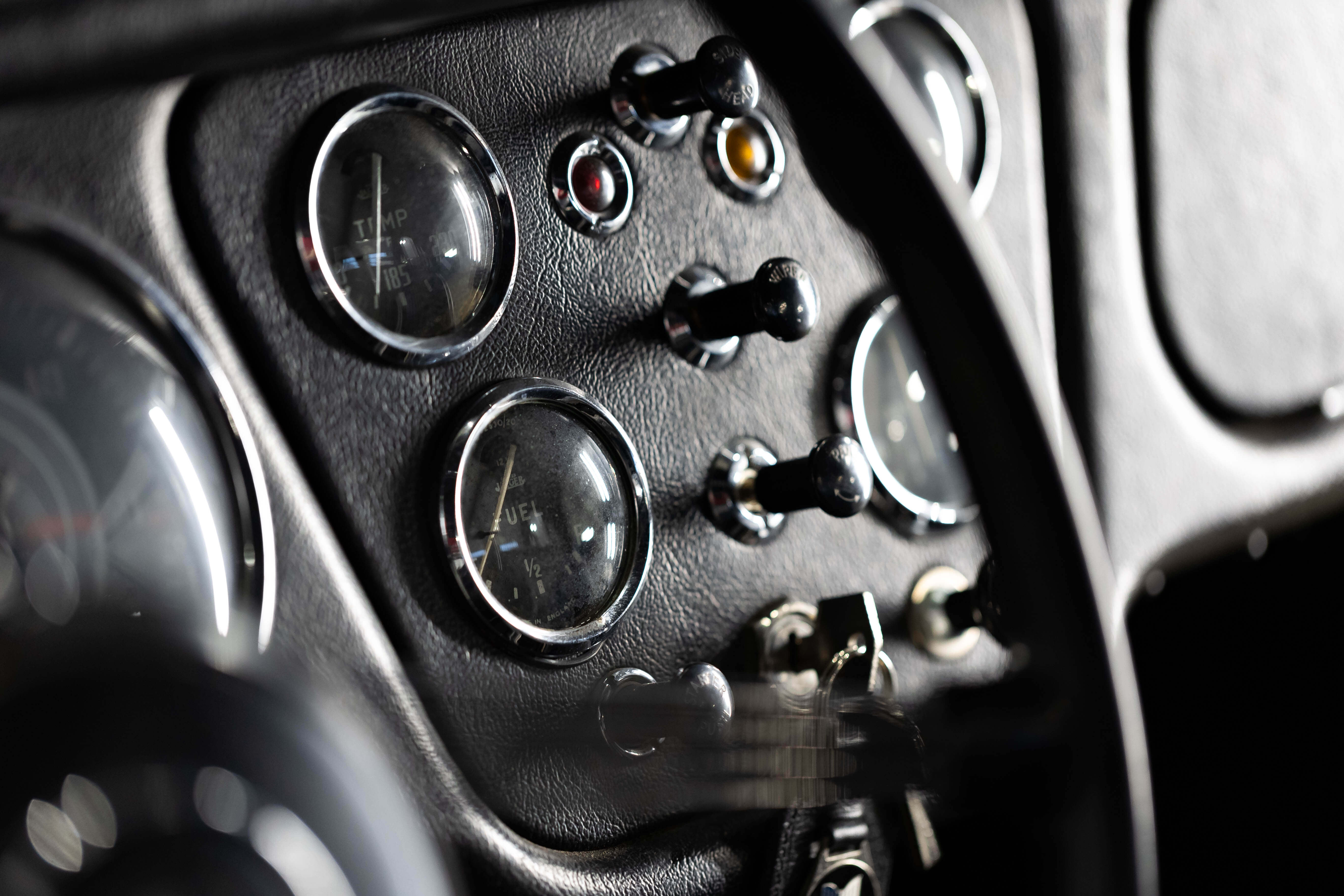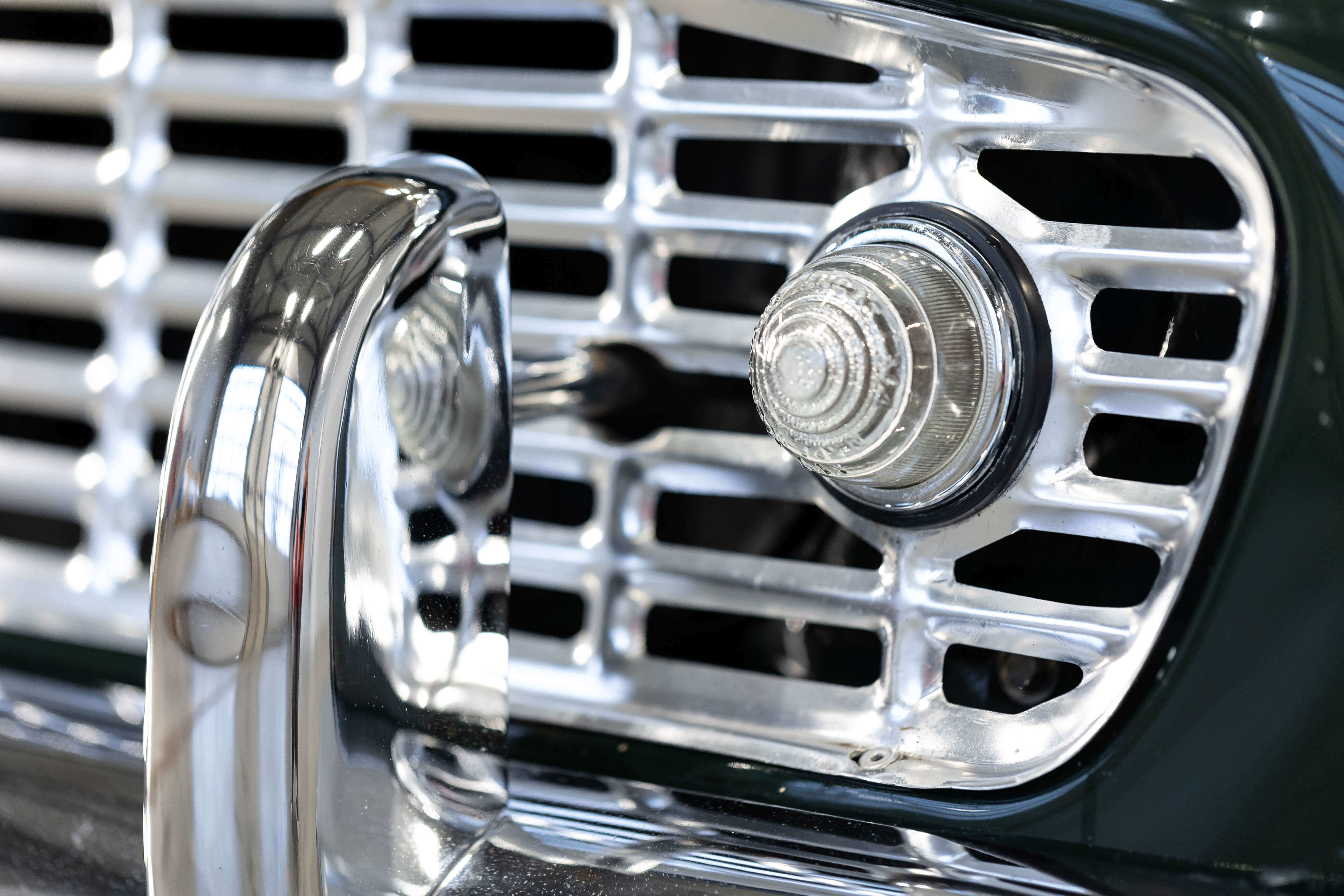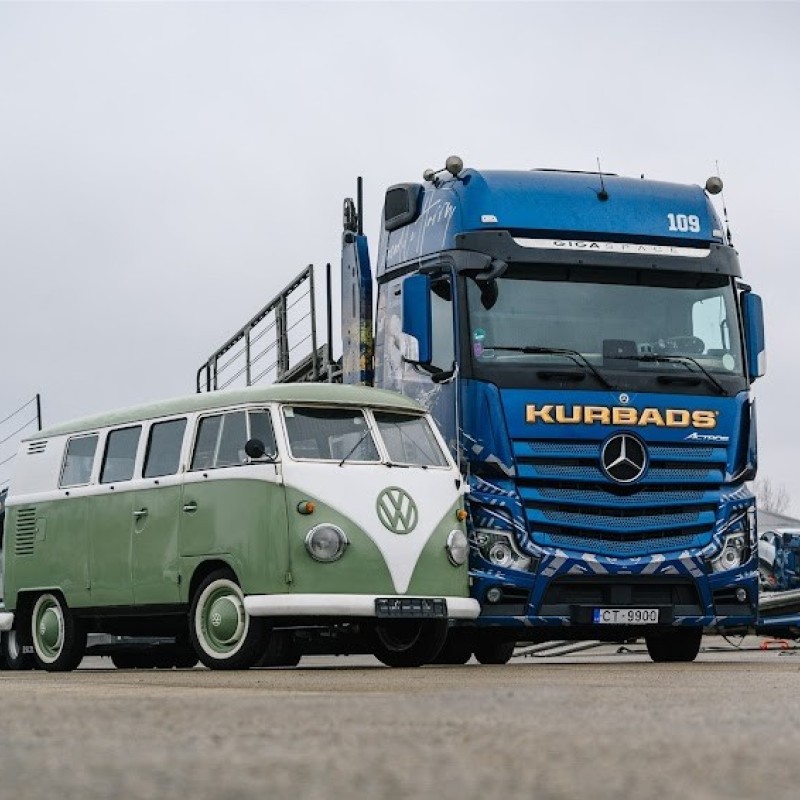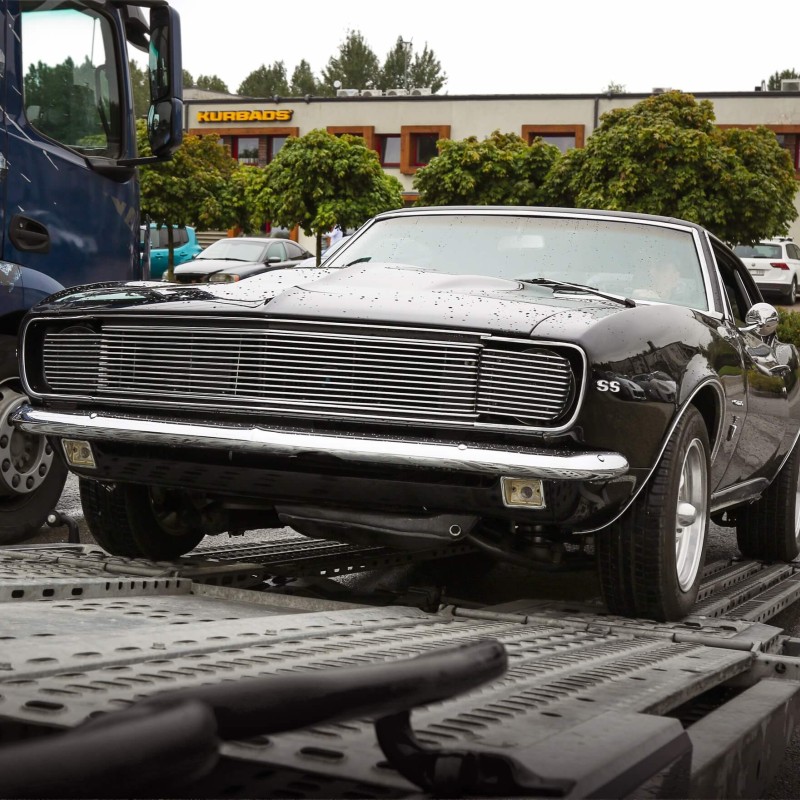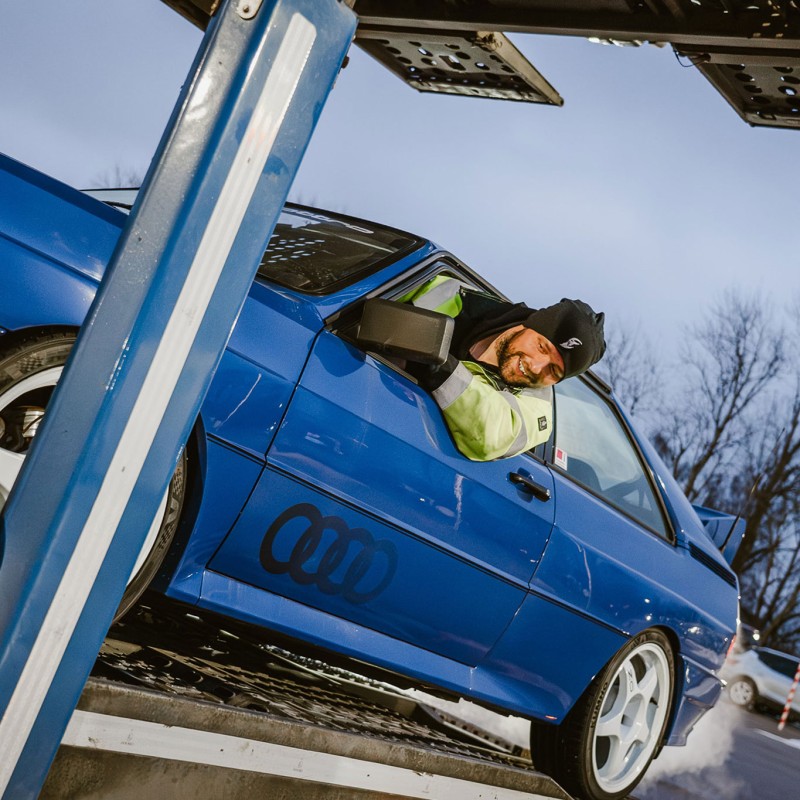Triumph TR3 – A British Recipe for the Perfect Roadster
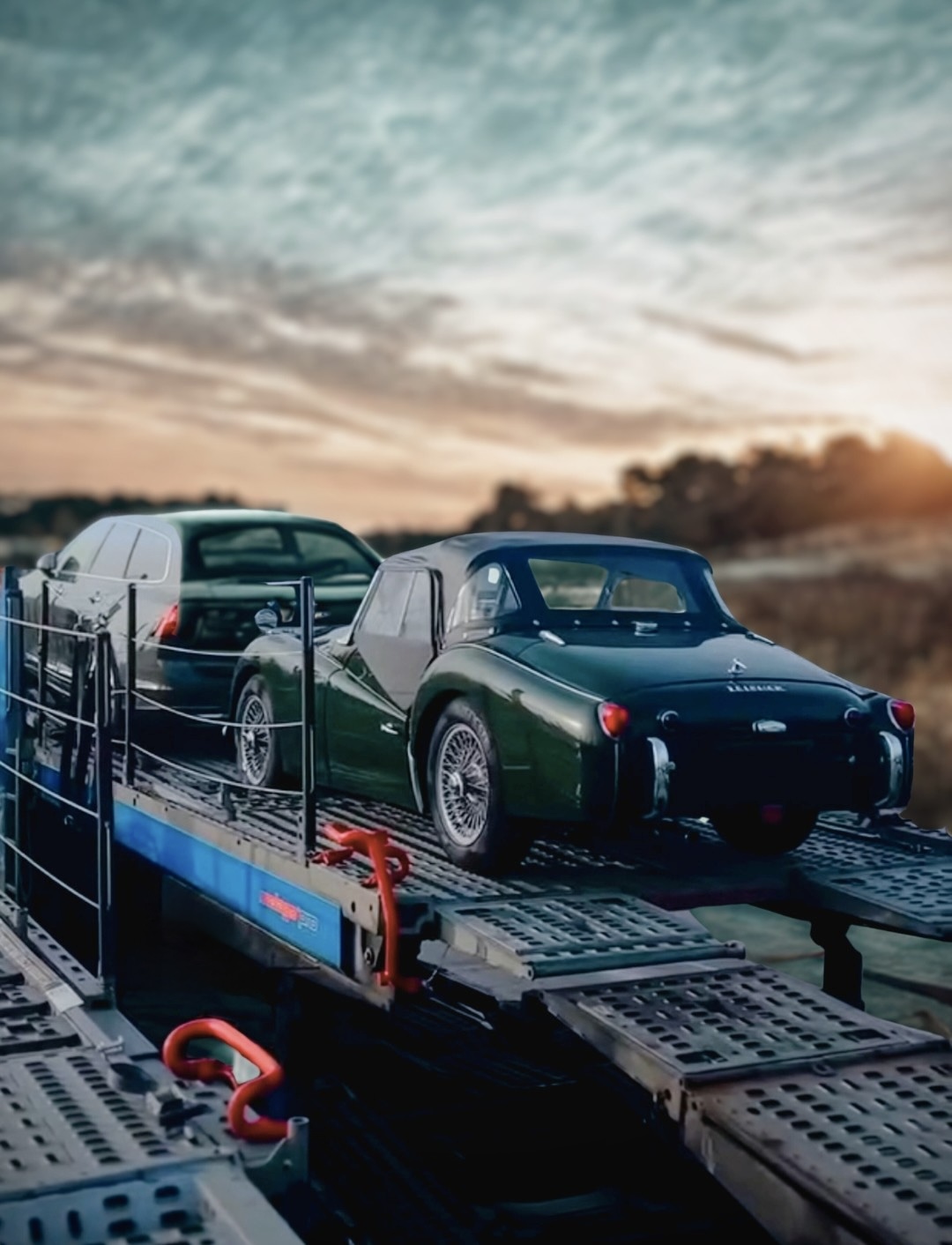
The TR3 is a two-seater open sports car produced between 1955 and 1962 by the British company Standard Motor Company, based in Coventry, England. "TR" stands for "Triumph Roadster" and eloquently ill m ustrates the founders' ambition to create a light and affordable sports car. It also reflects the determination of Standard-Triumph director Sir John Black to enter the modern sports car market by replacing the outdated Standard Roadster. During his brief career at the helm of Standard-Triumph, Black even attempted to take over the well-known Morgan Motor Company. When that failed, he teamed up with British Motor Company engineer and test driver Ken Richardson to create a prototype using a shortened chassis from the Standard Eight compact model and a 2-litre engine from the larger Standard Vanguard. The prototype – known as both 20TS and TR1 – revealed several significant design flaws, and so a revised production model was urgently prepared and released in 1953 under the name TR2.
Two years later, Standard-Triumph launched a more powerful version with a differently designed grille, a special GT version, improved brakes, and other refinements – this became the Triumph TR3. But it still wasn't the roadster you see in the pictures.
The TR3 remained a straightforward car with a conventional ladder frame, an engine from a slow-moving street car, and suspension borrowed from the family-oriented Triumph Mayflower. In 1956, it became the first British production car fitted with disc brakes on the front wheels – a historically significant upgrade. While the 2-litre engine never exceeded 100 horsepower even in its best form, the light weight and price quickly made the TR3 popular among both amateur and professional racing drivers.
By the 1957 model year, the updates were so substantial that Triumph decided to rename it TR3A. Externally, it was recognizable by a full-width grille – just like the one in the images. This particular example dates from 1960, featuring details like bolted windscreen mounts, external door handles (absent in earlier models), a lockable trunk handle, and other changes. From 1959 onward, Triumph also offered the TR3 with a larger 2.2-litre engine, although this particular car is equipped with the original 2-litre version.
A small step for the suspension, a giant leap in roadster history
Though the TR3 was built from parts sourced from other models, the car featured a surprisingly advanced suspension for its time. Double-wishbone A-arms with bronze-manganese trunnions guided the front wheels. A stabilizer bar was optional. The worm-and-peg steering already had noticeable play in new cars, and this would typically worsen over time. The 48-spoke wheels were also optional, initially available in silver, body color, or chrome. Acceleration from 0 to 97 km/h (60 mph) took 12 seconds. While that may seem slow, it's important to remember that the TR3 had minimal suspension travel, and under spirited driving, the rear wheel could easily lift, leading to a sudden loss of grip.
The improved Triumph TR3A proved to be such a successful roadster that more than 58,000 units were built, of which about one-sixth – roughly 9,500 cars – have survived to this day. A piece of industry lore about the 1957–1962 model claims that due to unexpectedly high production volumes, the original body panel press tools wore out and had to be replaced with new ones. Enthusiast websites suggest that around 74,800 TR3s were produced in total, including the so-called "swan song" model – the TR3B, which remained in production until 1962 and was sold alongside the newer Triumph TR4.

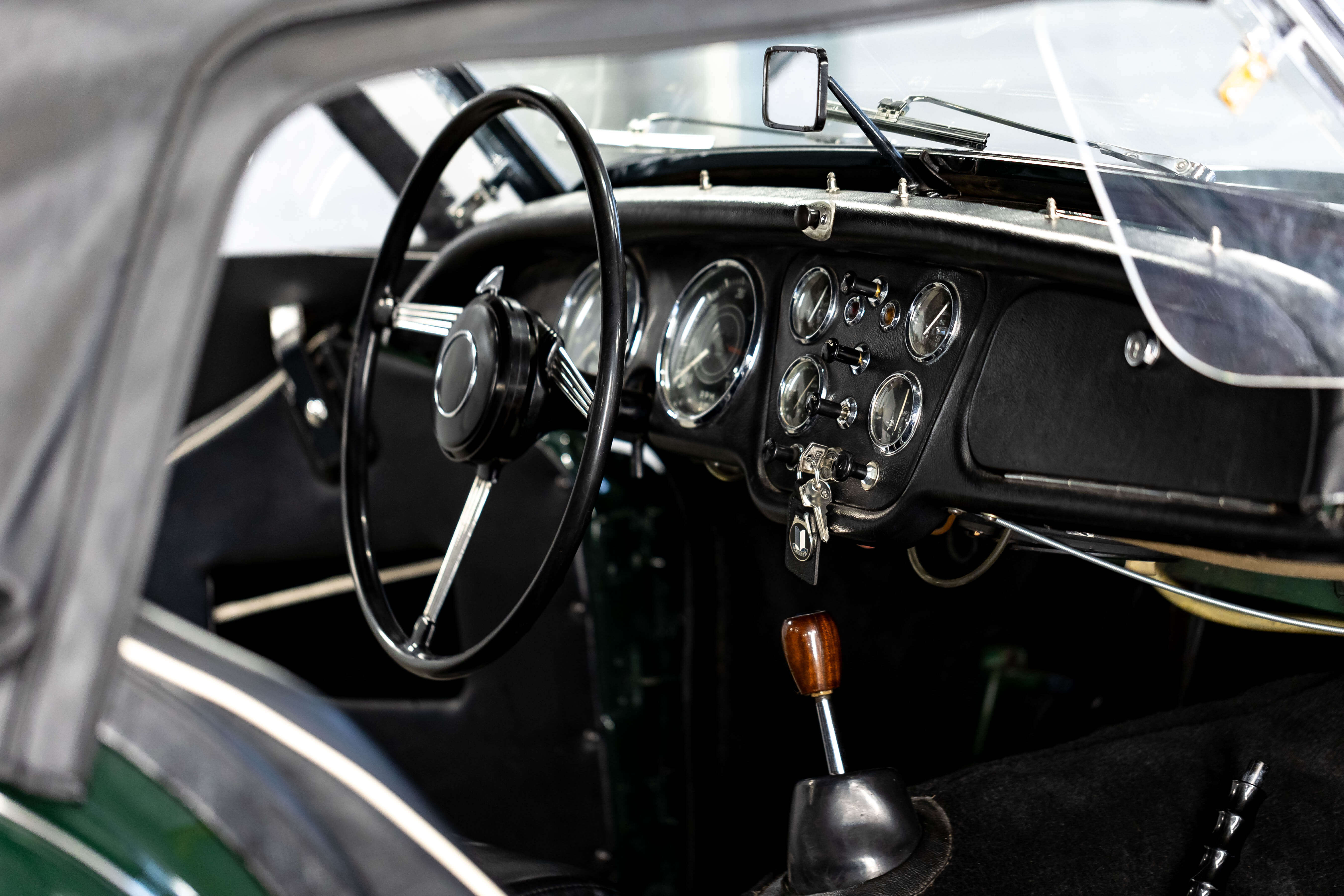
A British icon – known worldwide, driven in sunshine
Interestingly, the TR3 was not only produced at the SMC factory in Coventry but also in Belgium – in Liège and Mechelen – as well as from knock-down kits in Australia and South Africa. The Mechelen plant opened in 1961 and continued producing various Triumph models for the European market until 1975, long after the UK's 1973 accession to the European Economic Community was confirmed by referendum. The history of British automotive manufacturing in Belgium, including a former Land Rover facility, is featured in the extensive Autoworld Museum exhibit in Brussels.
From a driving and everyday use perspective, the Triumph TR3 is truly a fair-weather car. Like the conceptually similar Austin Healey 100, its bodywork is designed strictly for pleasant weather driving. The convertible top is little more than a snap-on tent. The doors are so low that the upper edge had to be padded to support the driver's elbow. Their small size meant that early TR3s only had interior door handles – saving entirely on external handles. The heater is so weak it's better to assume it doesn't exist.
A car that can be a dream… or a dream to repair
Because the TR3 is mechanically simple and still relatively accessible, it remains one of the more affordable classic sports cars. Depending on year, configuration, and condition, prices range from €15,000 to €50,000. A concours-level car may sell for around €40,000, while a project car destined to exile you to the garage indefinitely can be had for as little as €8,000. The biggest issue is rust – nothing in the vehicle was galvanized, and it was designed strictly for dry conditions. Water drainage channels tend to clog, leading to moisture buildup in the sills and front fenders. The same goes for cabin and rear panel durability.
The chassis itself is relatively rust-resistant, so rust in unusual places or irregular weld points may indicate previous damage from a crash. This is not a car to buy with your eyes alone – fresh paint and shiny chrome are cheap, but a body not bonded to the chassis, or suspiciously new paint hiding deformities, can mean costly disappointment. The same applies to imports from the US – not all states are as dry as the Atacama Desert.

The engine and four-speed gearbox are usually the least of your worries, since the exact same setup was once fitted not only to Standard Vanguard cars but also to Ferguson tractors. Smoke and noise may not be very encouraging, but they’ll help you knock down the price – and there’s nothing inside a Triumph engine that can’t be repaired. Spare parts are plentiful, and in a worst-case scenario, you can get a replacement engine with gearbox for €3,000–5,000.
While the 2.2-litre engine was only standard on the 1962 TR3B, it’s definitely worth seeking out – the extra torque is a highly valuable bonus. The gearbox features synchronizers from second to fourth gear, which naturally wear down over time, but even the transmission is easy to repair or completely rebuild.
Some TR3s came with an electric overdrive, indicated by the letter “O” in the chassis number. It’s great if it works, but if it doesn’t, it’s not the end of the world. The same goes for the suspension and brakes. The braking components tend to wear quickly but are readily available. However, poorly lubricated suspension joints can become a significantly more costly issue. It’s also worth noting that earlier TR3s were later upgraded with front disc brakes and rear telescopic shock absorbers, which may confuse when ordering parts based on the chassis number.
Ironically, the most expensive item in the cabin is the one you usually don’t even see – the folding soft top. Its restoration, especially when paired with the original side curtains, can surpass most other items in terms of both time and cost.
This particular collector car was delivered with the support of the Kurbads logistics team and, following transport, was entrusted to the Kurbads Detailing Centre for secure storage.
The Detailing Centre offers premium storage solutions for exclusive vehicles, featuring high-end security systems, climate control, and professional monitoring. Custom care solutions are also available – including transportation, cleaning, maintenance, and preparation for exhibitions, events, or sale – tailored to each client’s needs.
All in all, the Triumph TR3 is a handsome, enjoyable, and relatively easy-to-maintain roadster from the golden era of British sports cars. It’s more affordable and less complex than its Italian contemporaries and, while it might not have the same racing pedigree as the Austin Healey 100, it remains a cherished piece of history that turns heads and earns friendly waves every time it hits the road.























